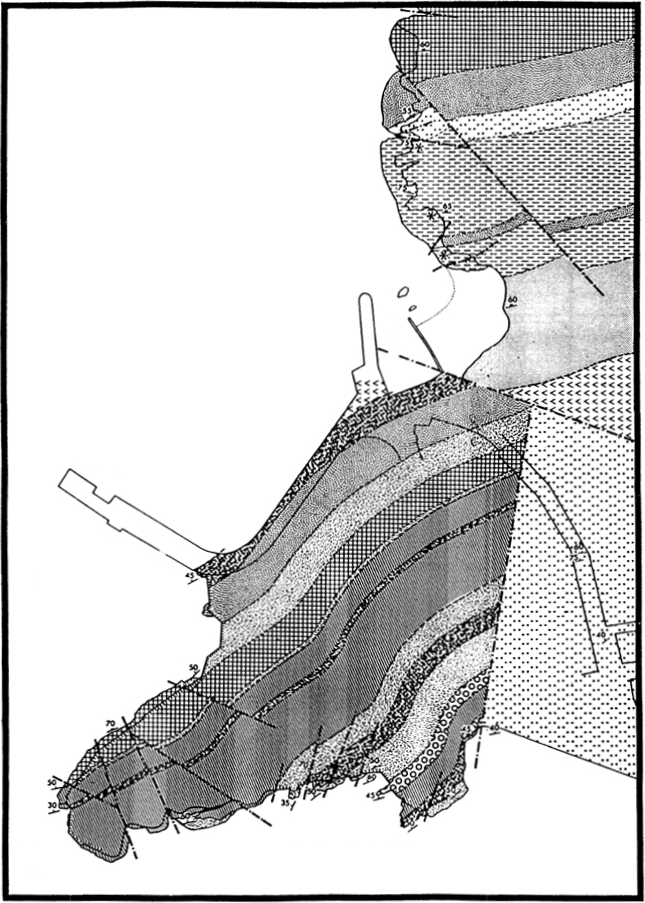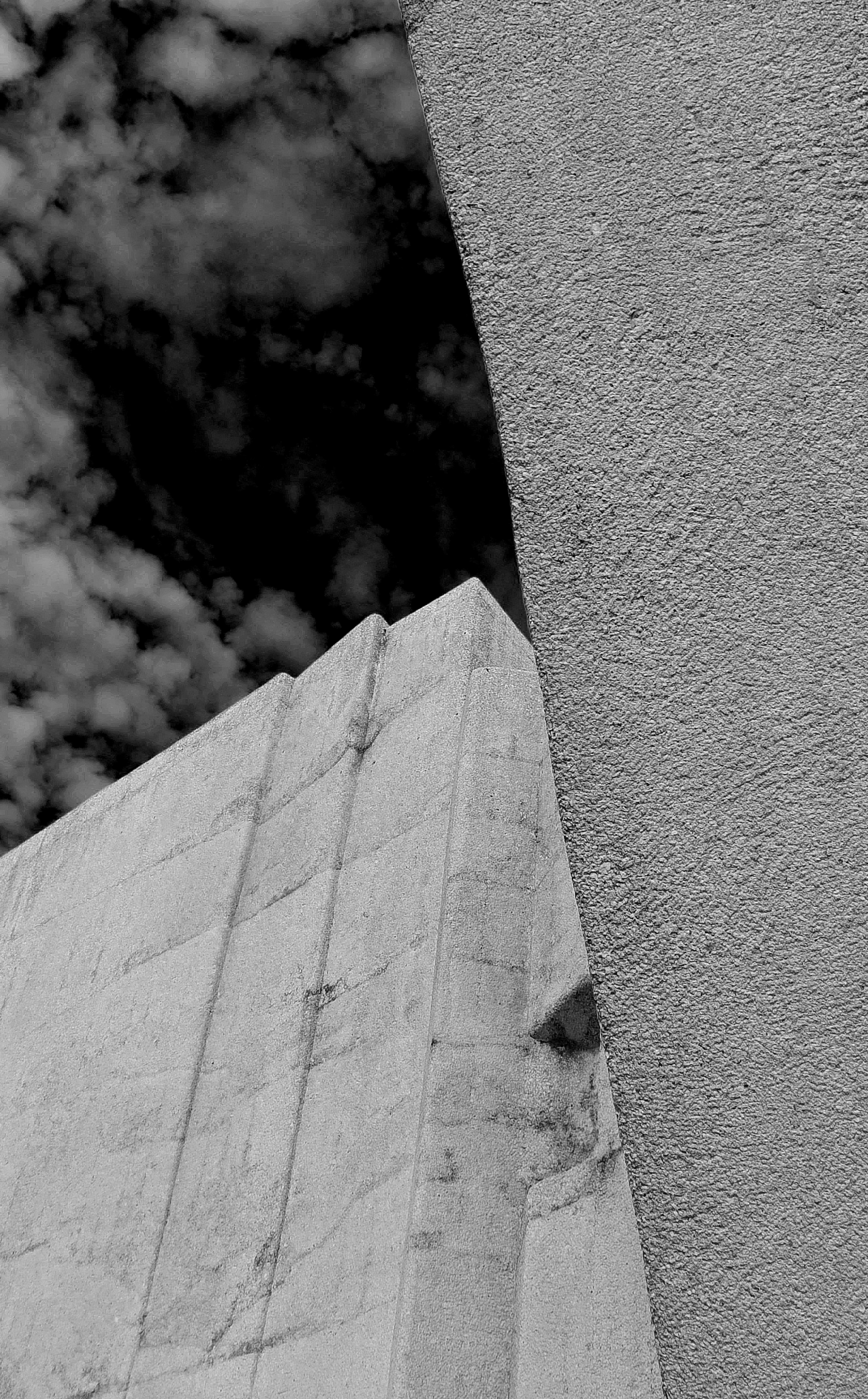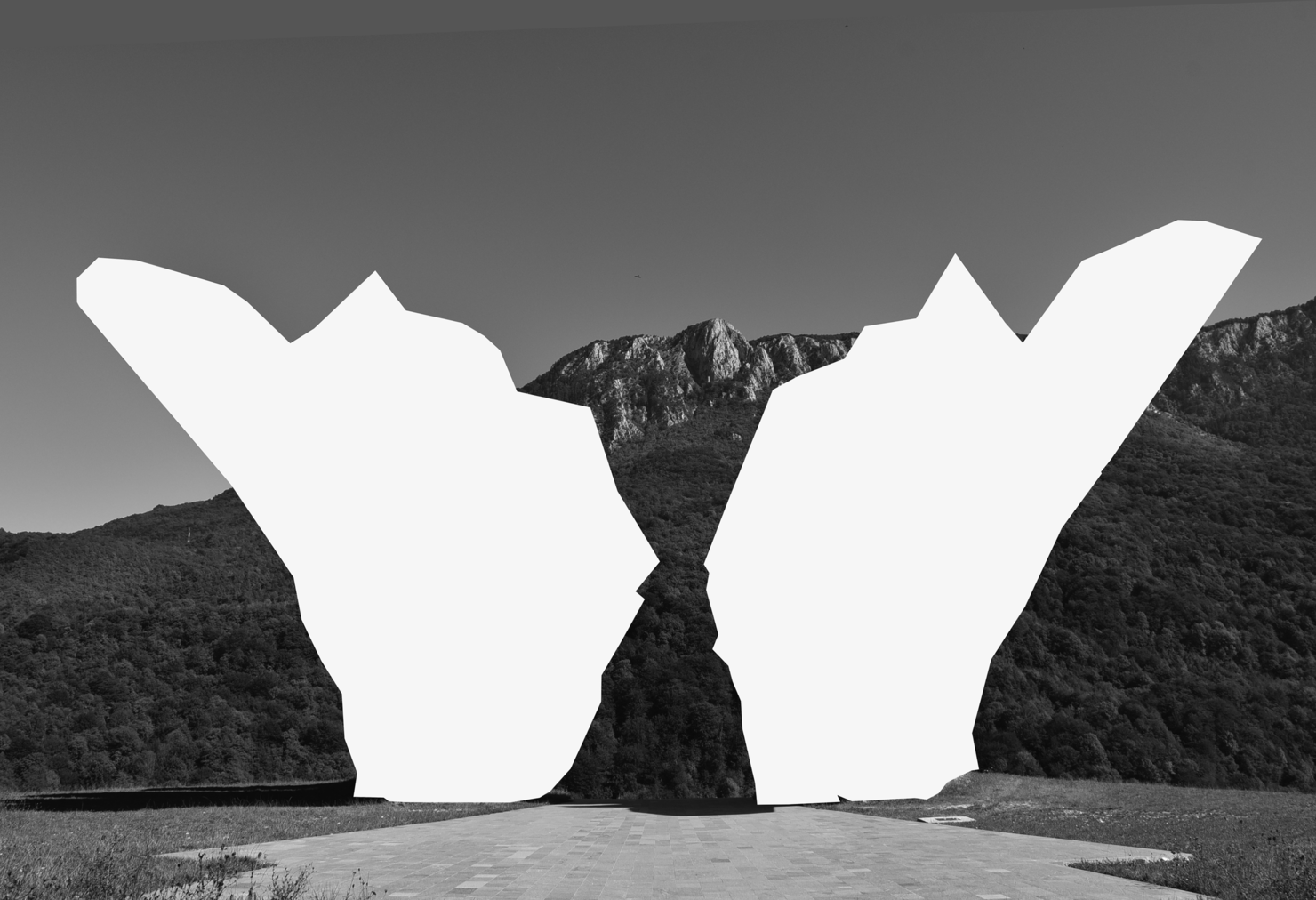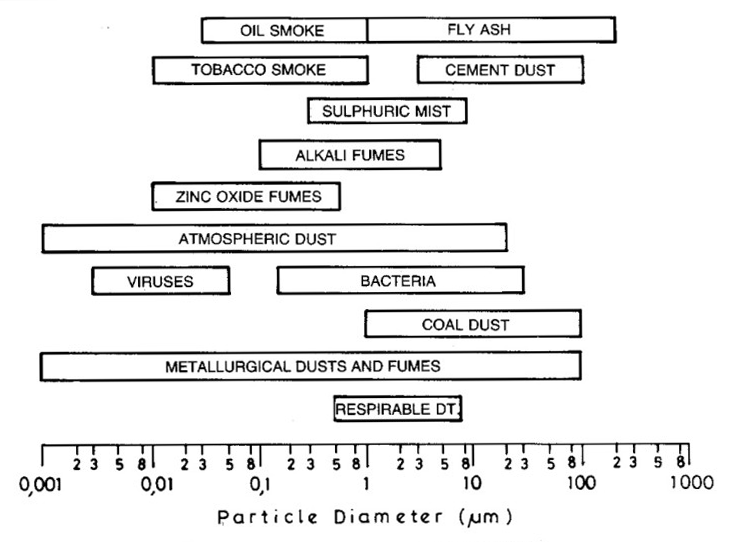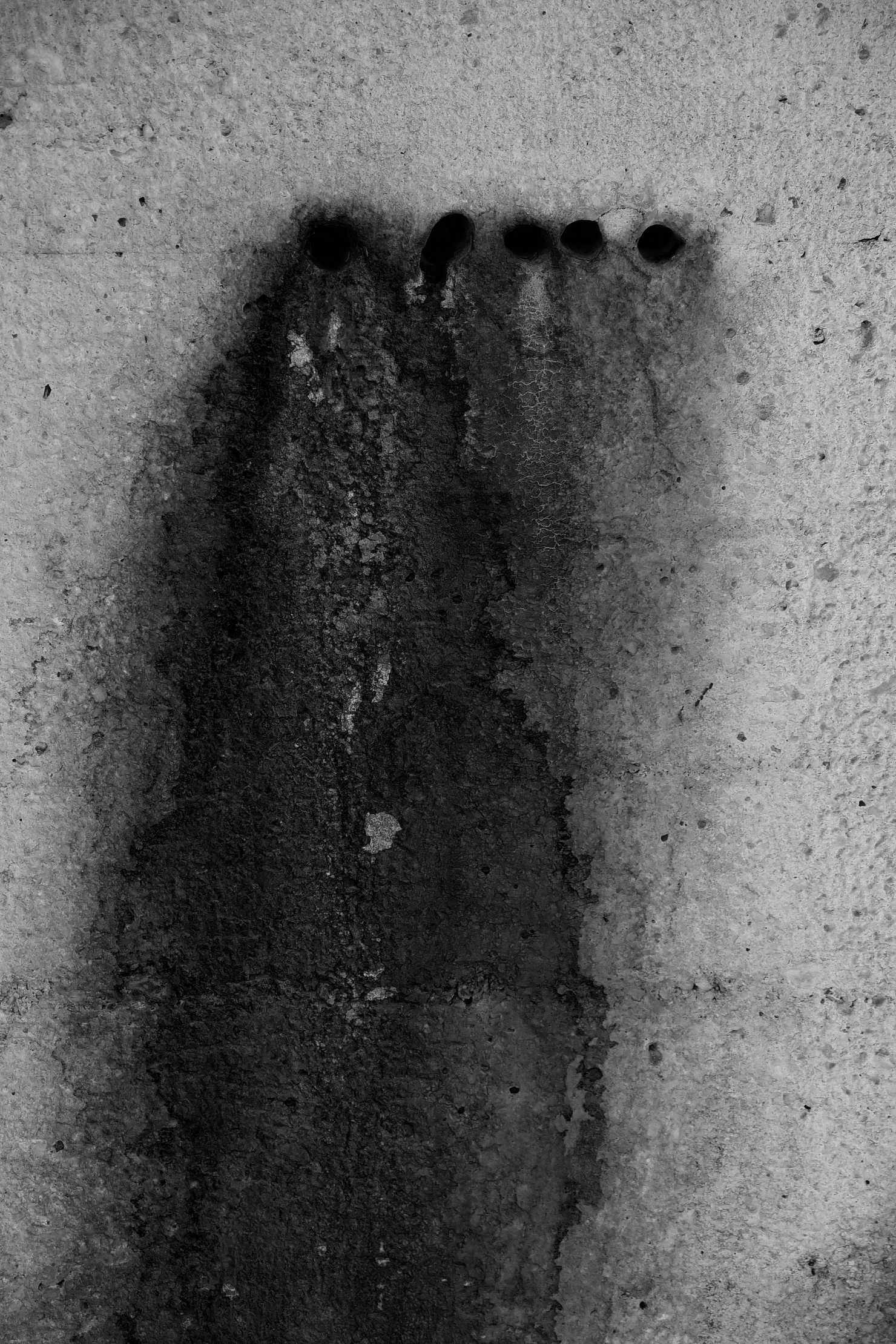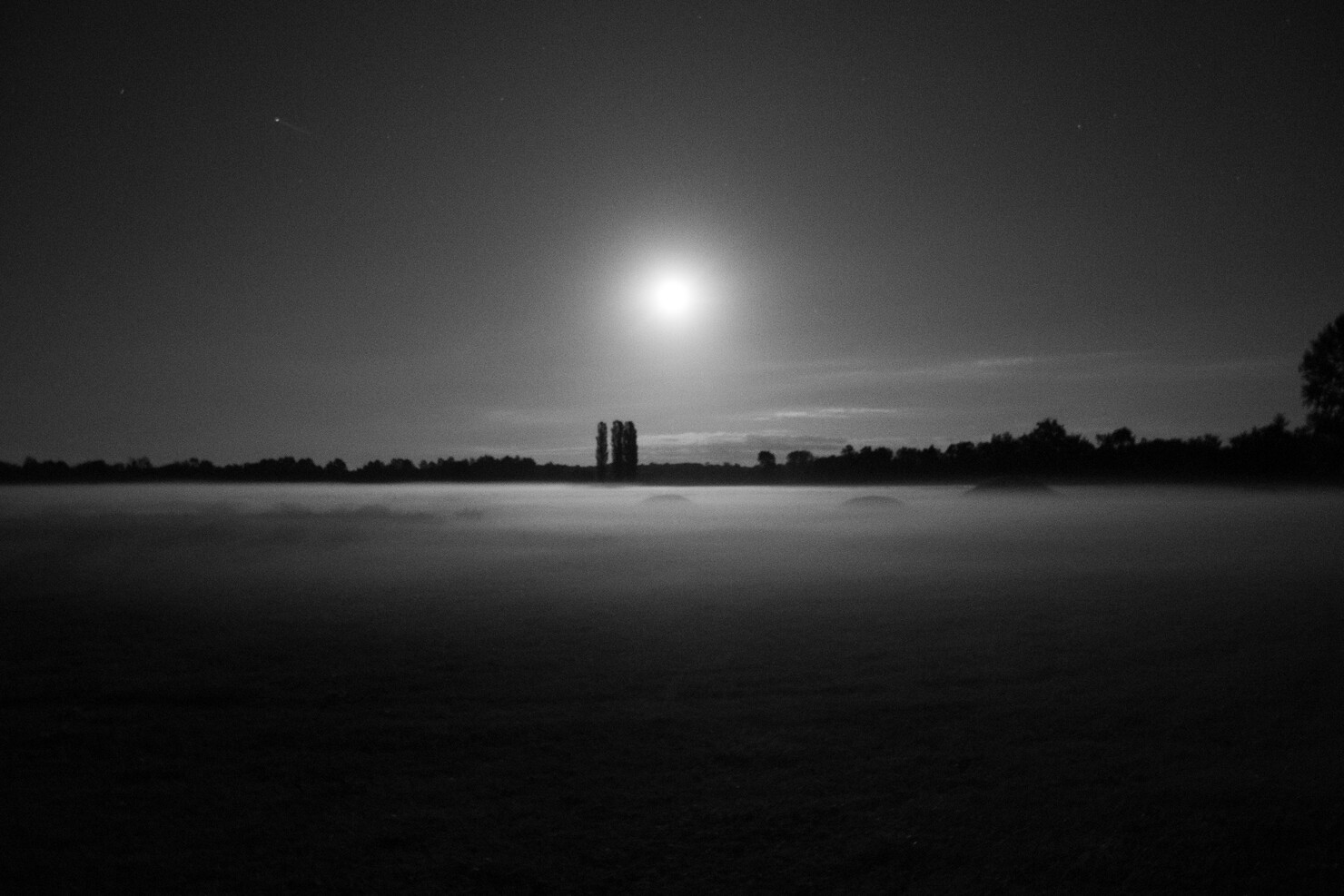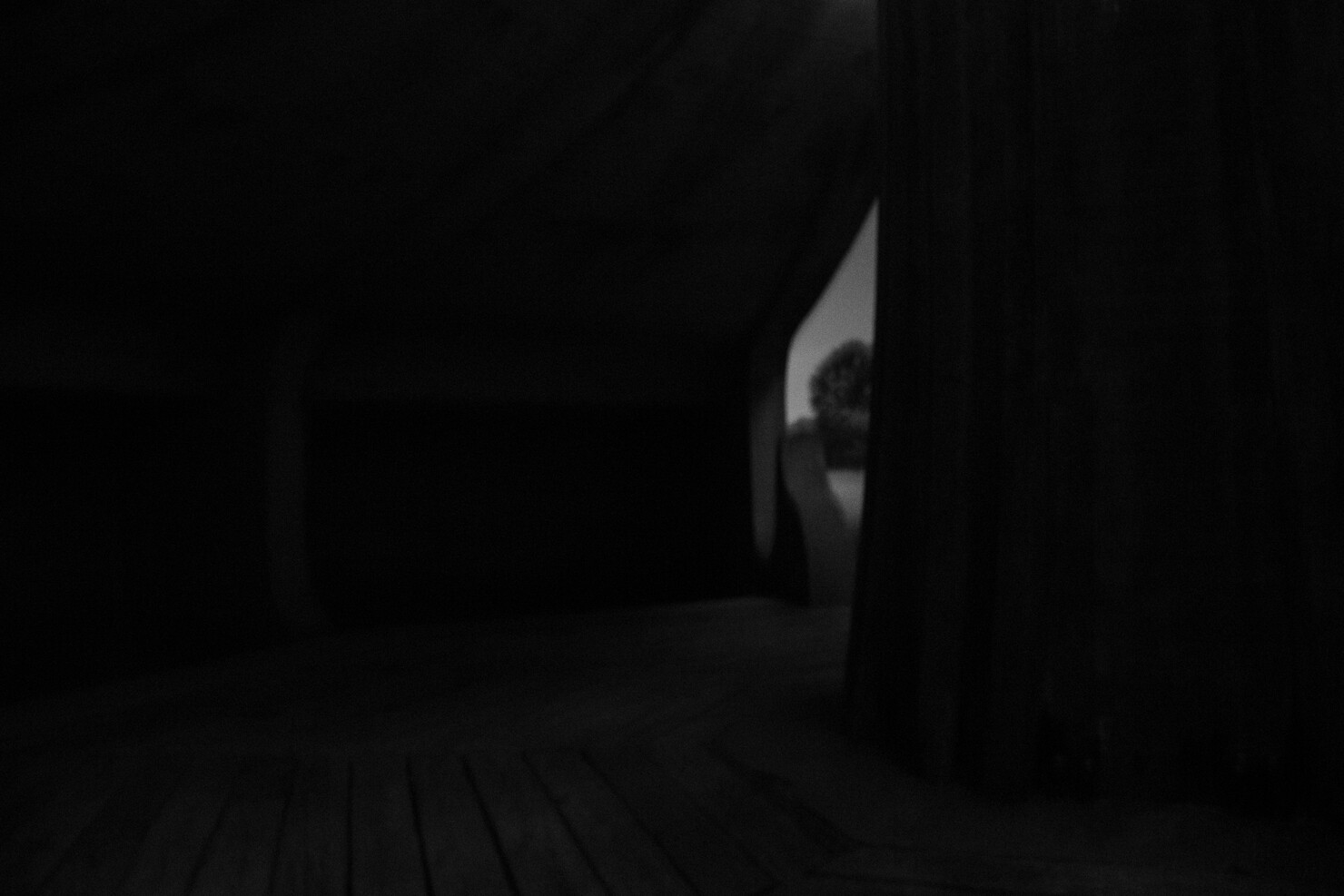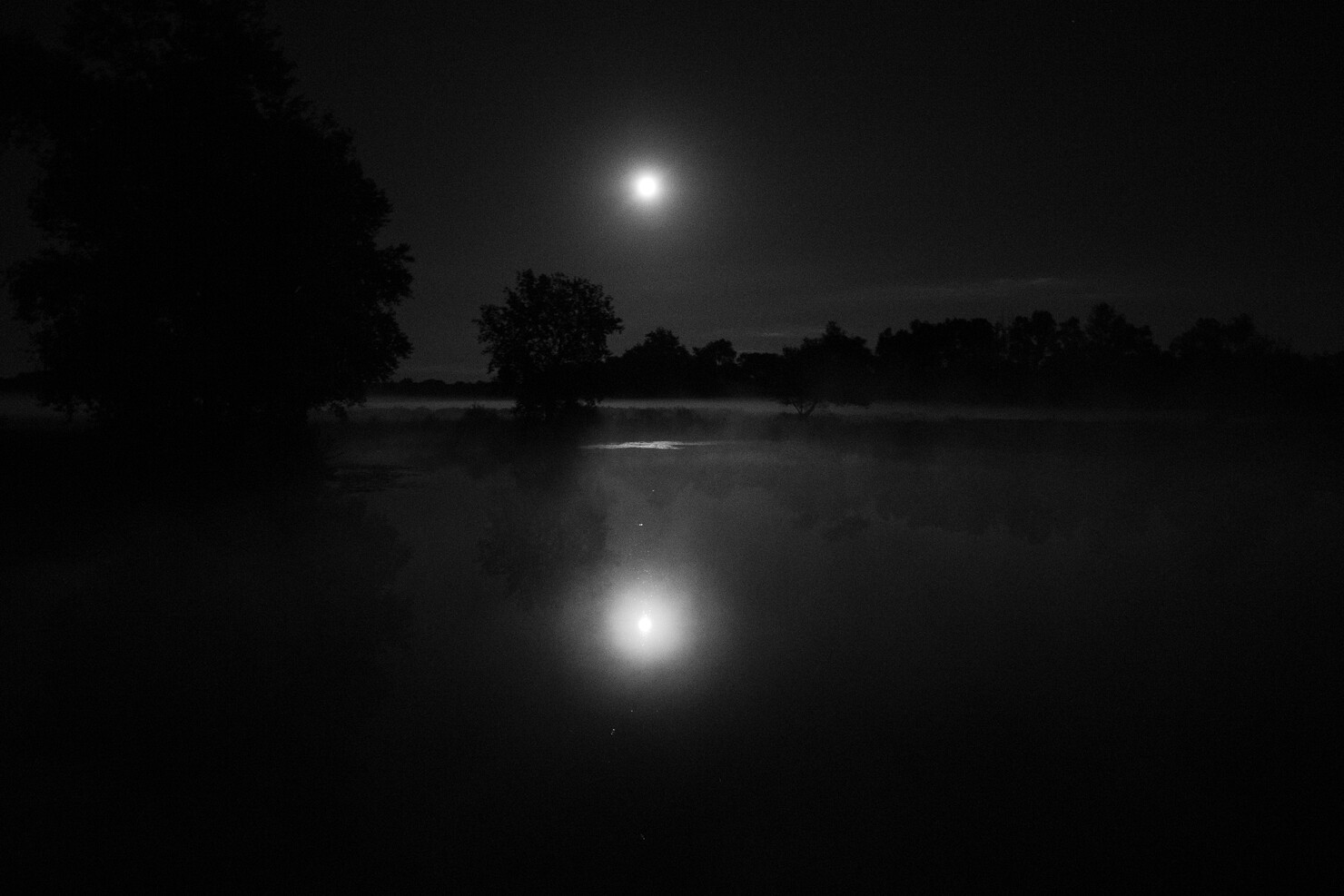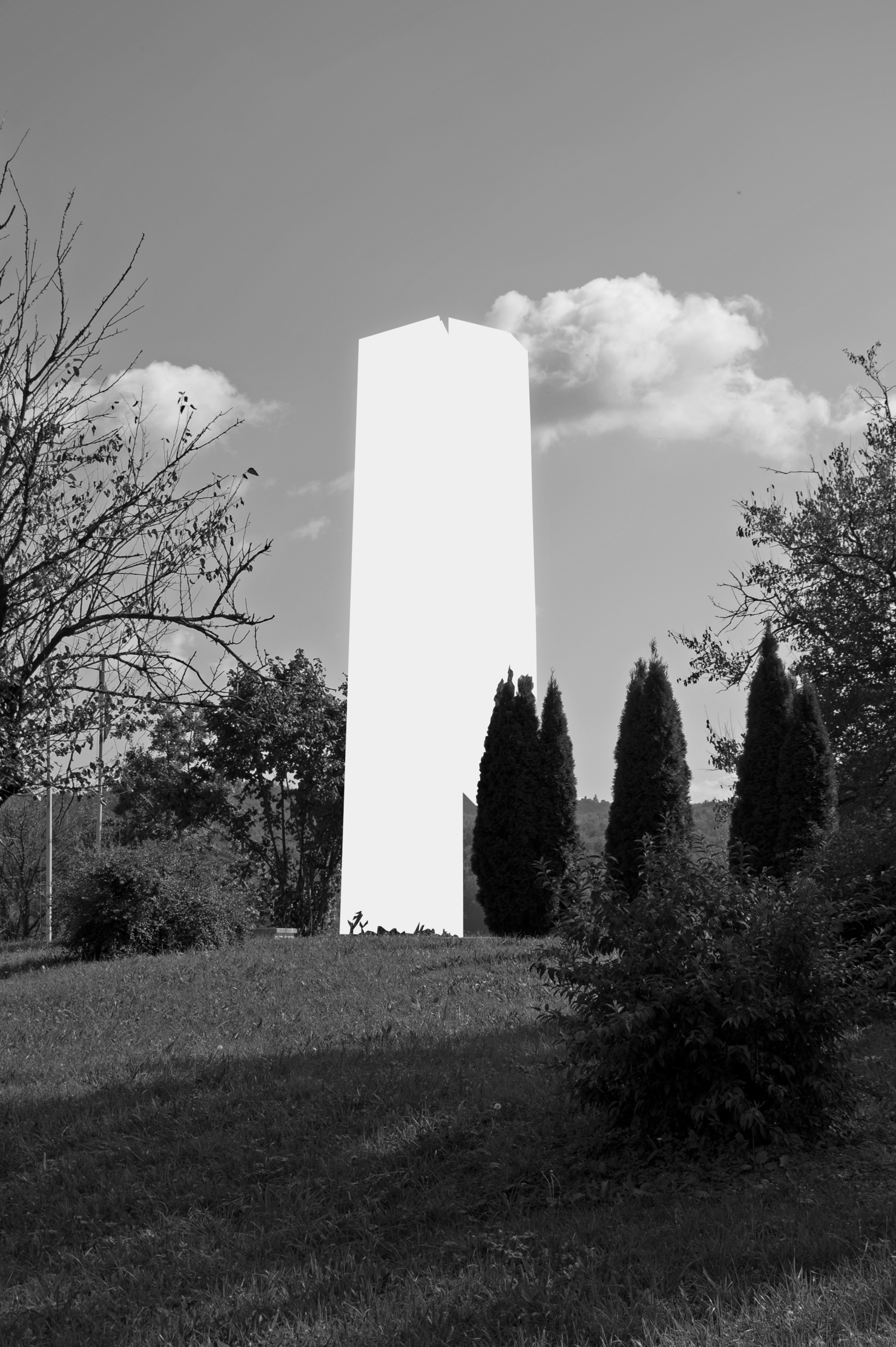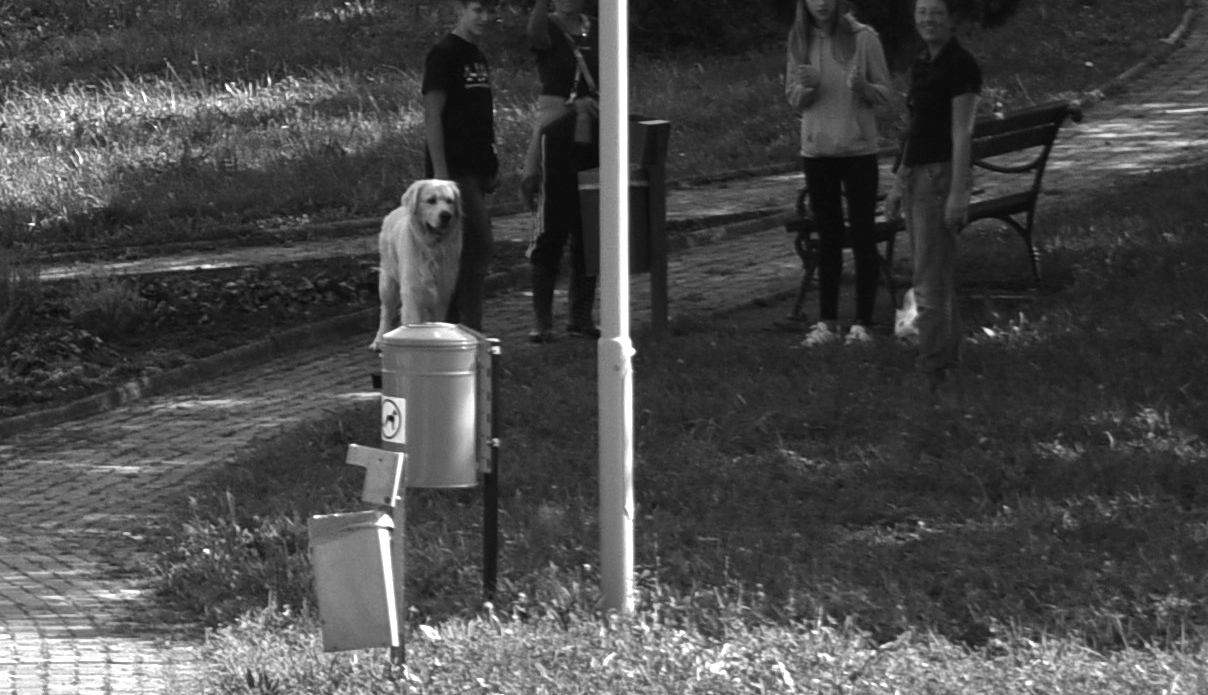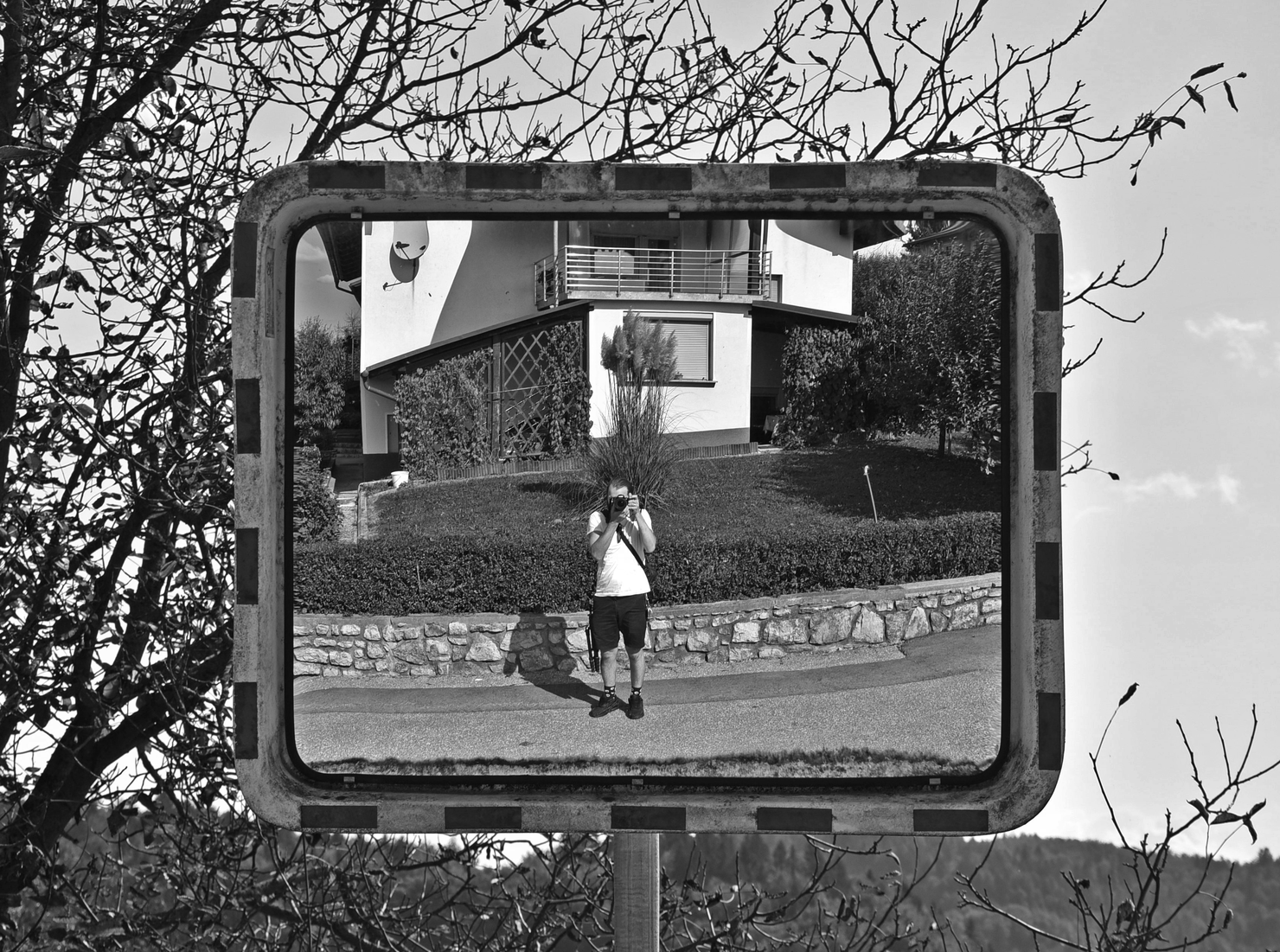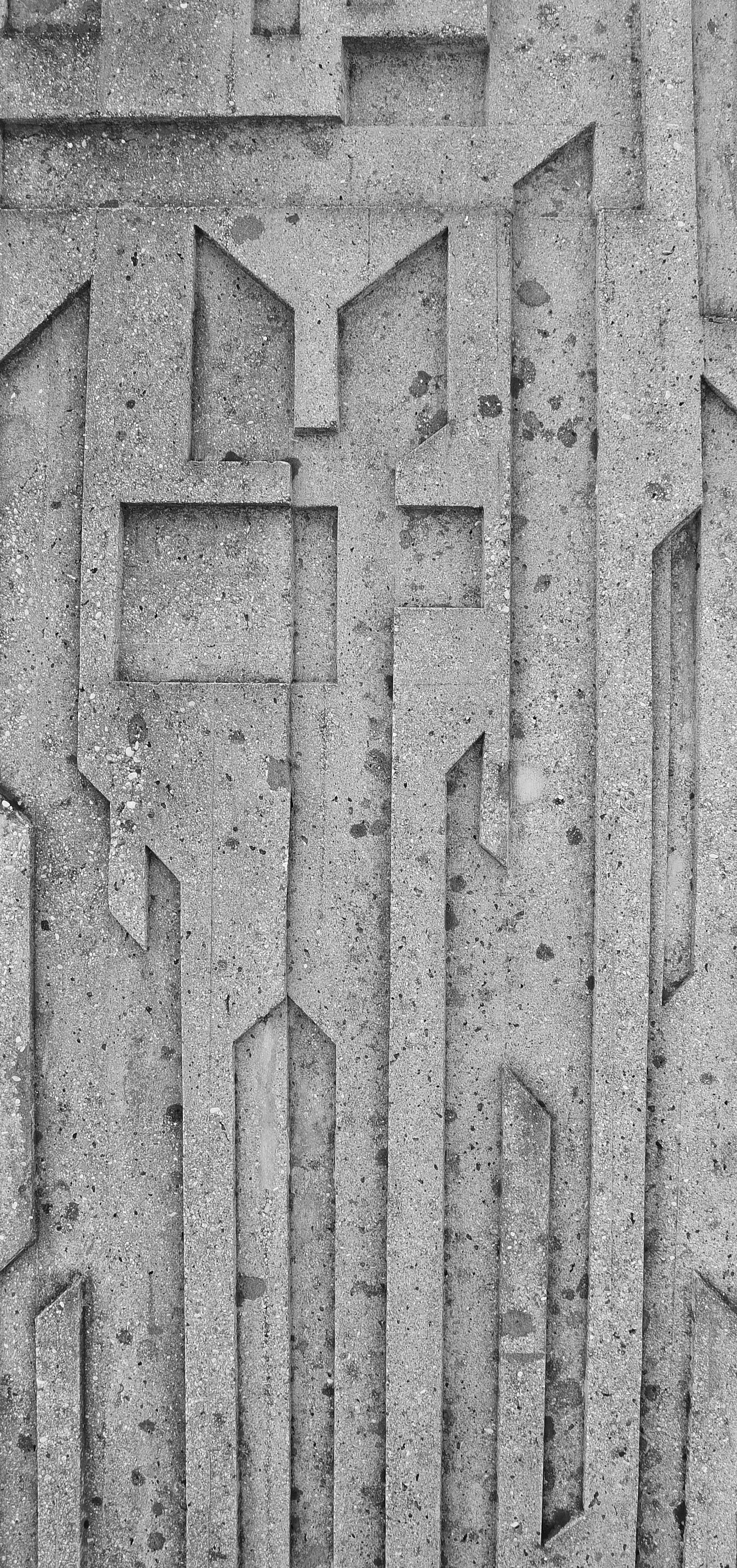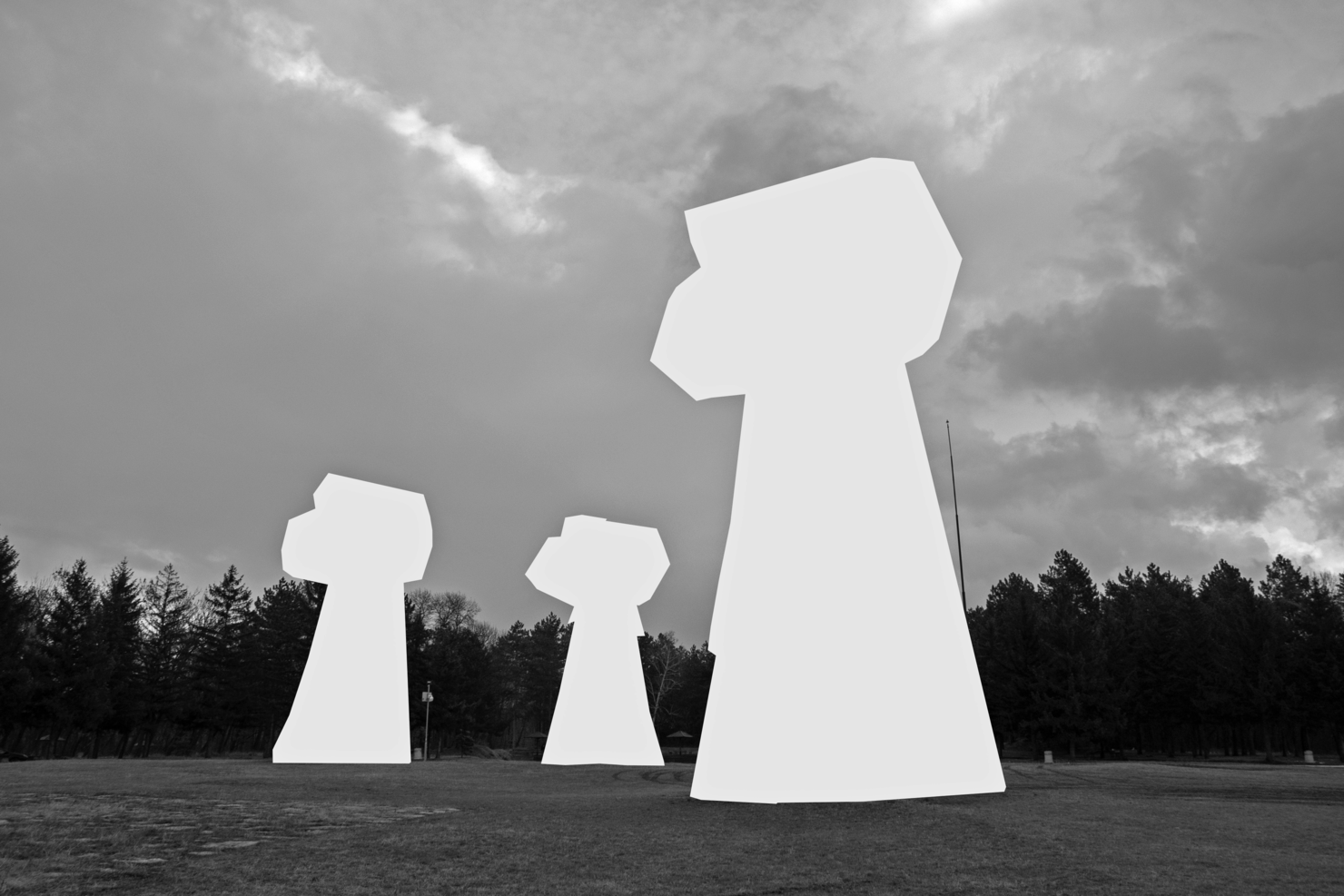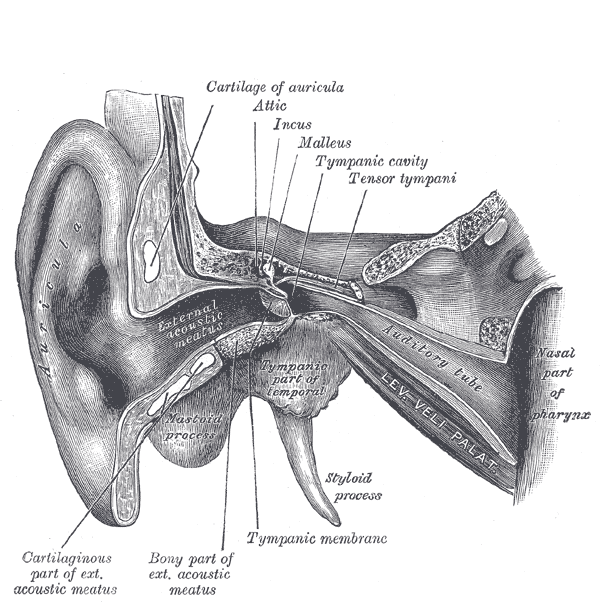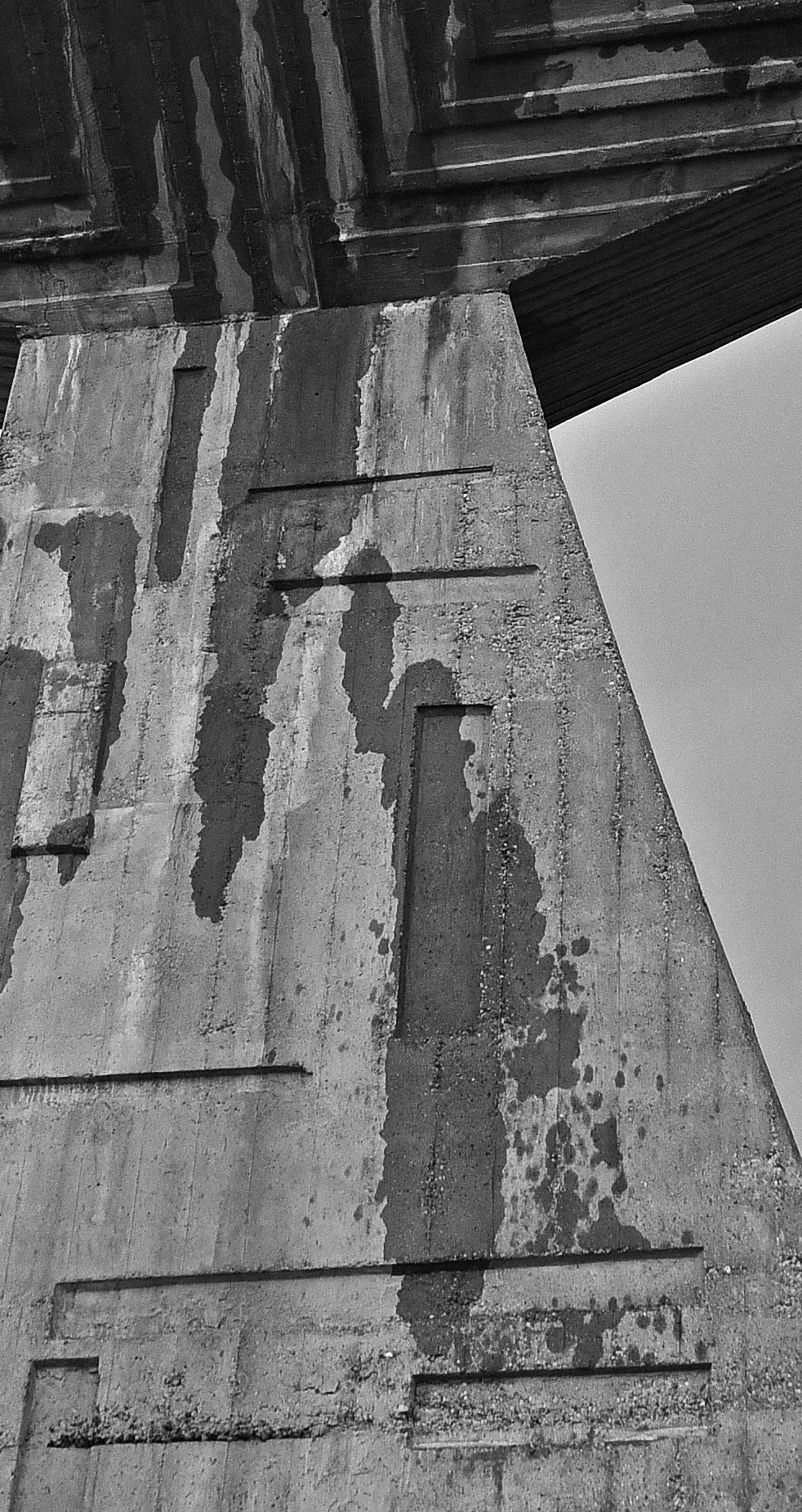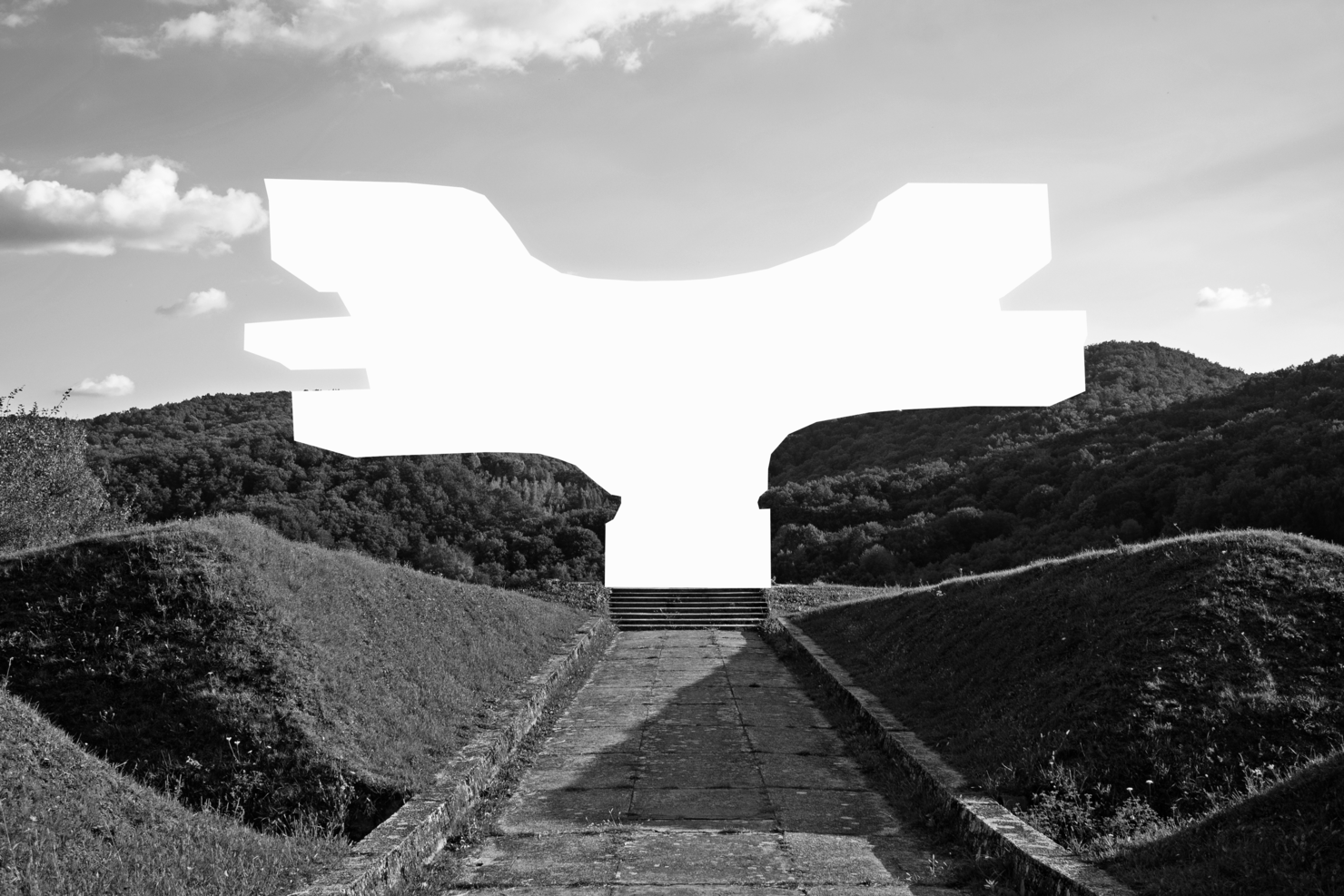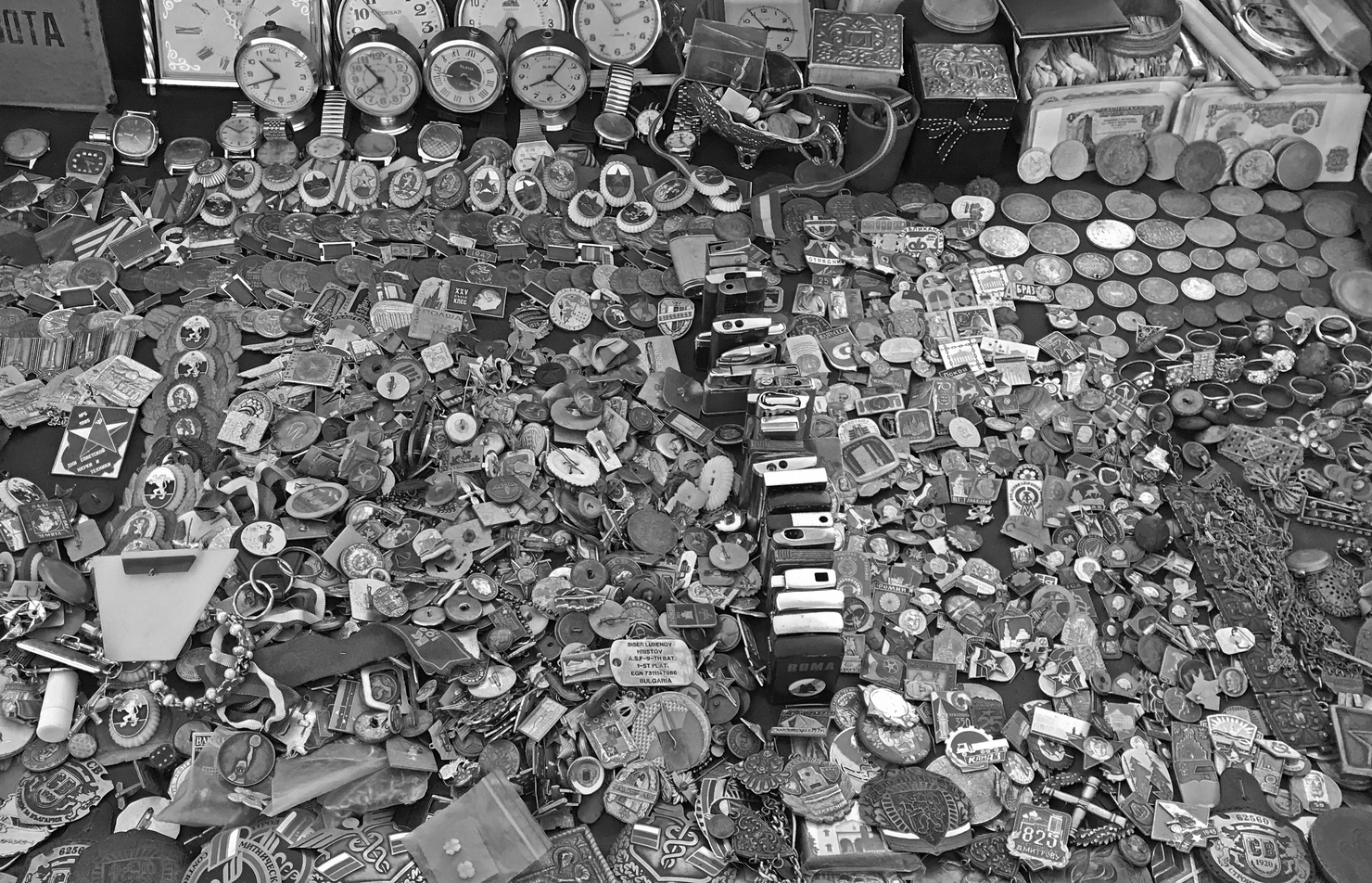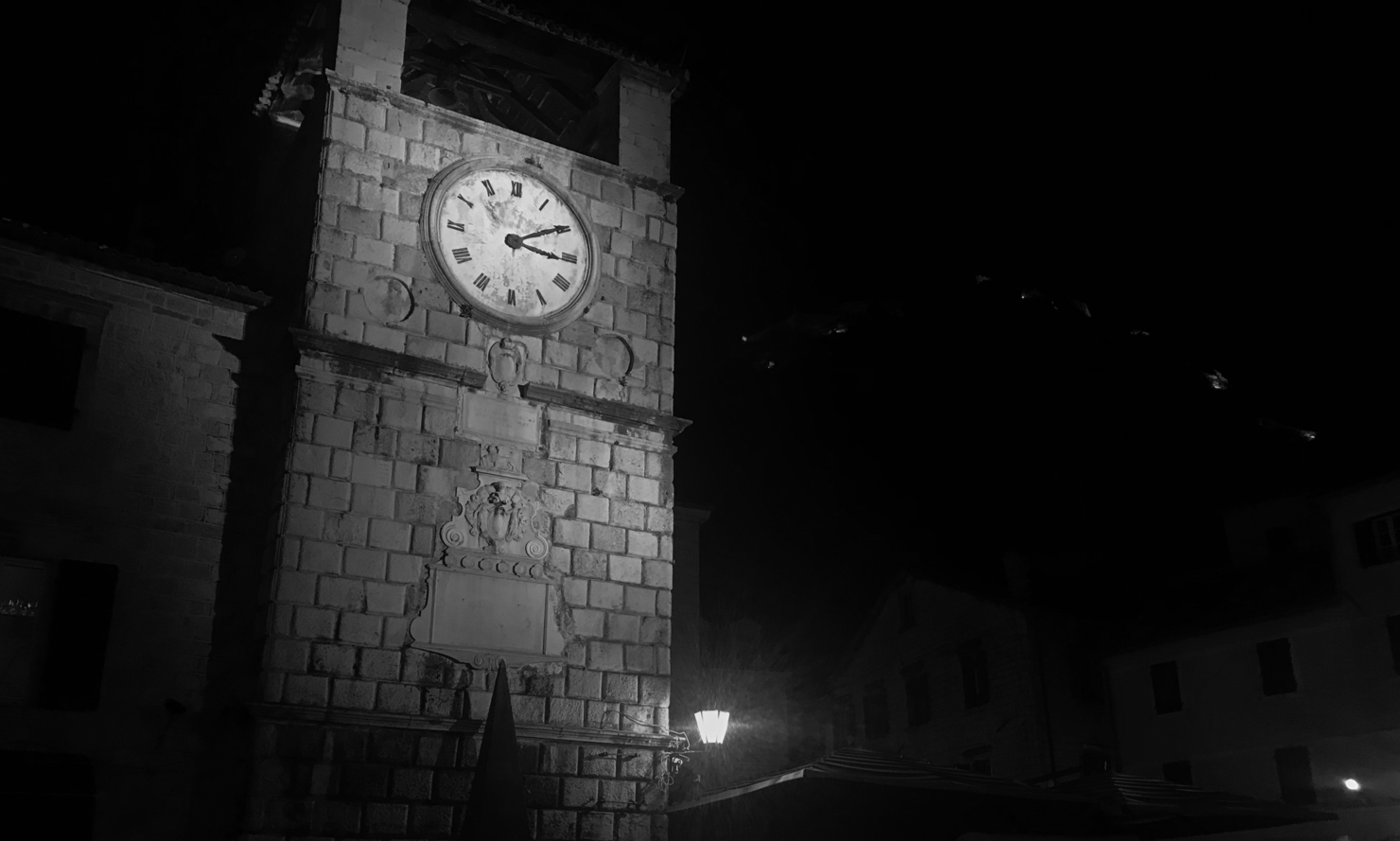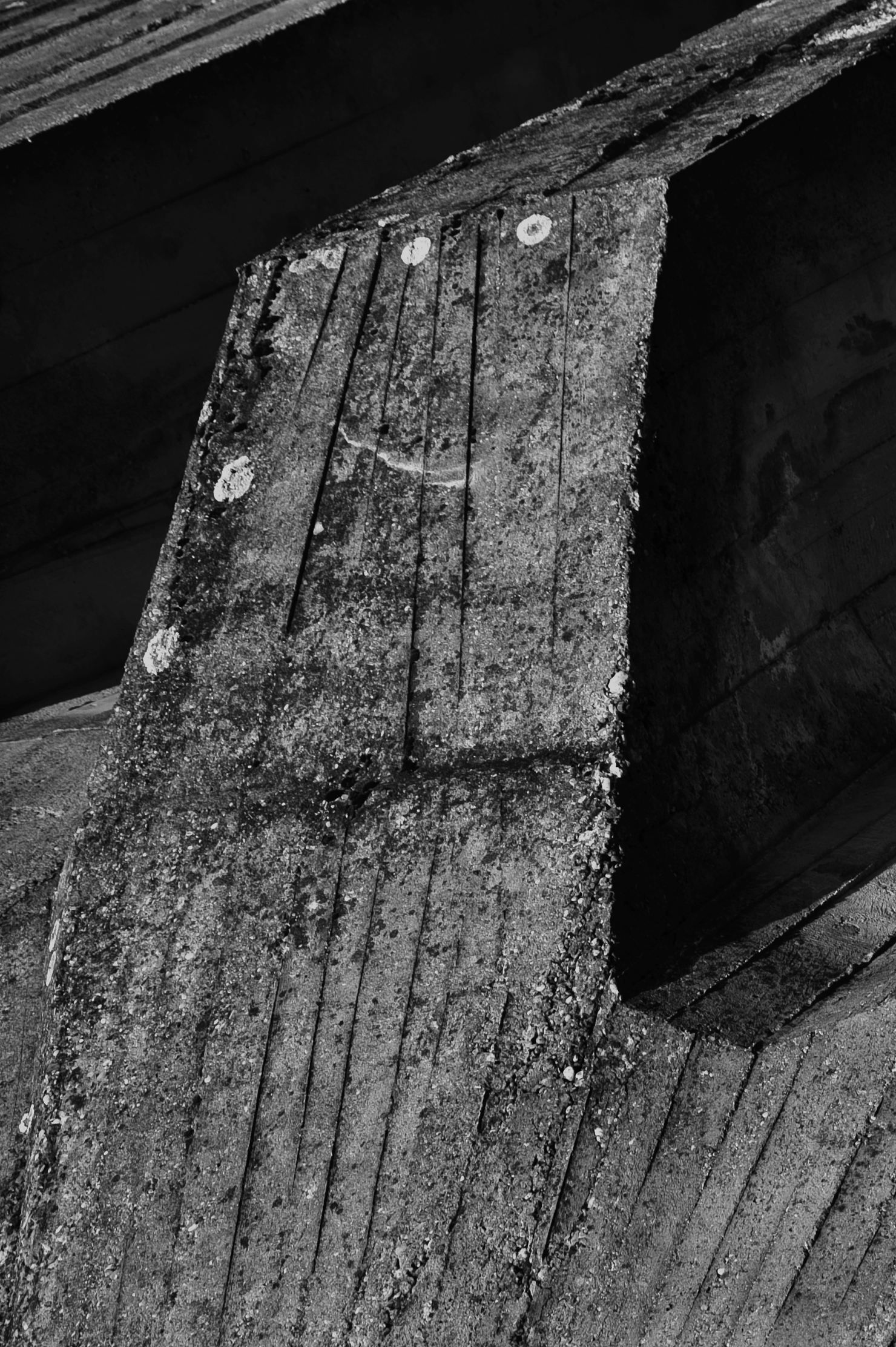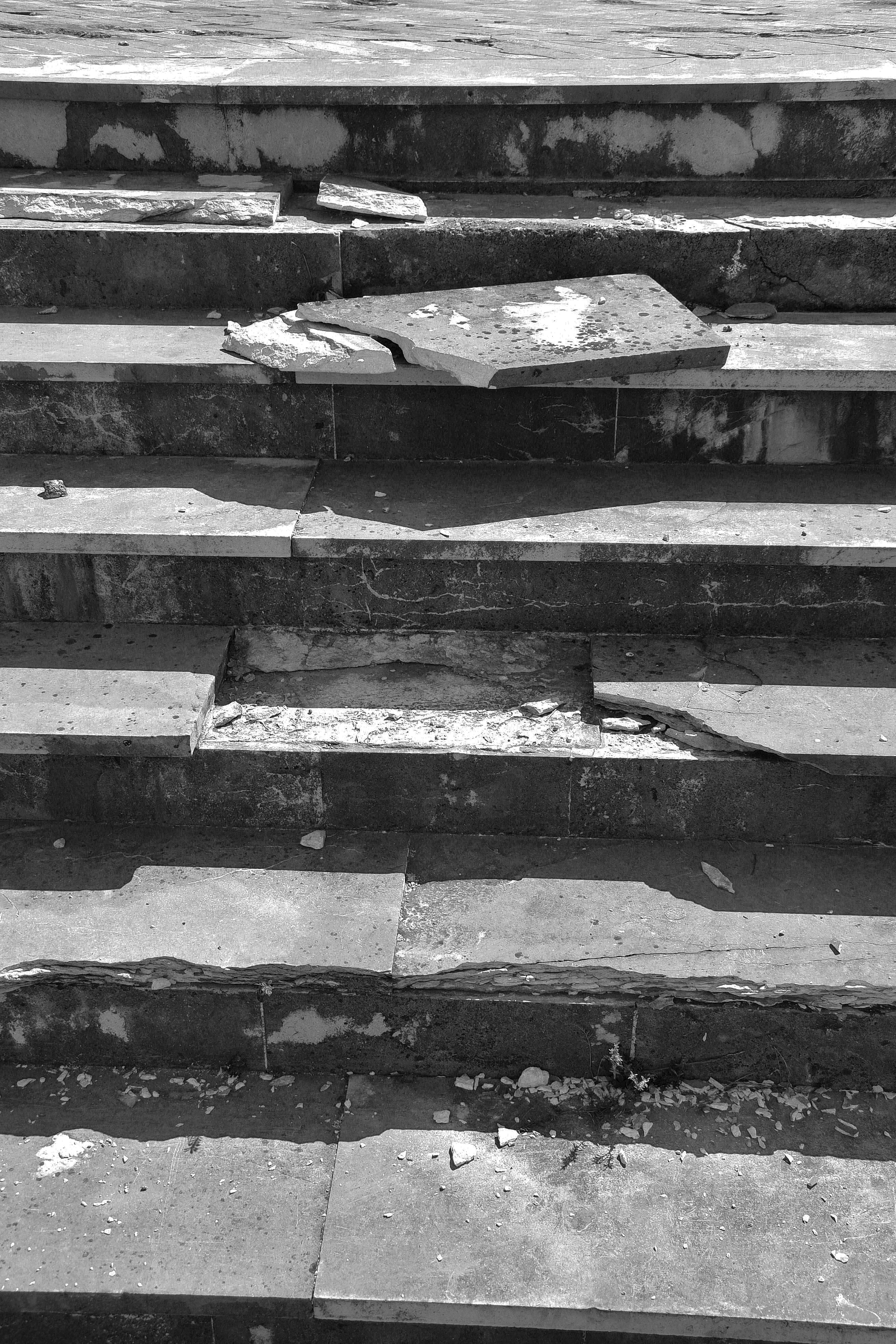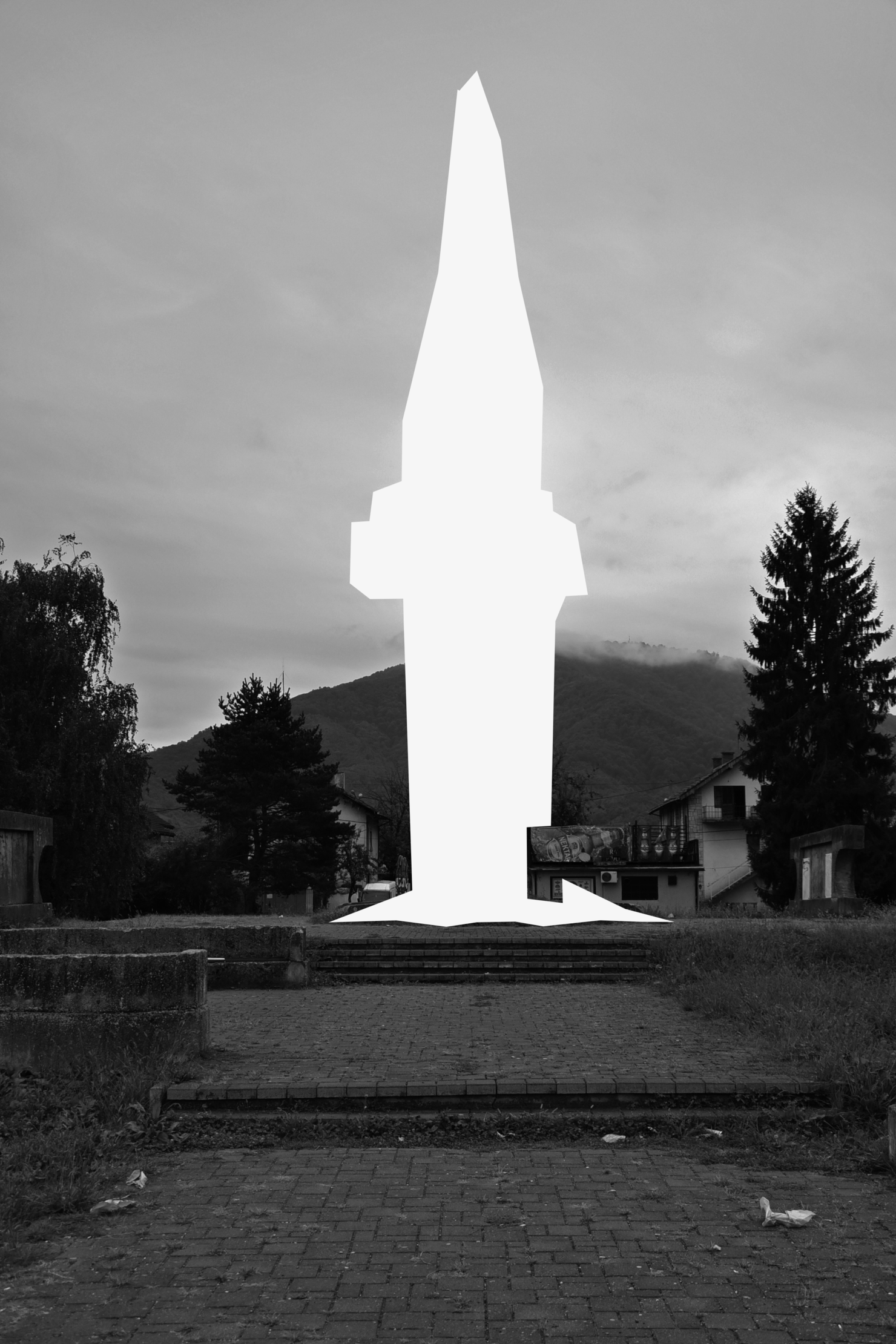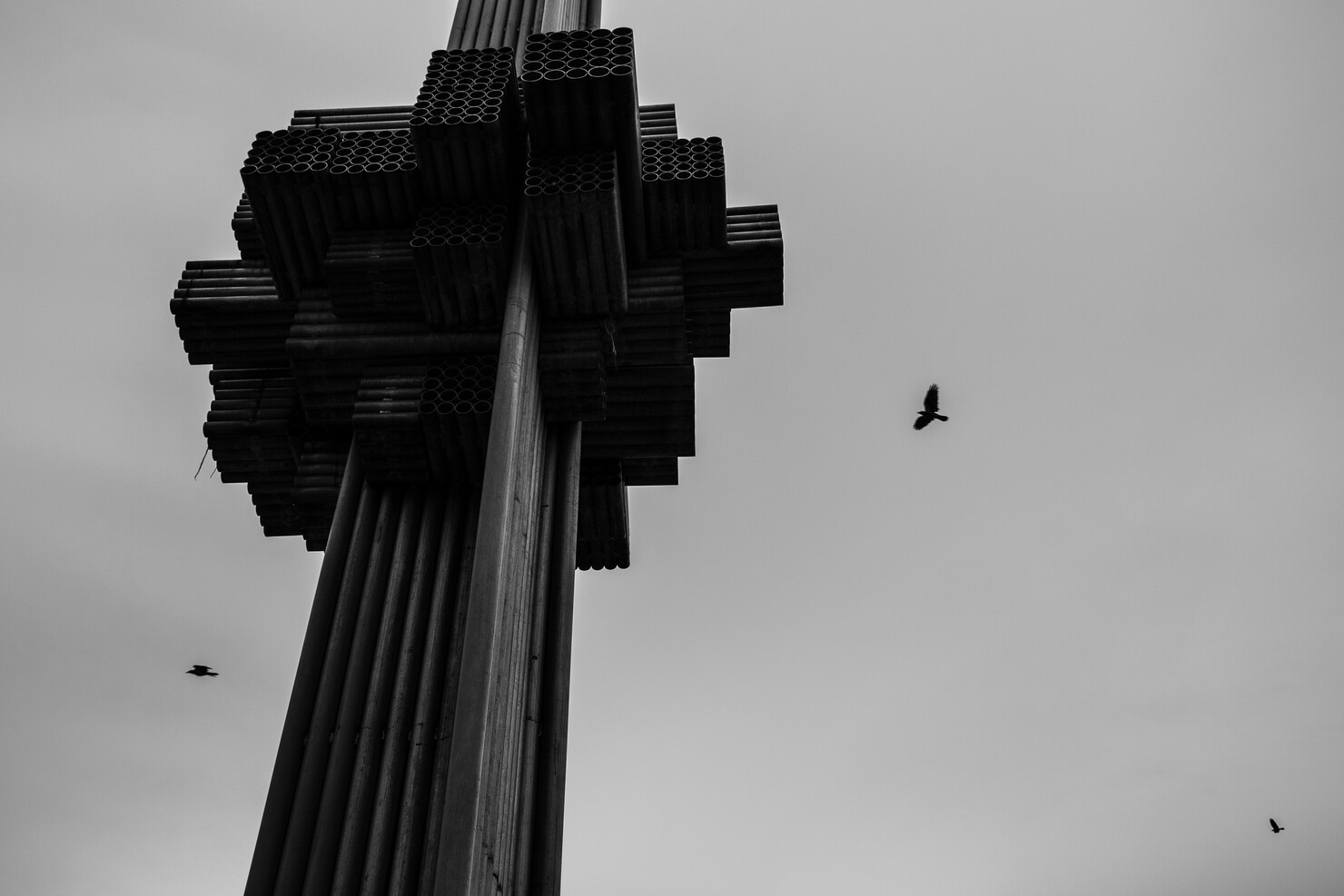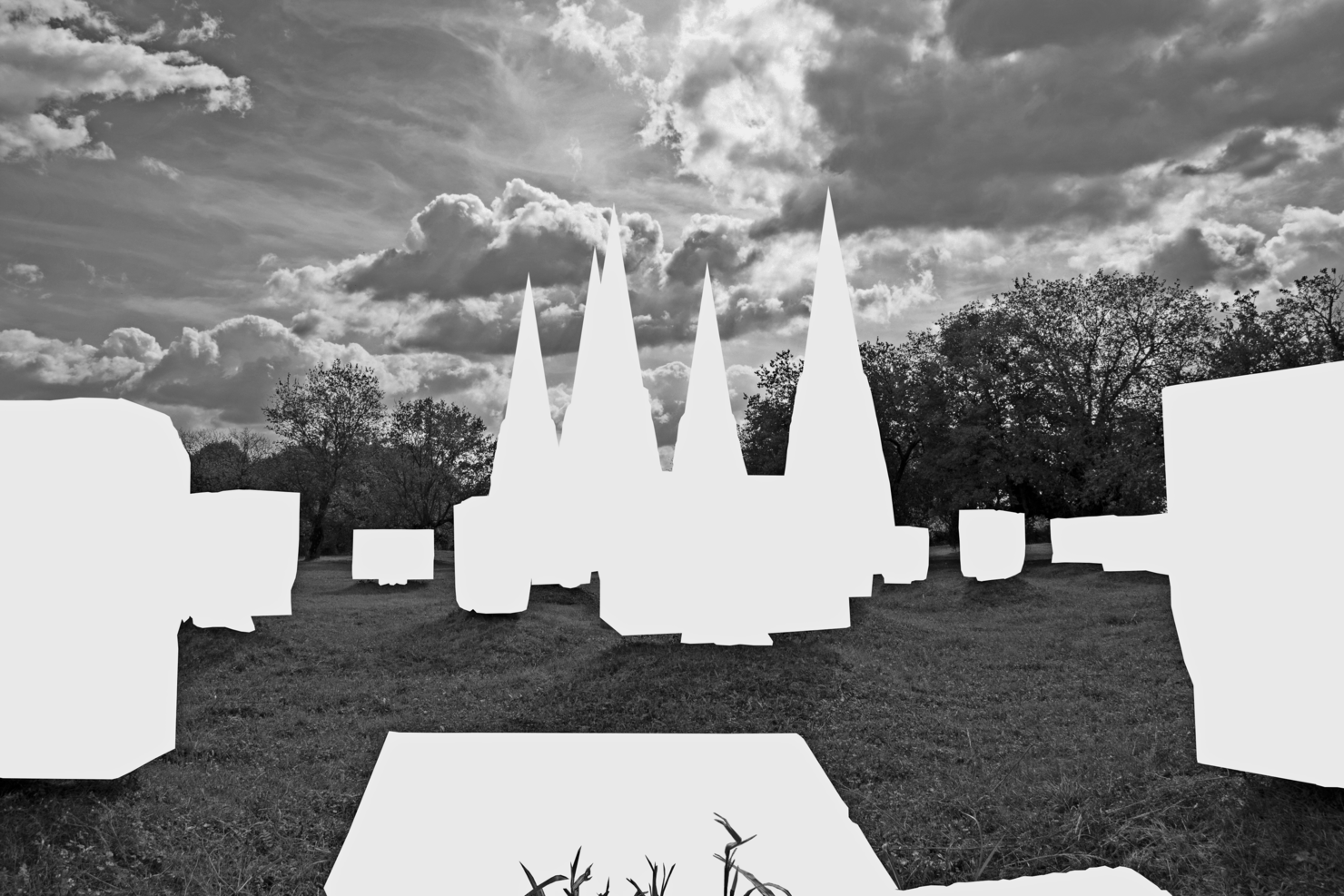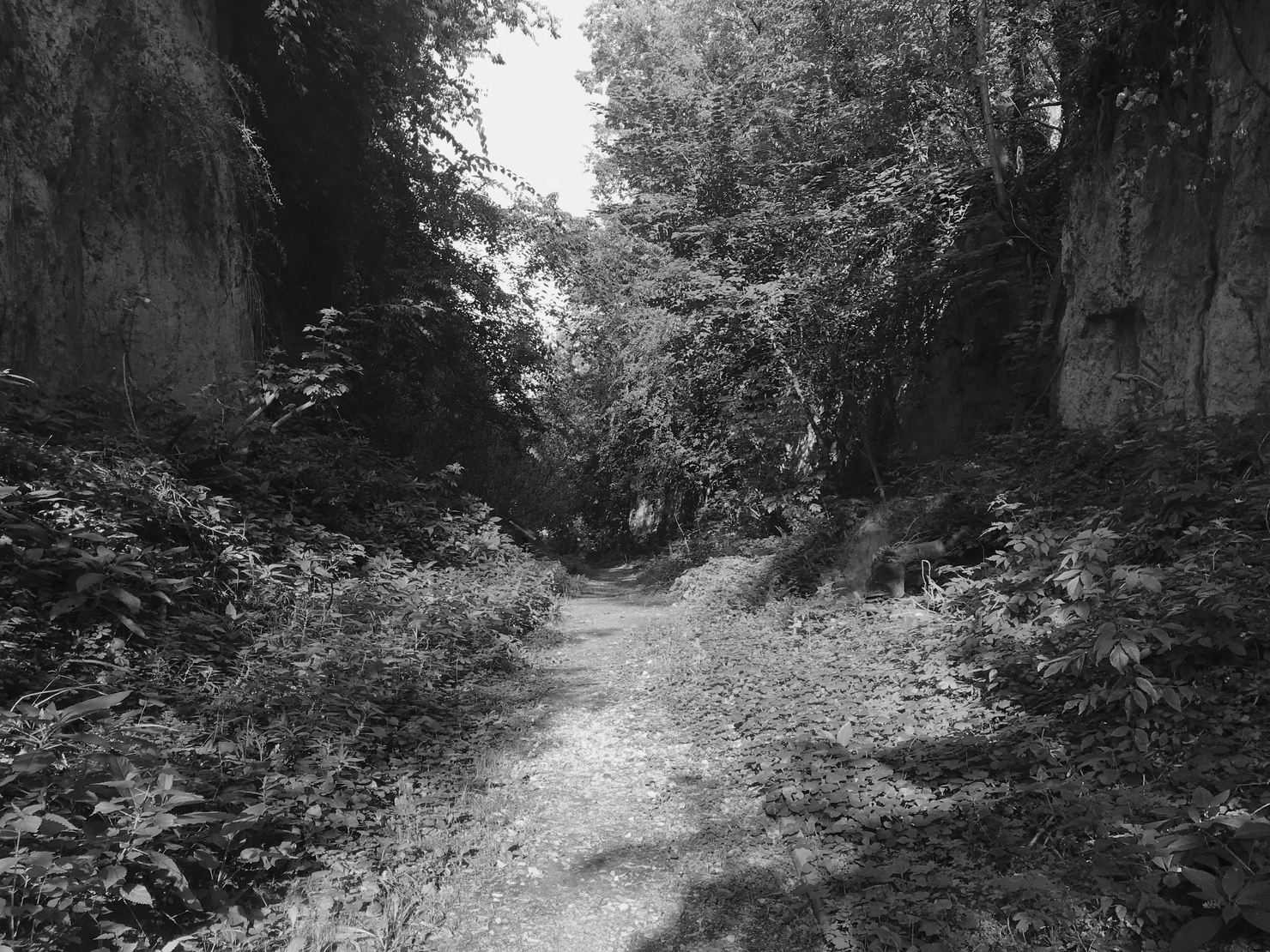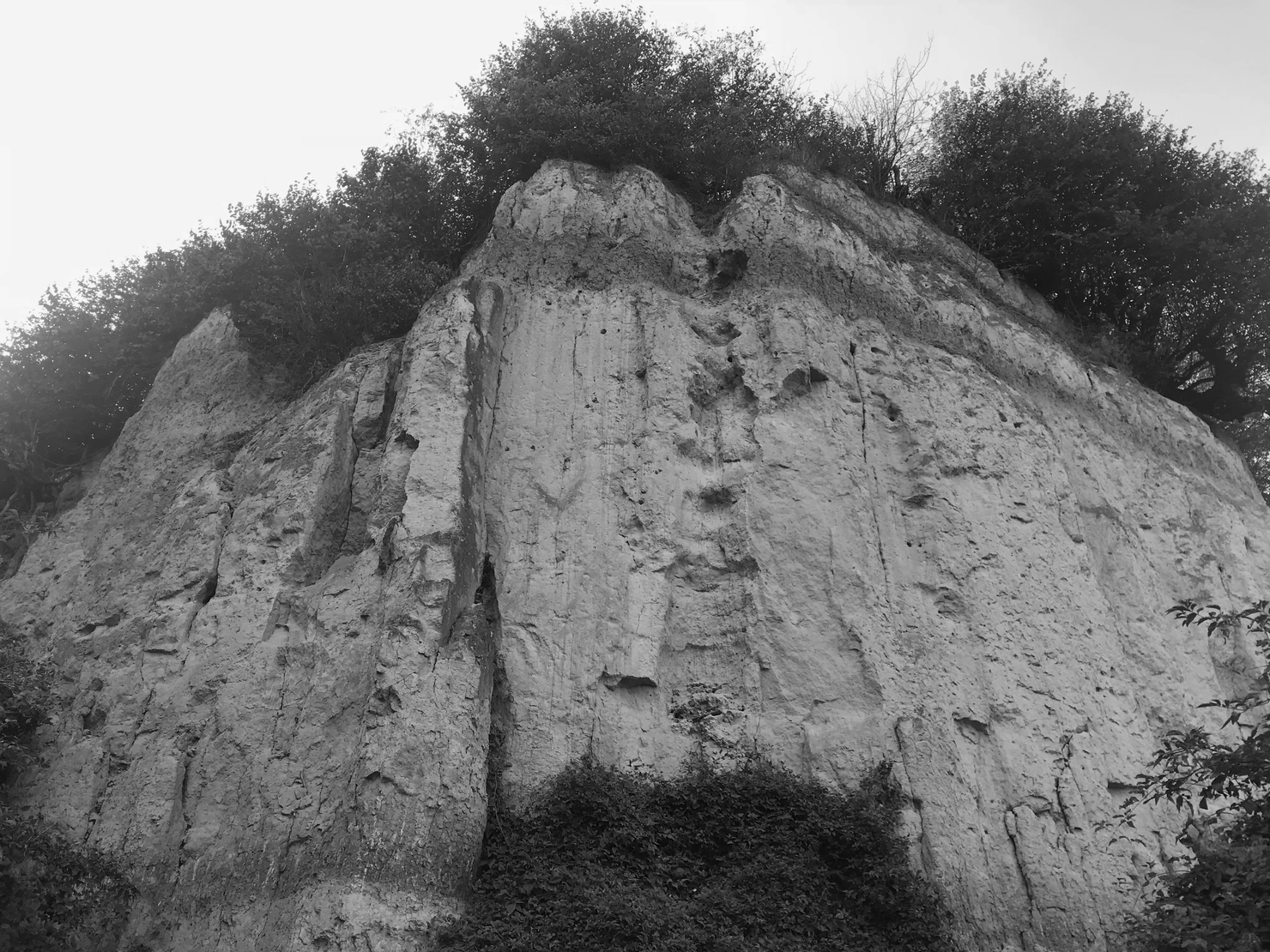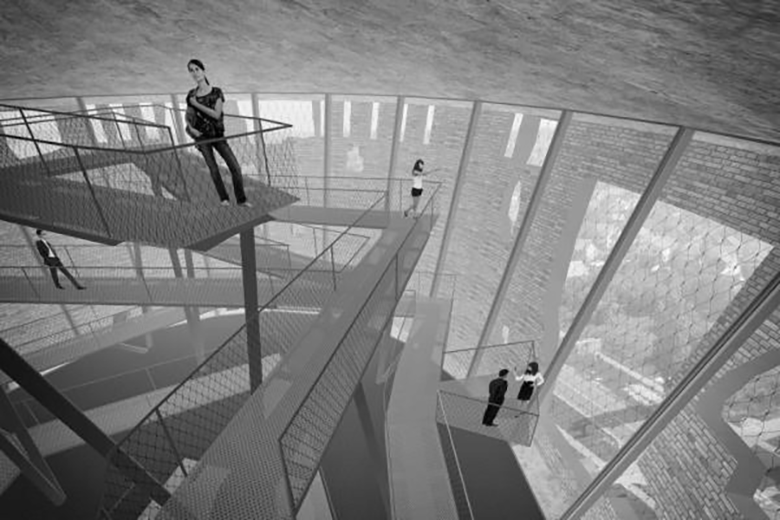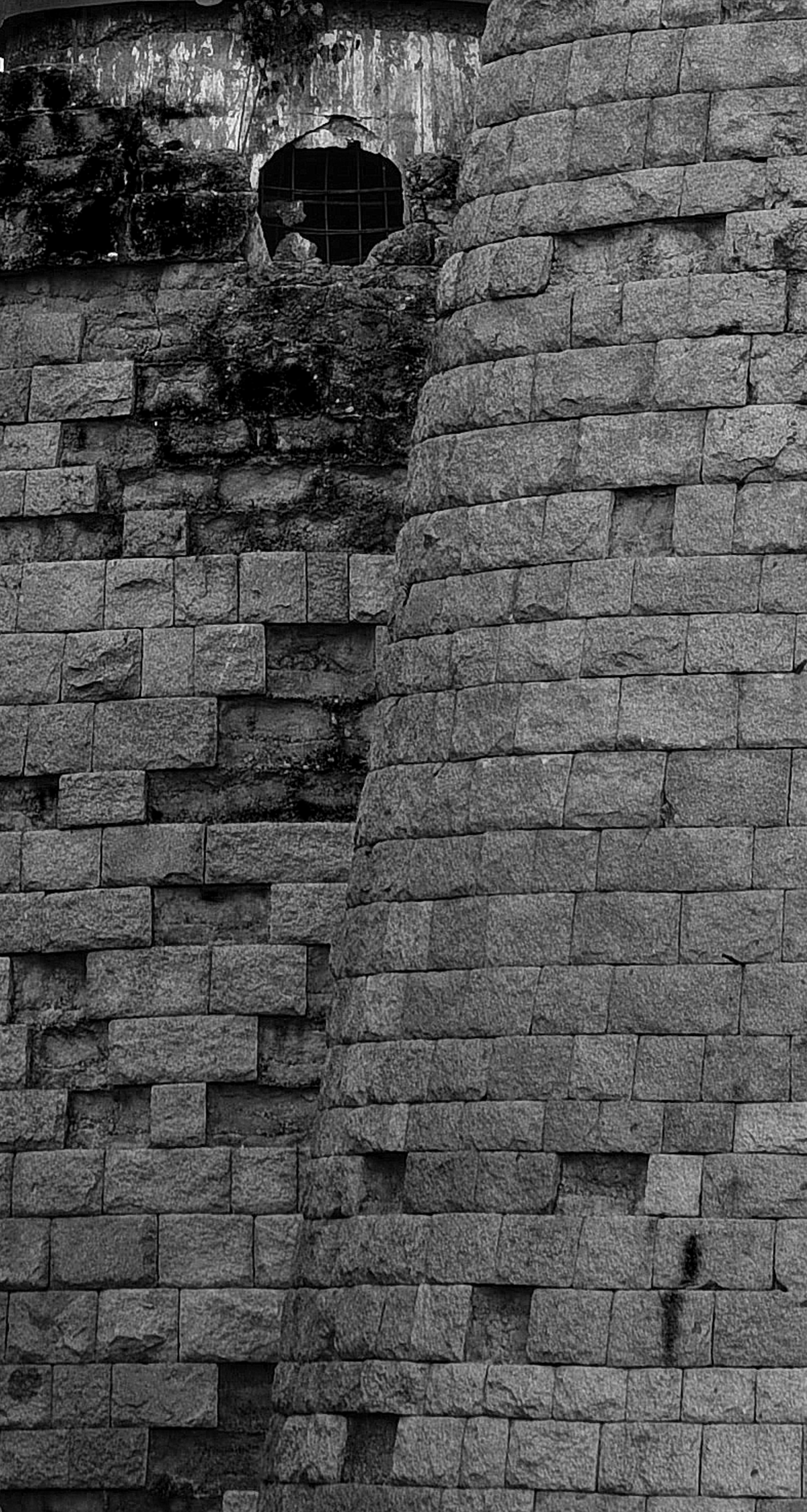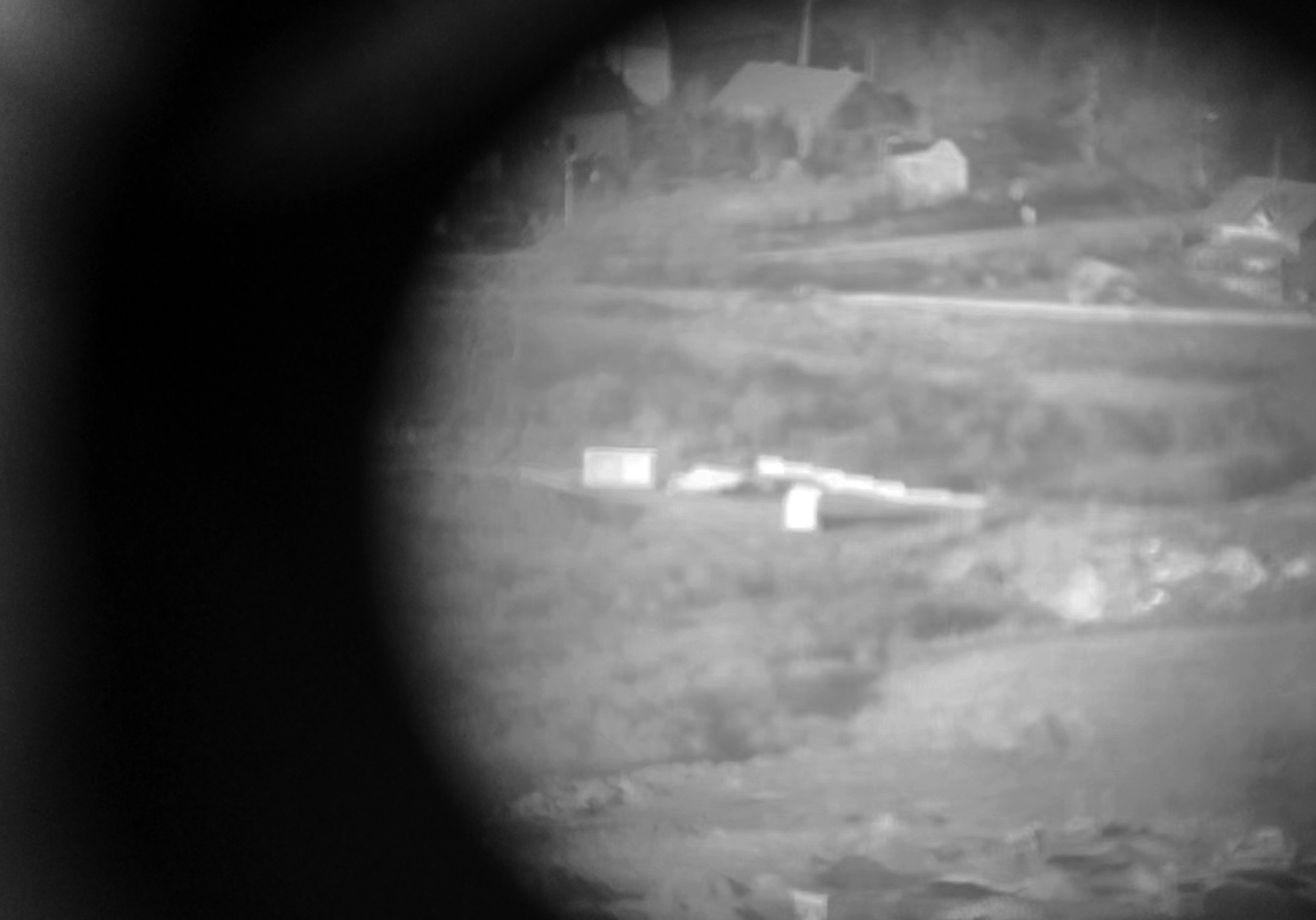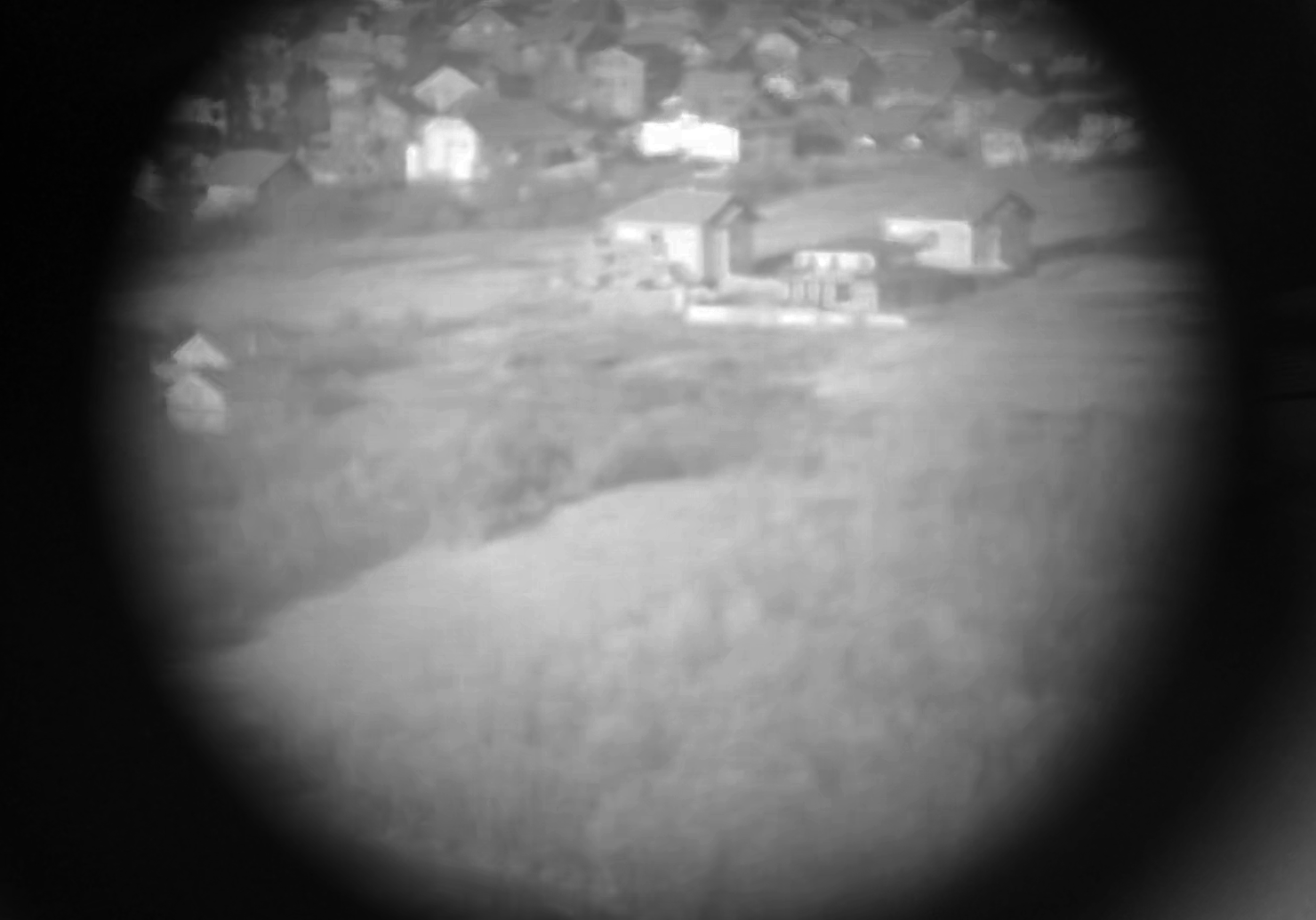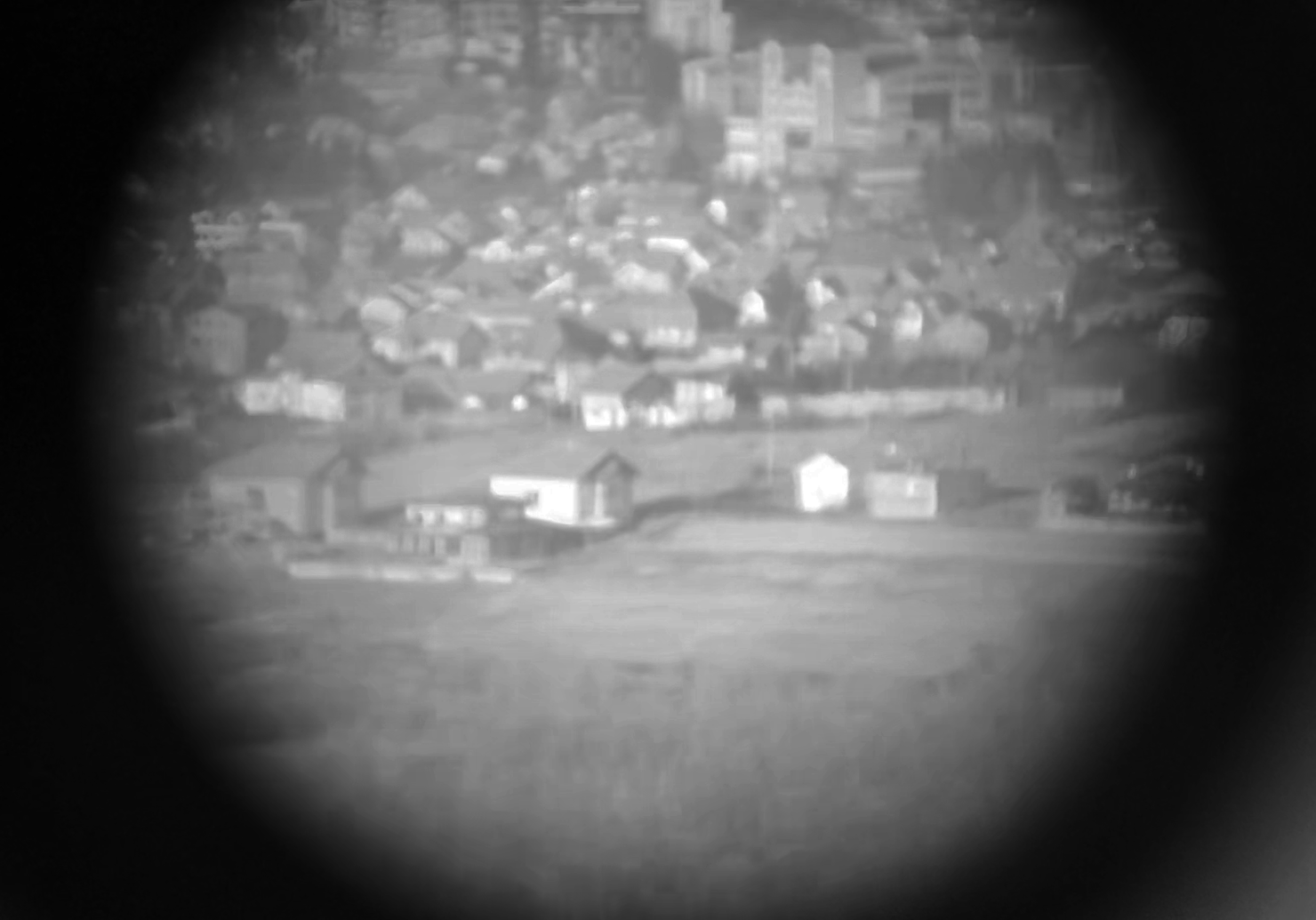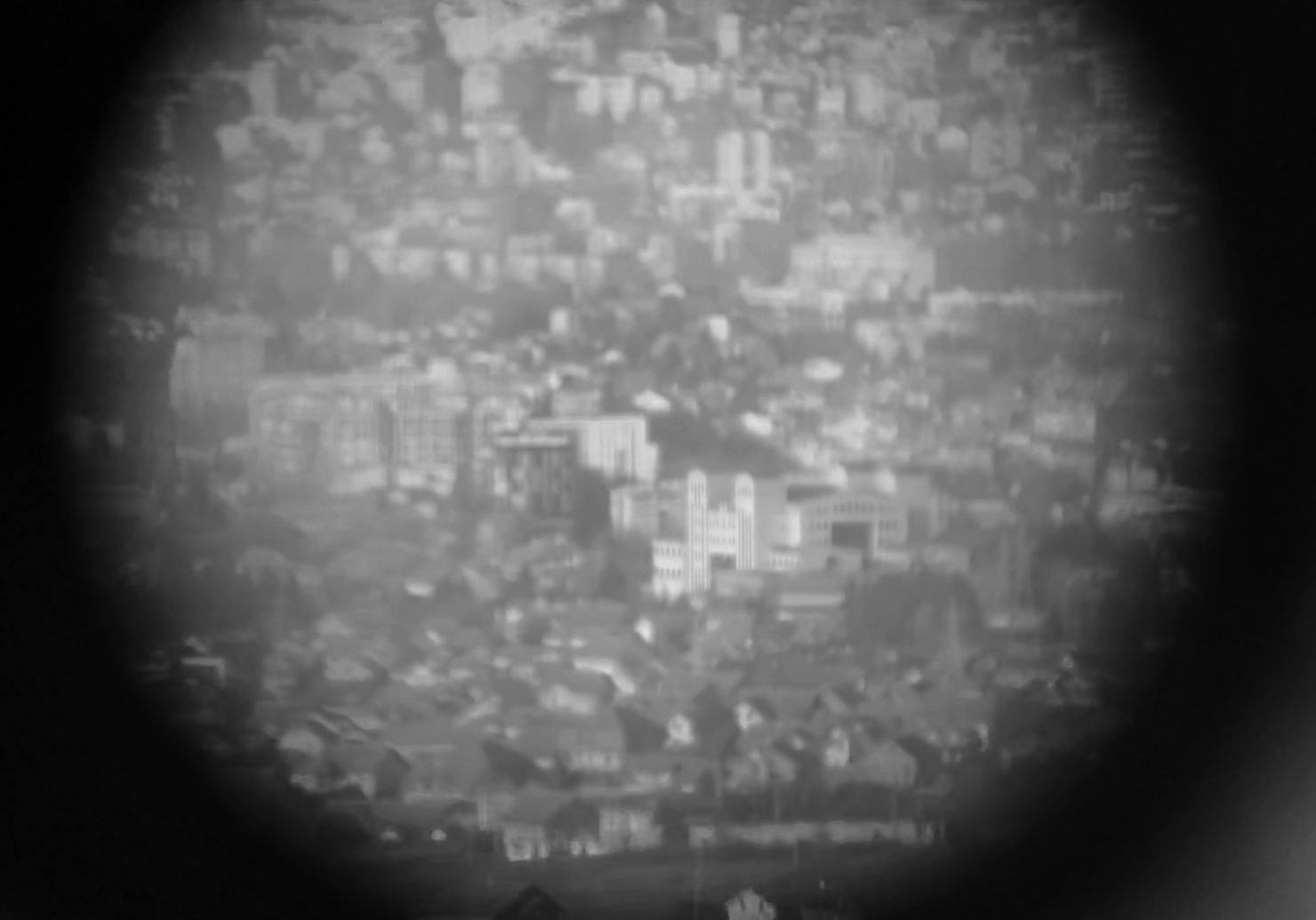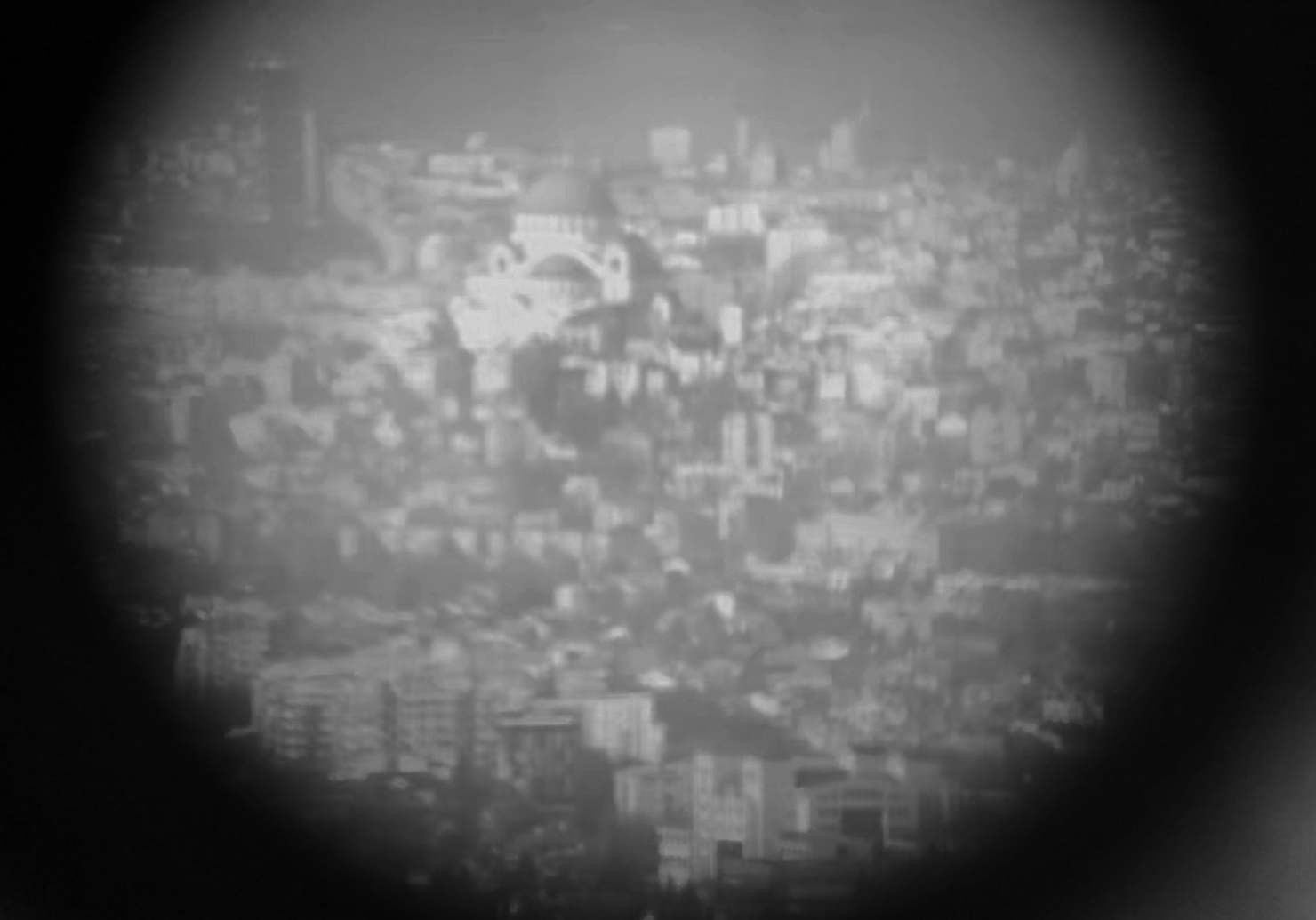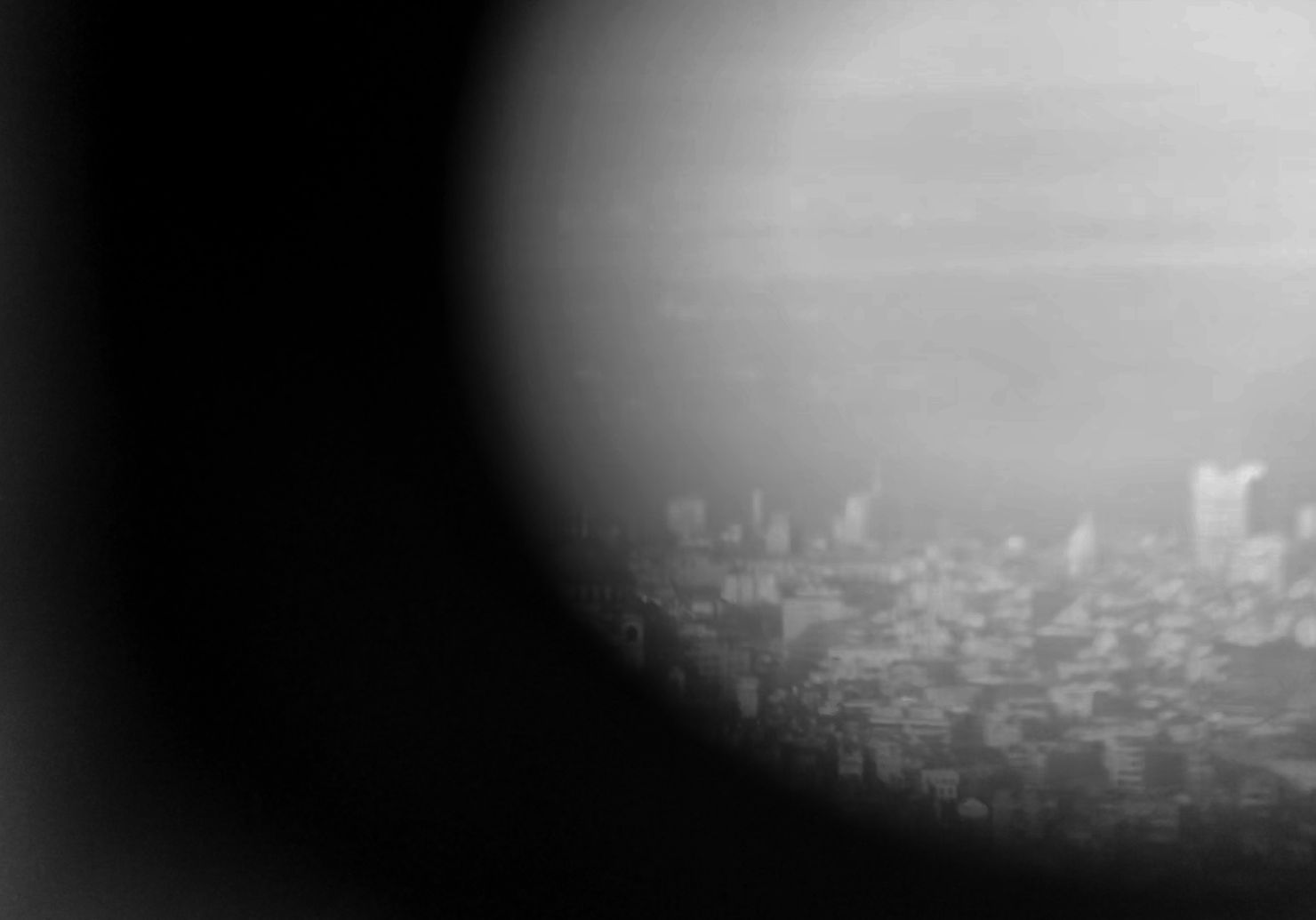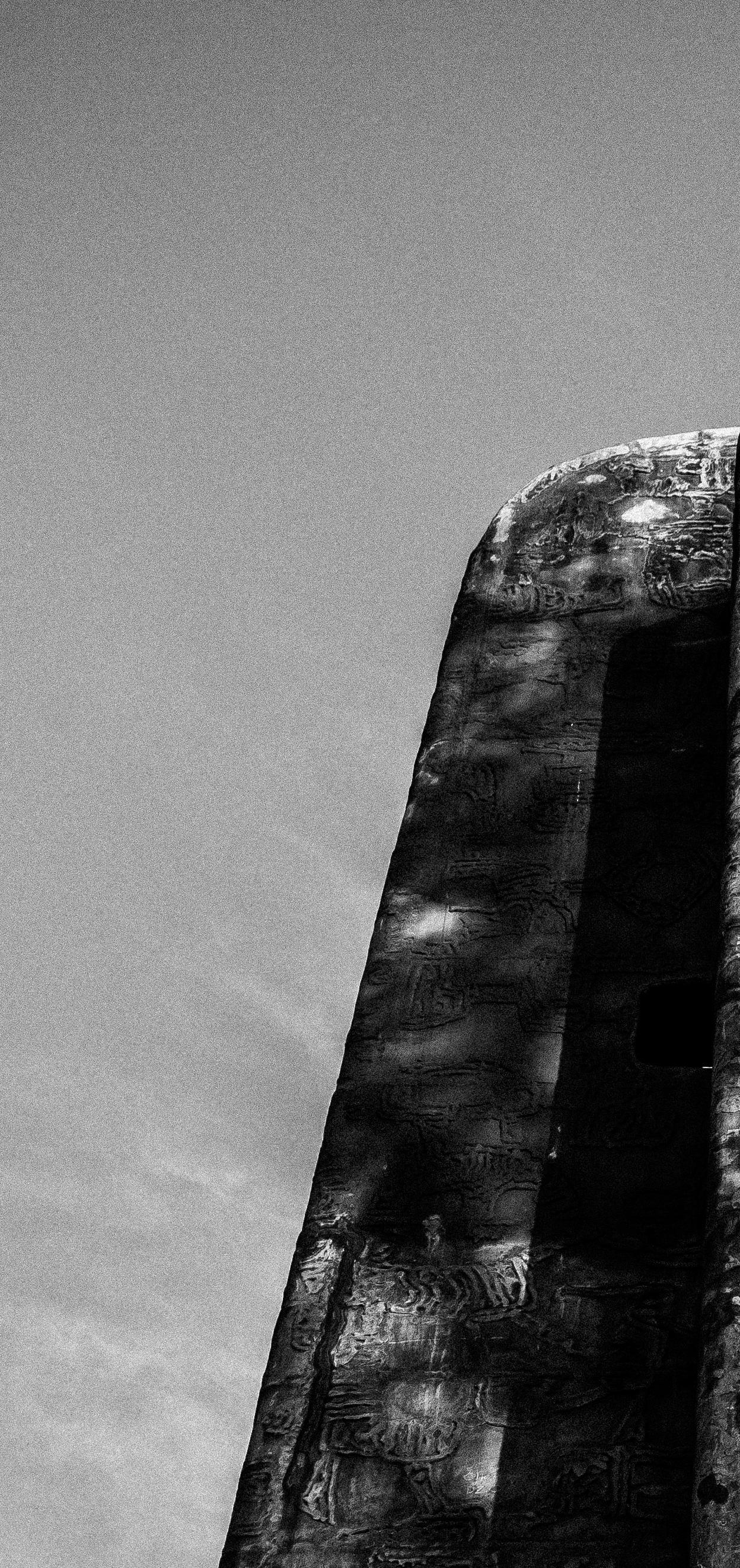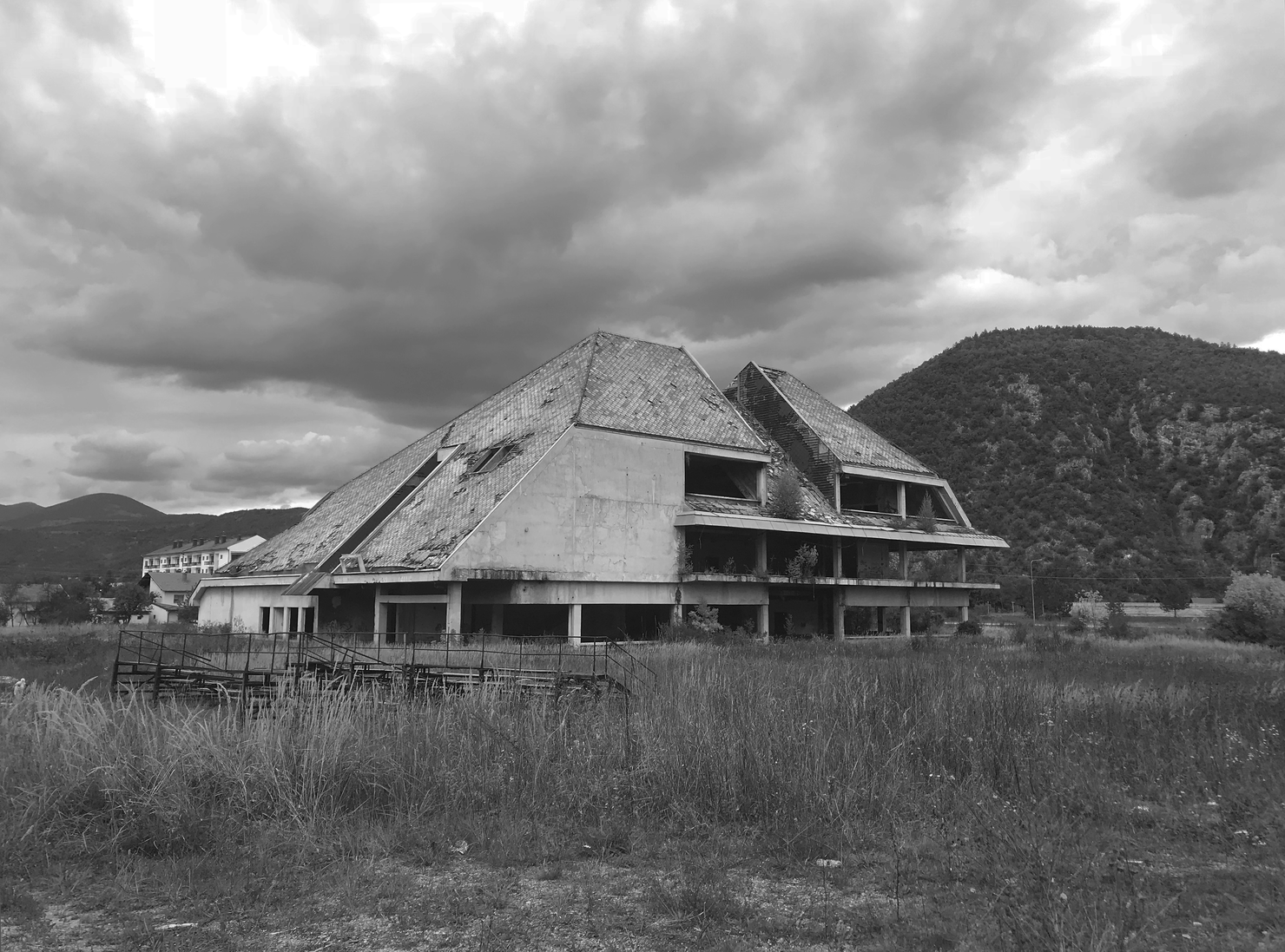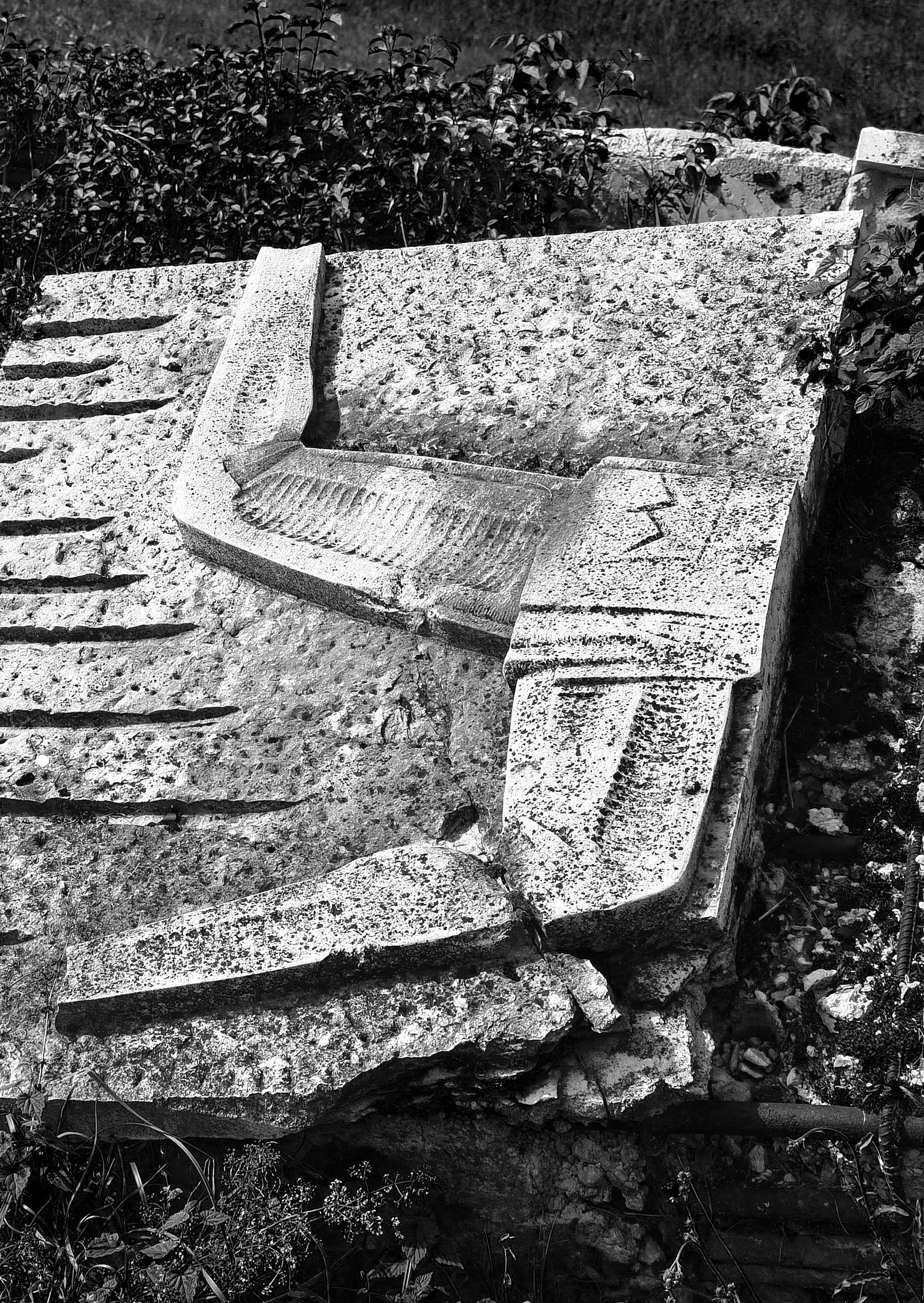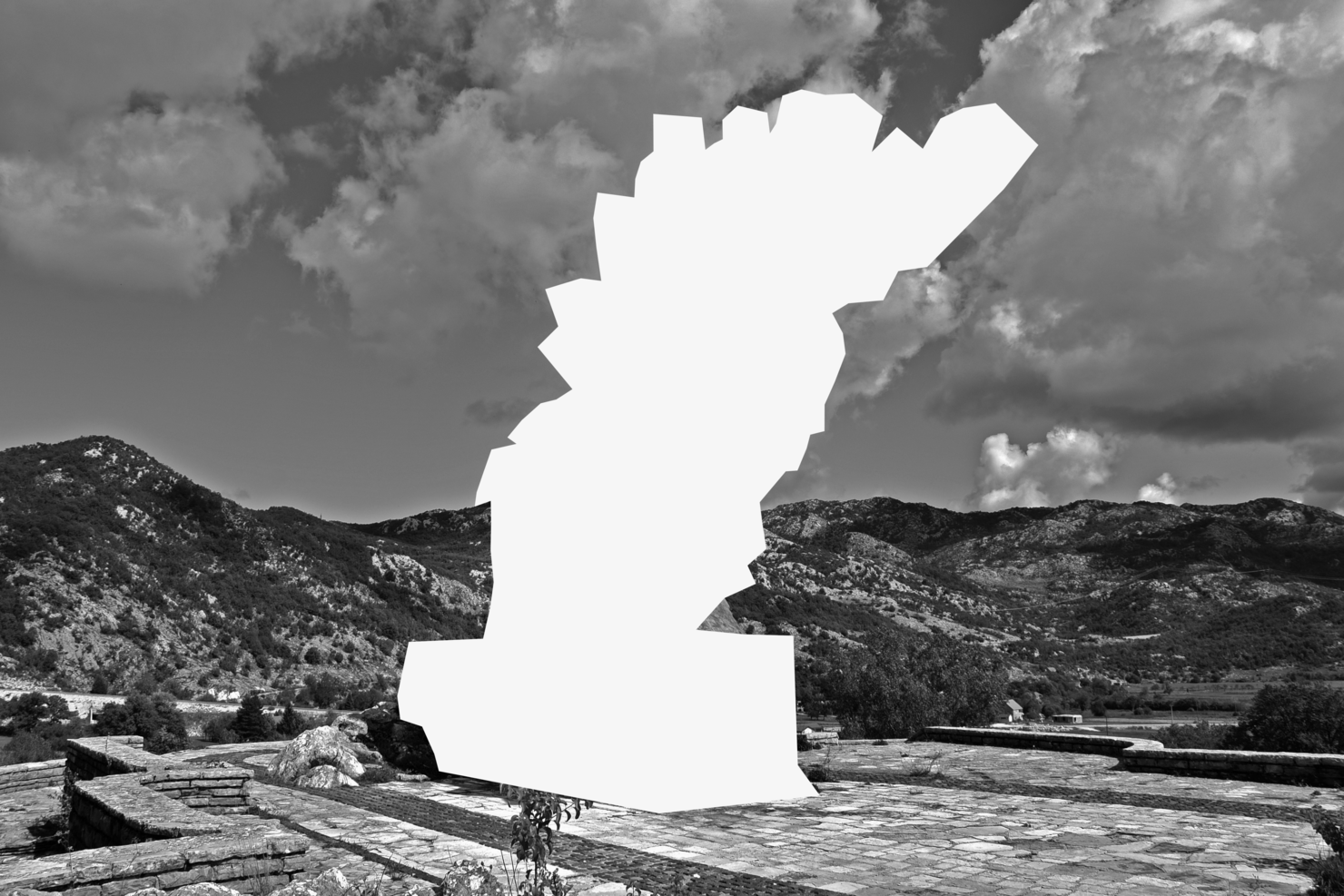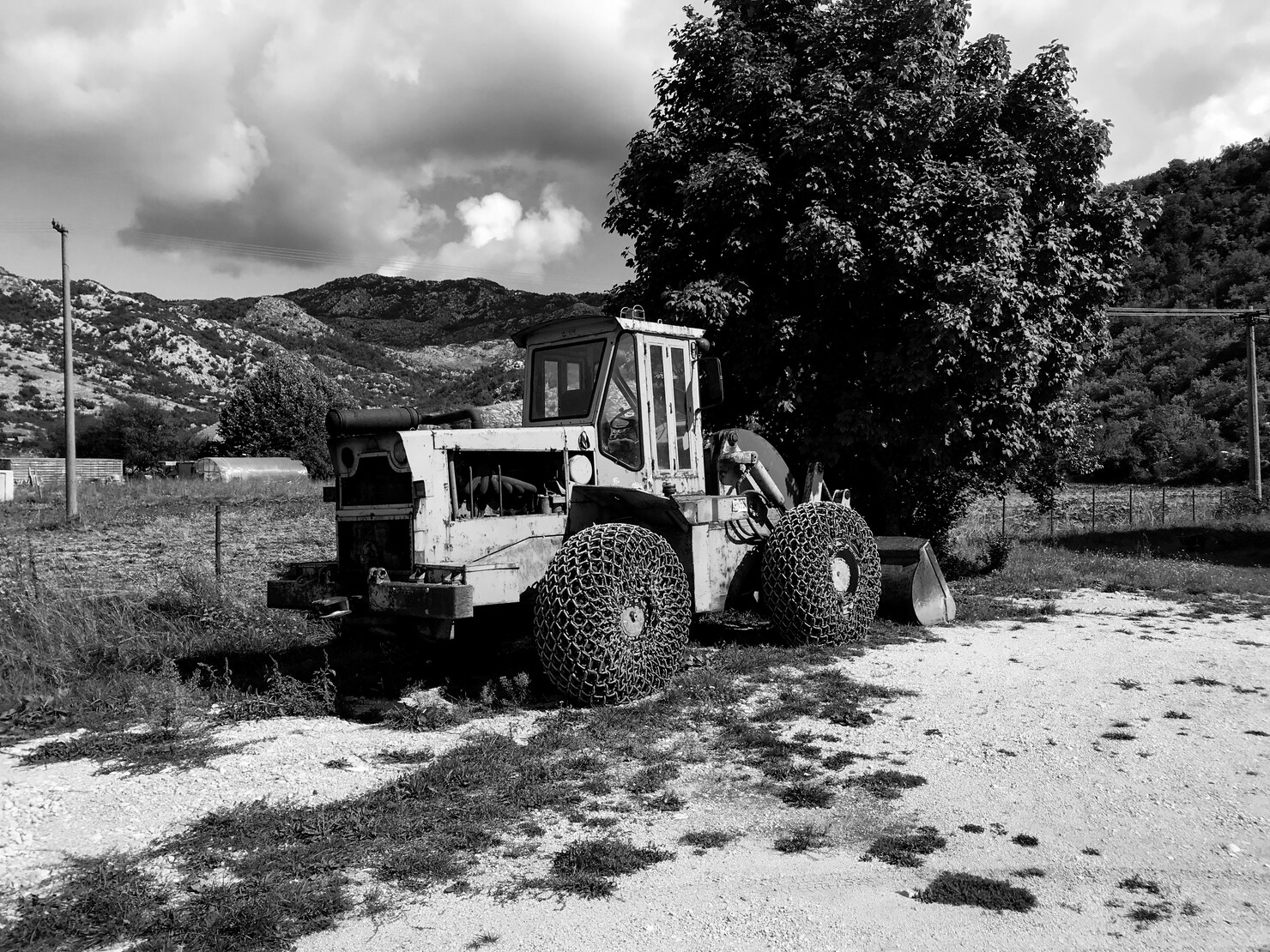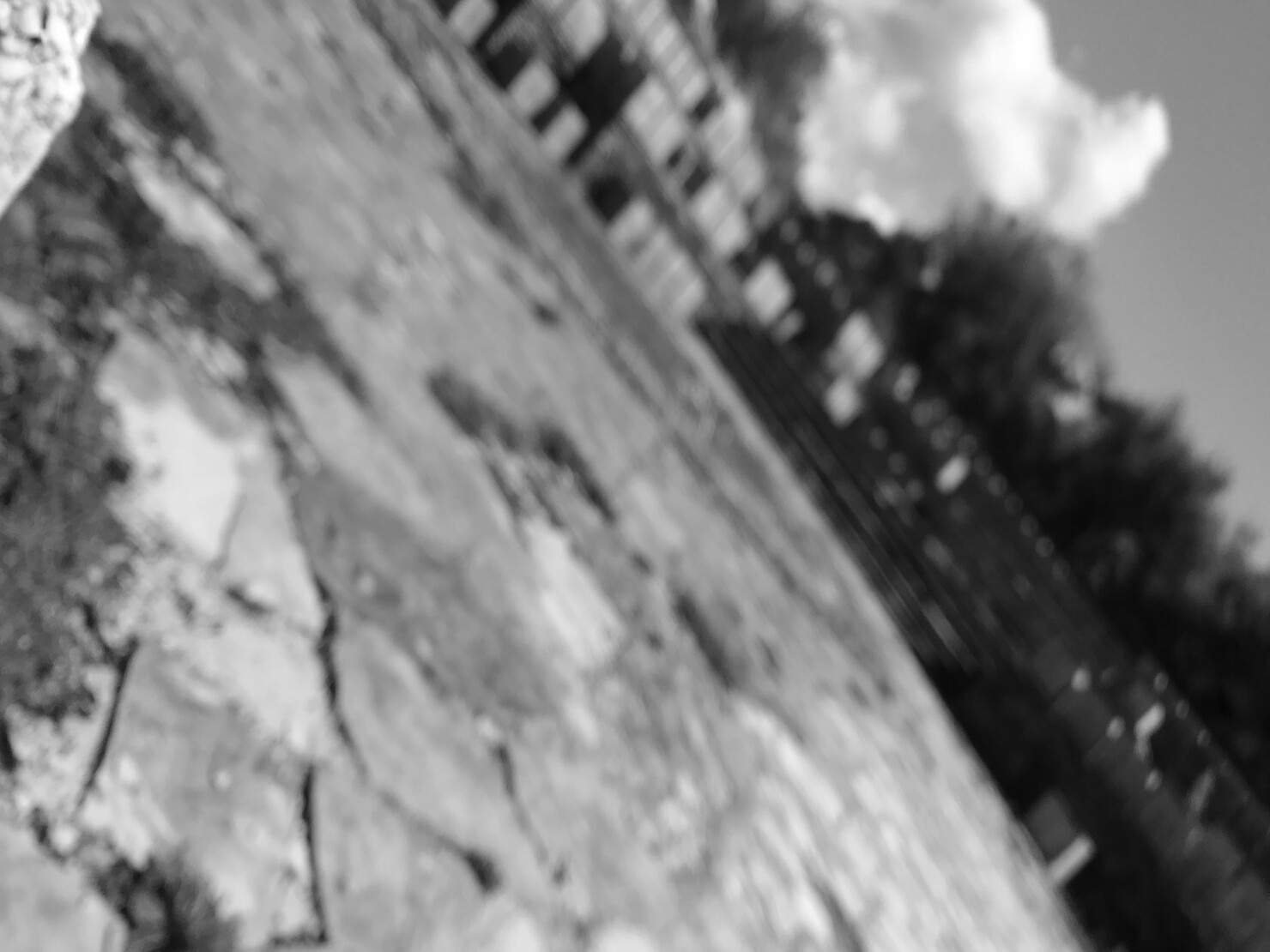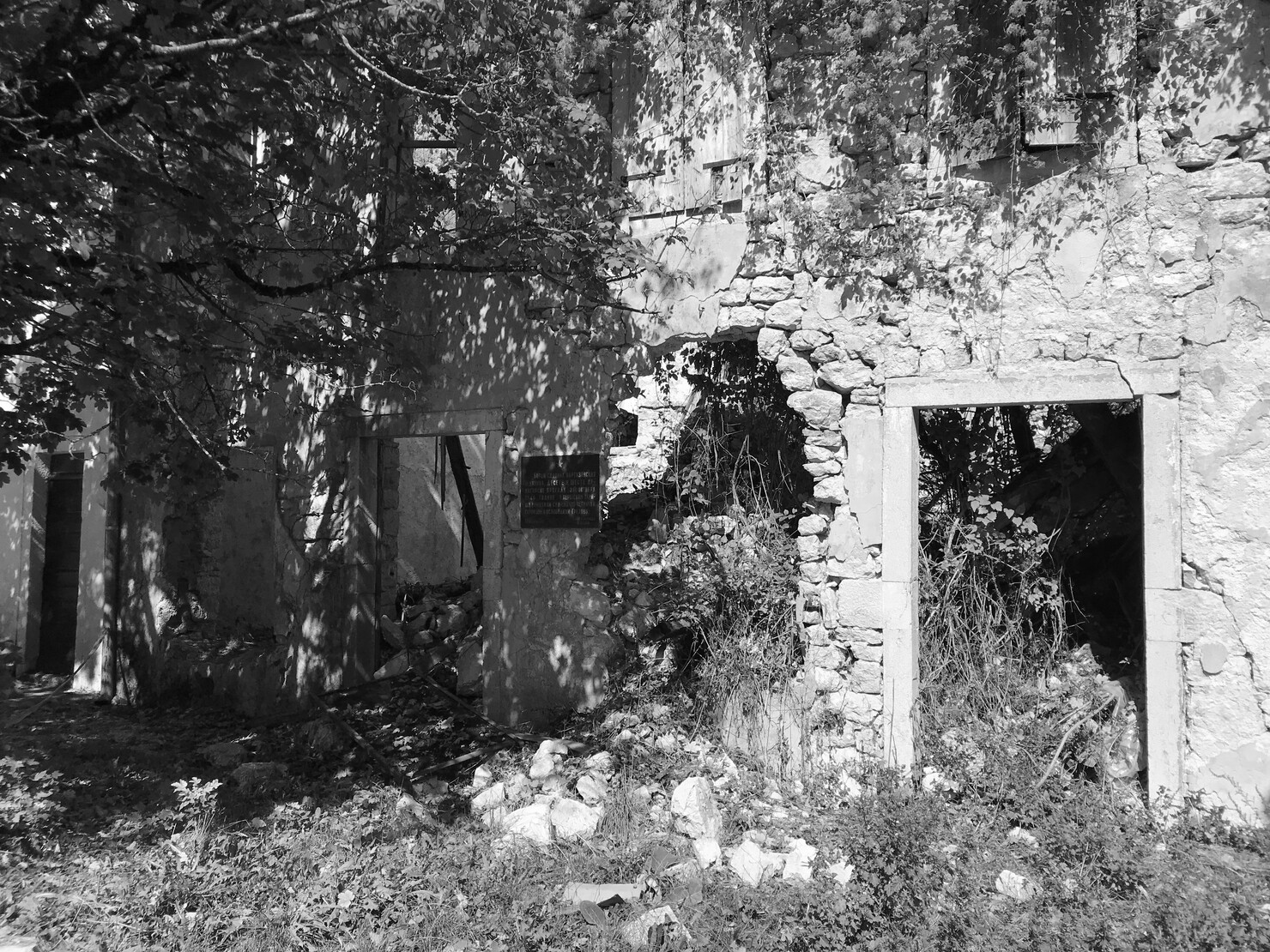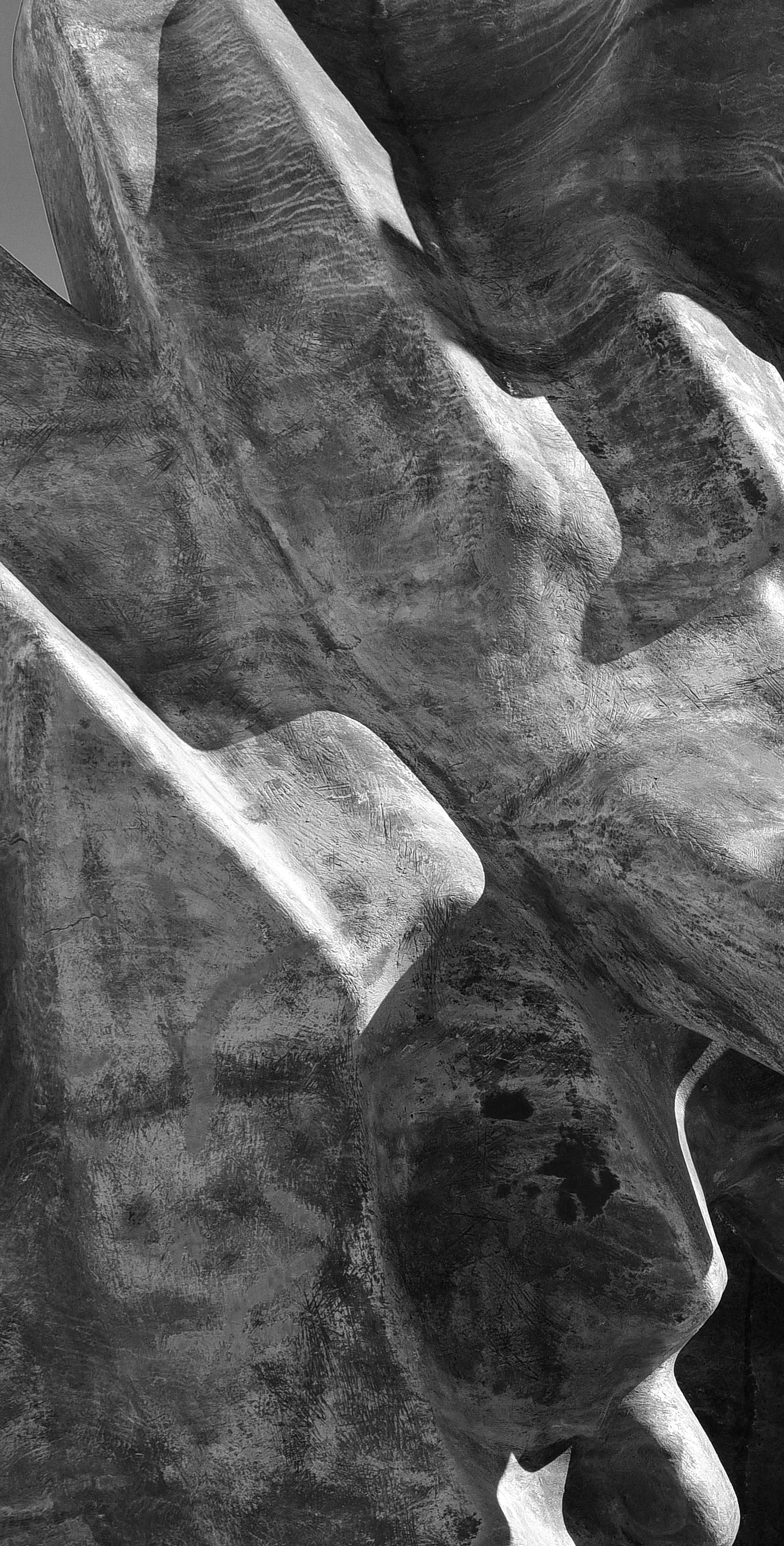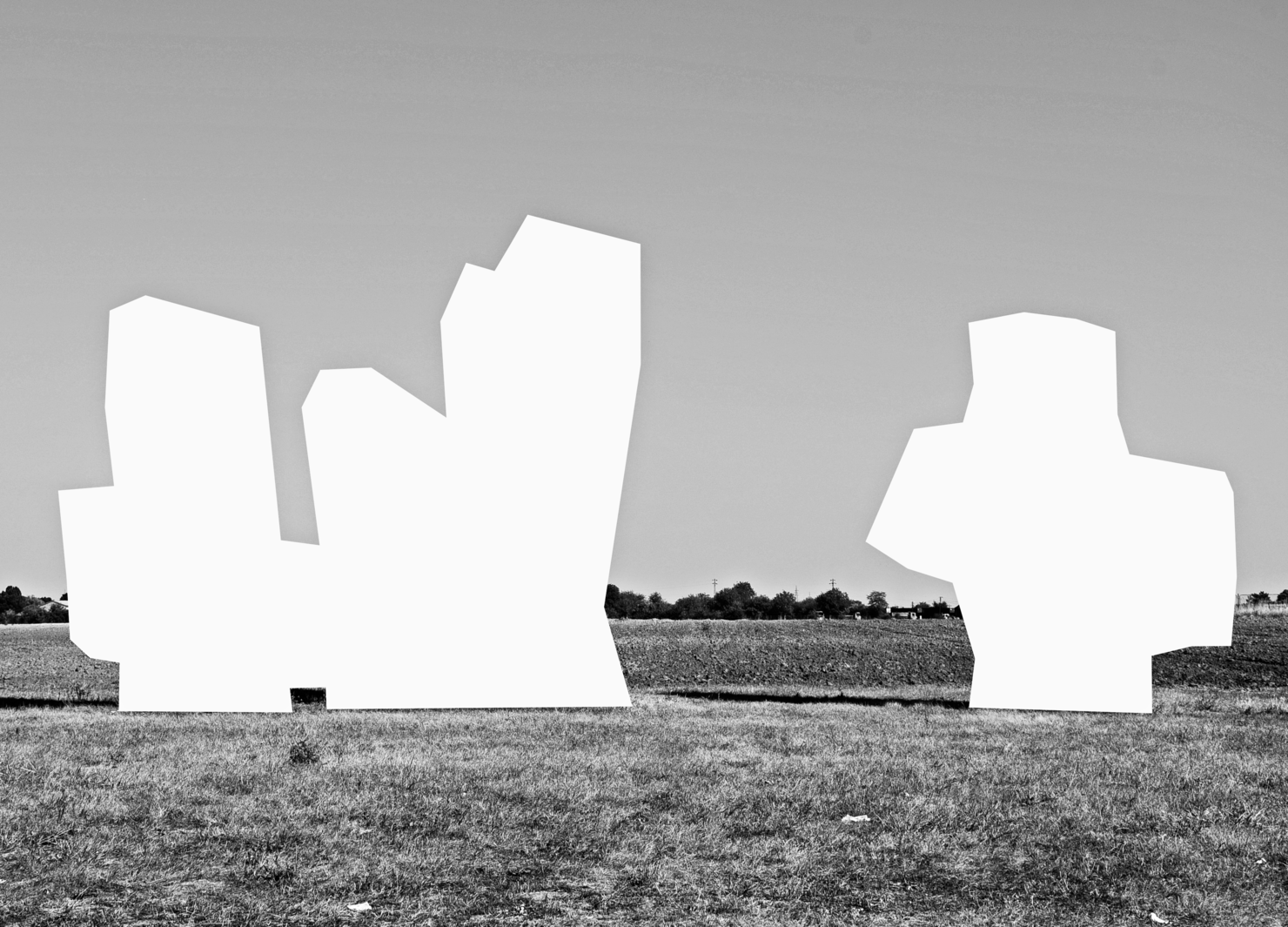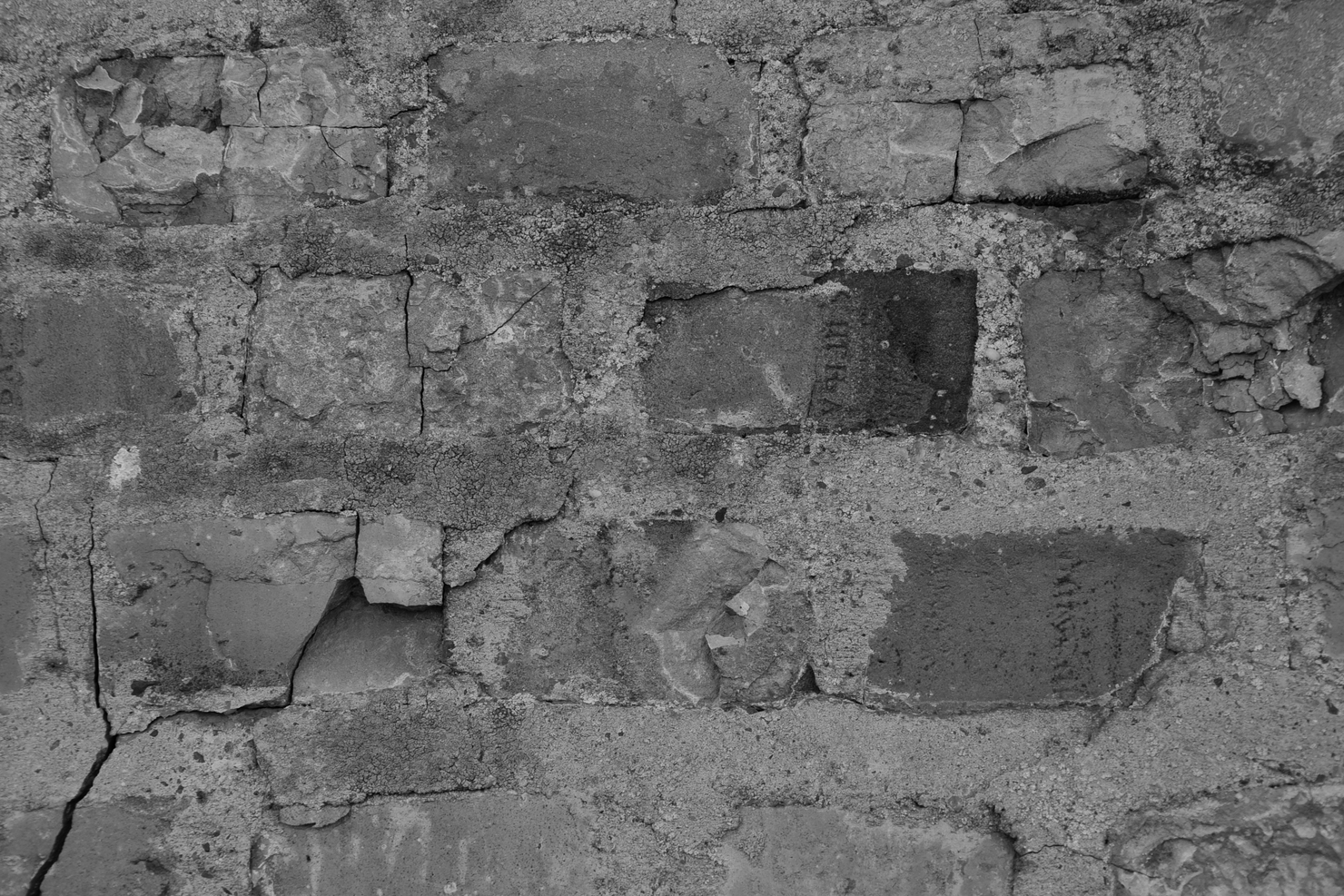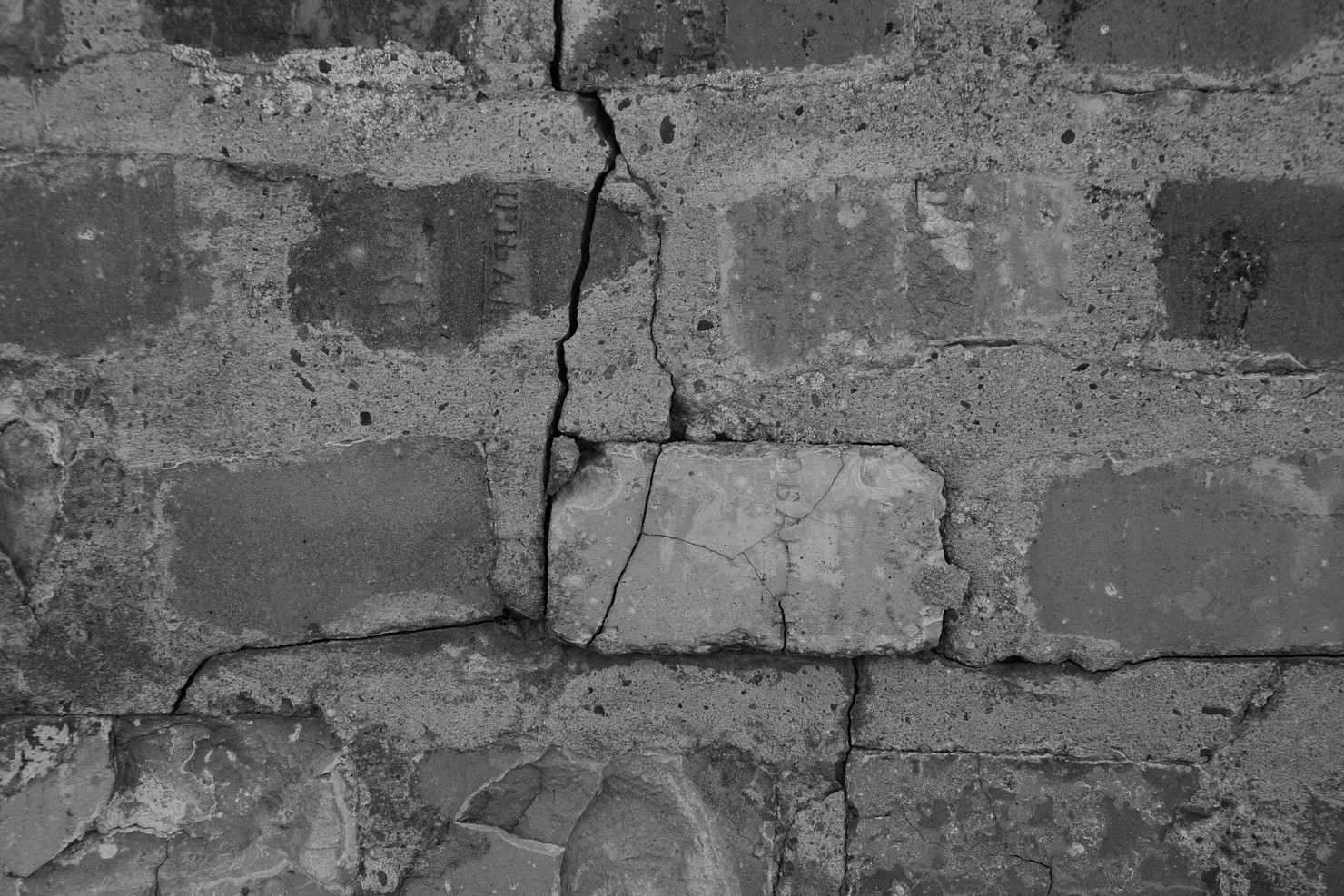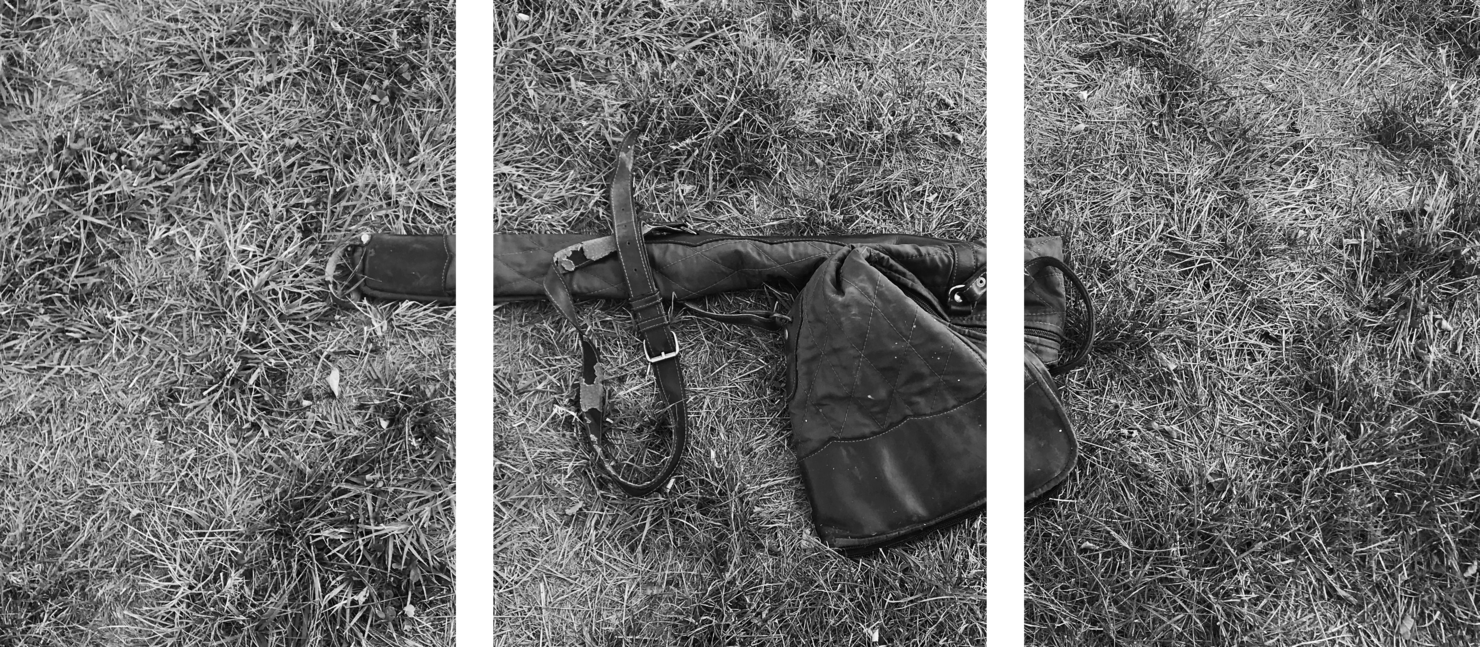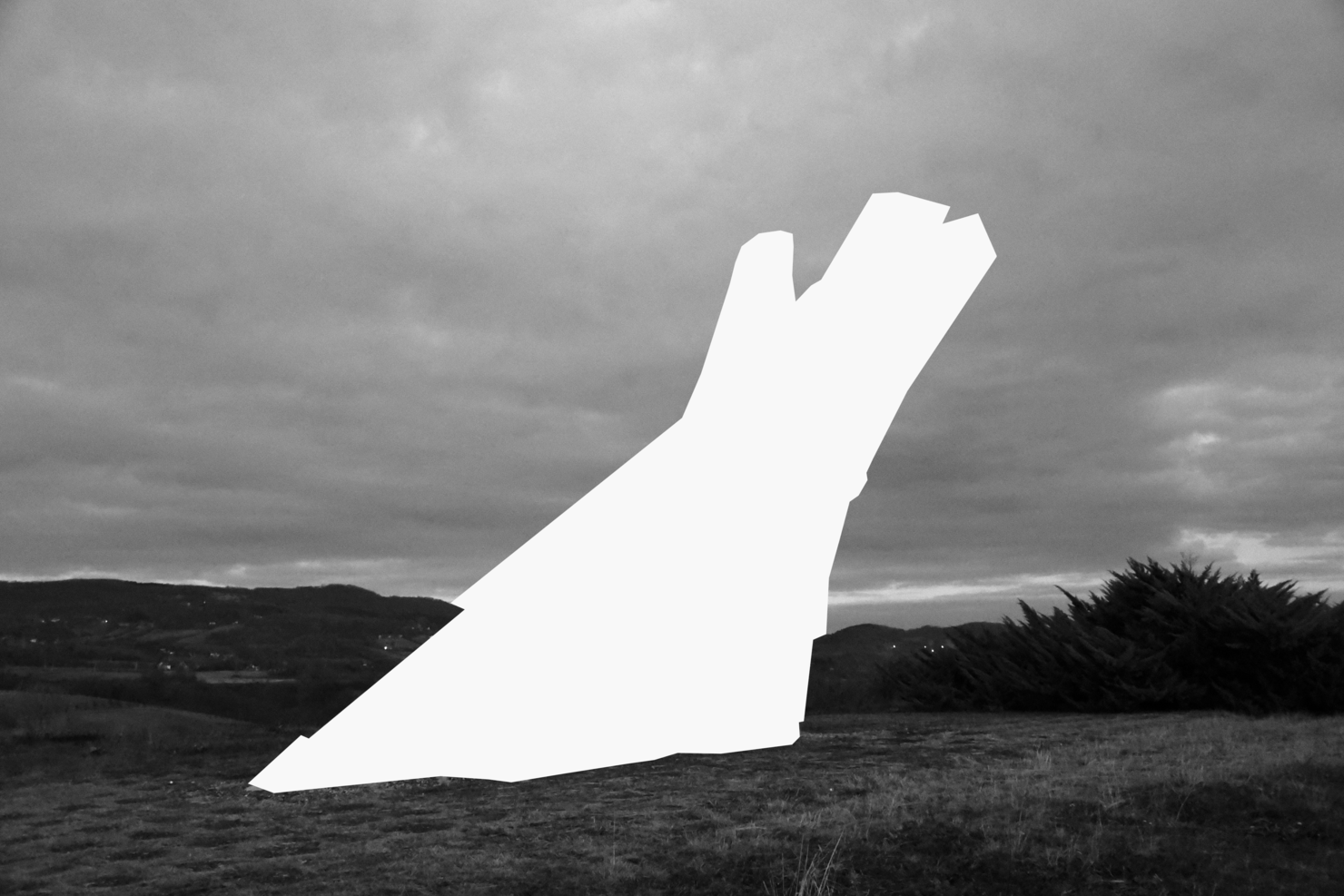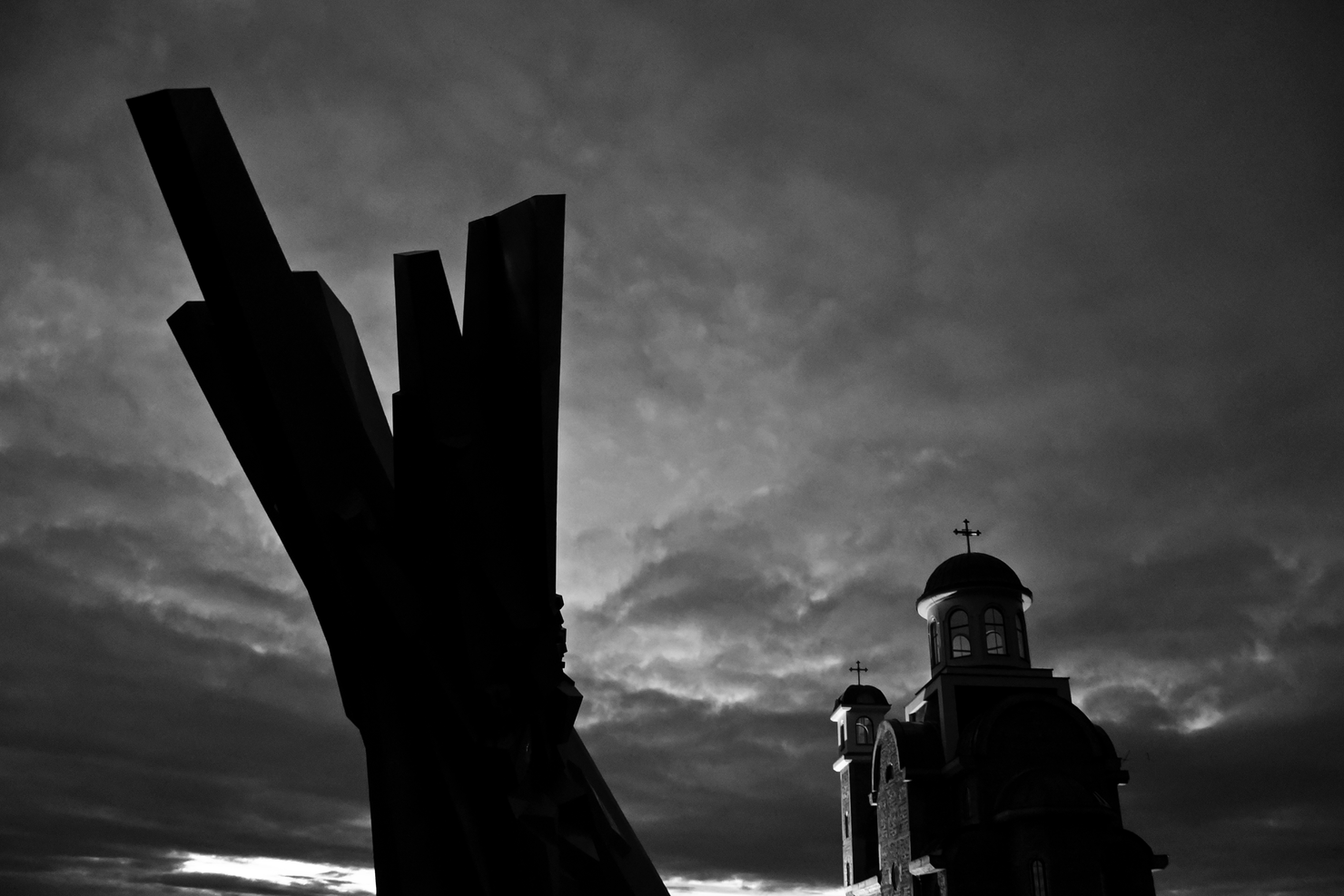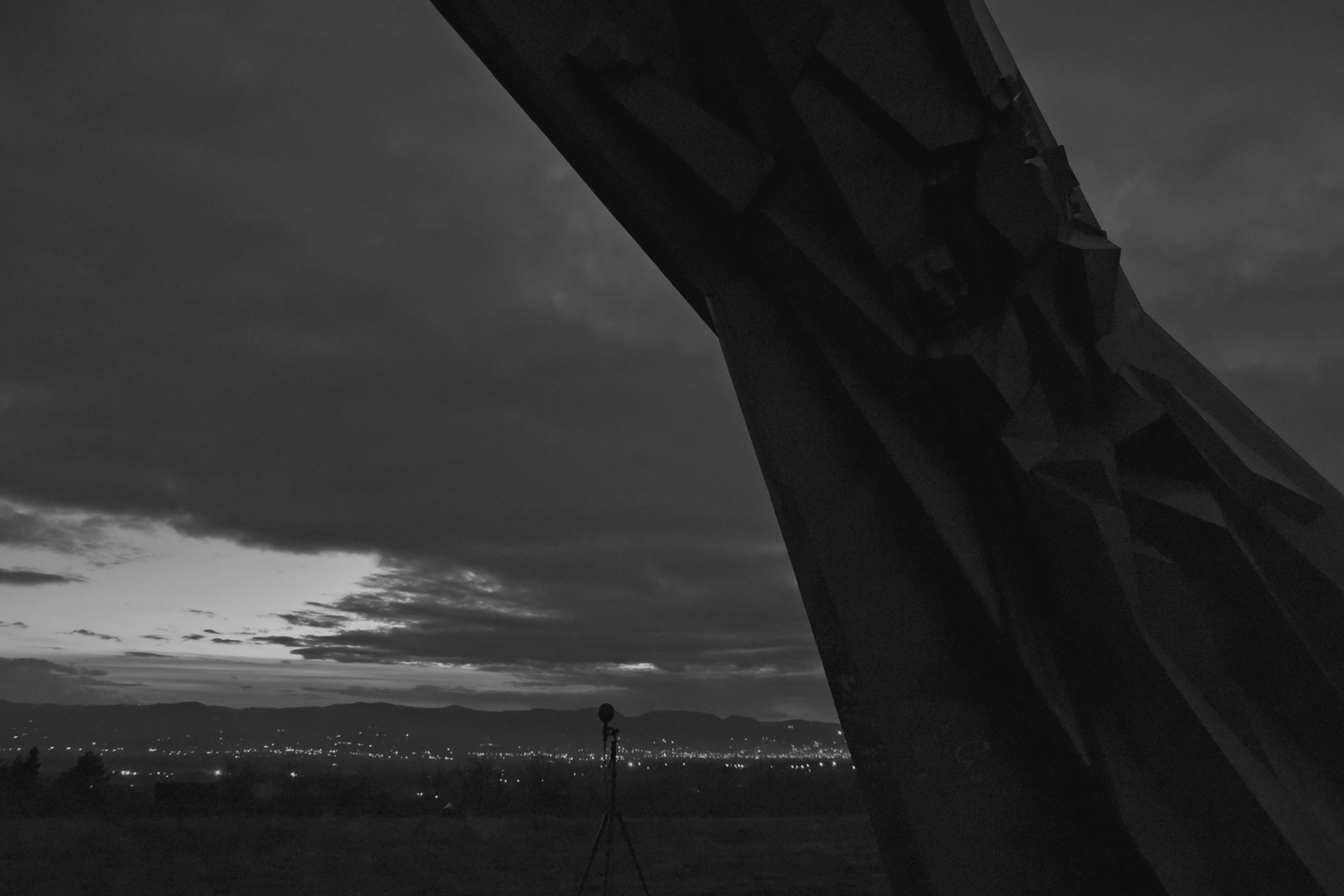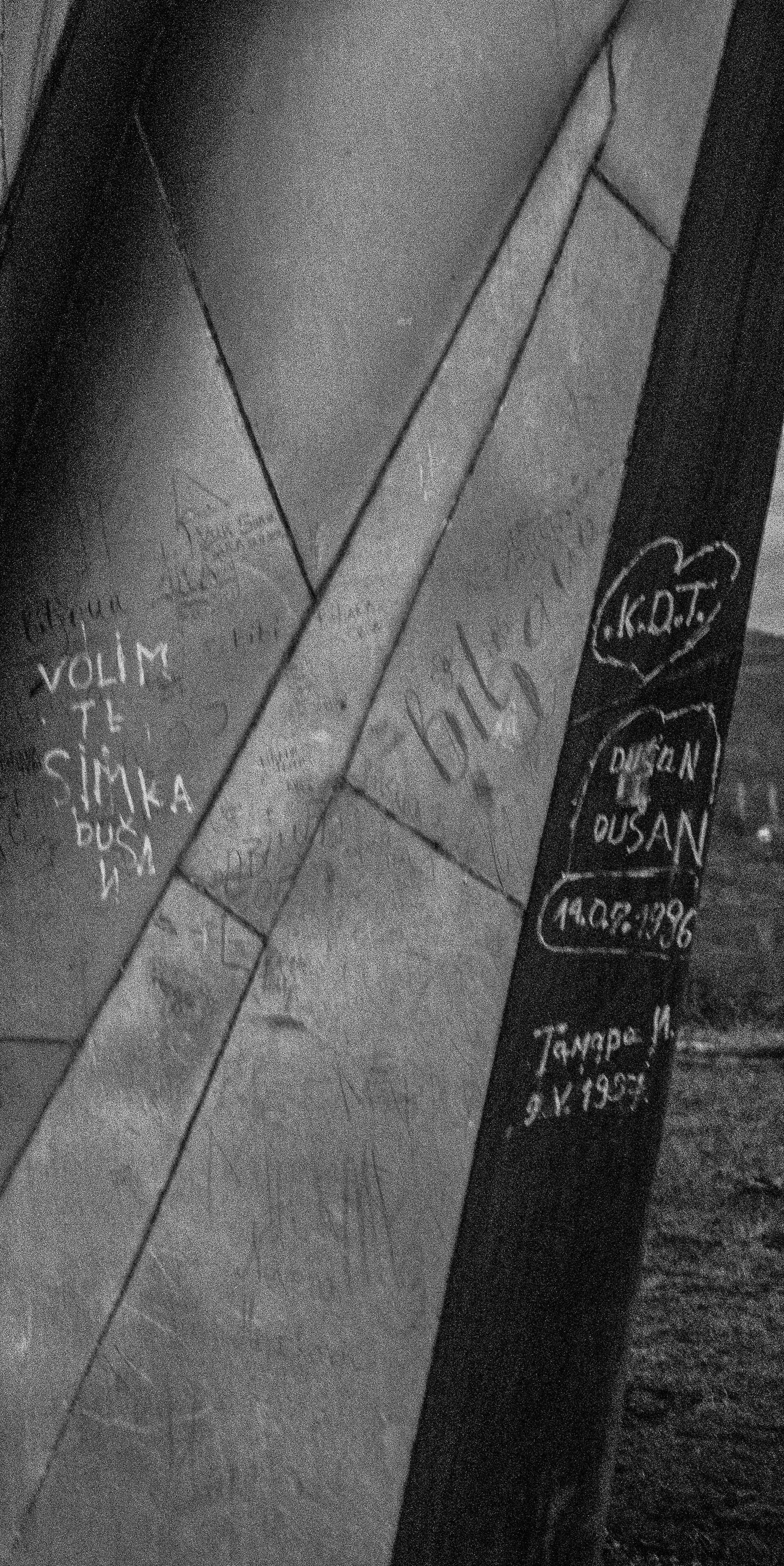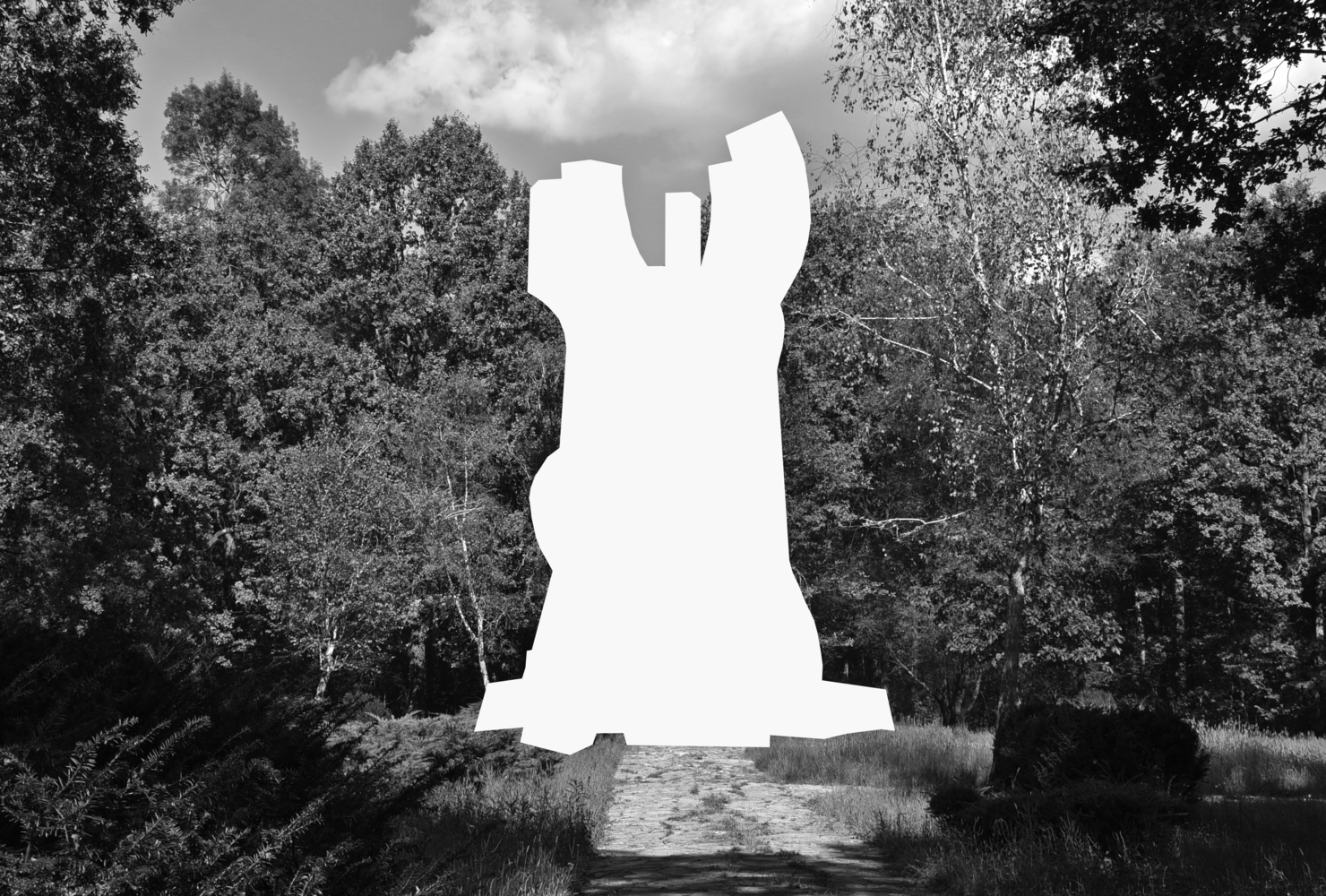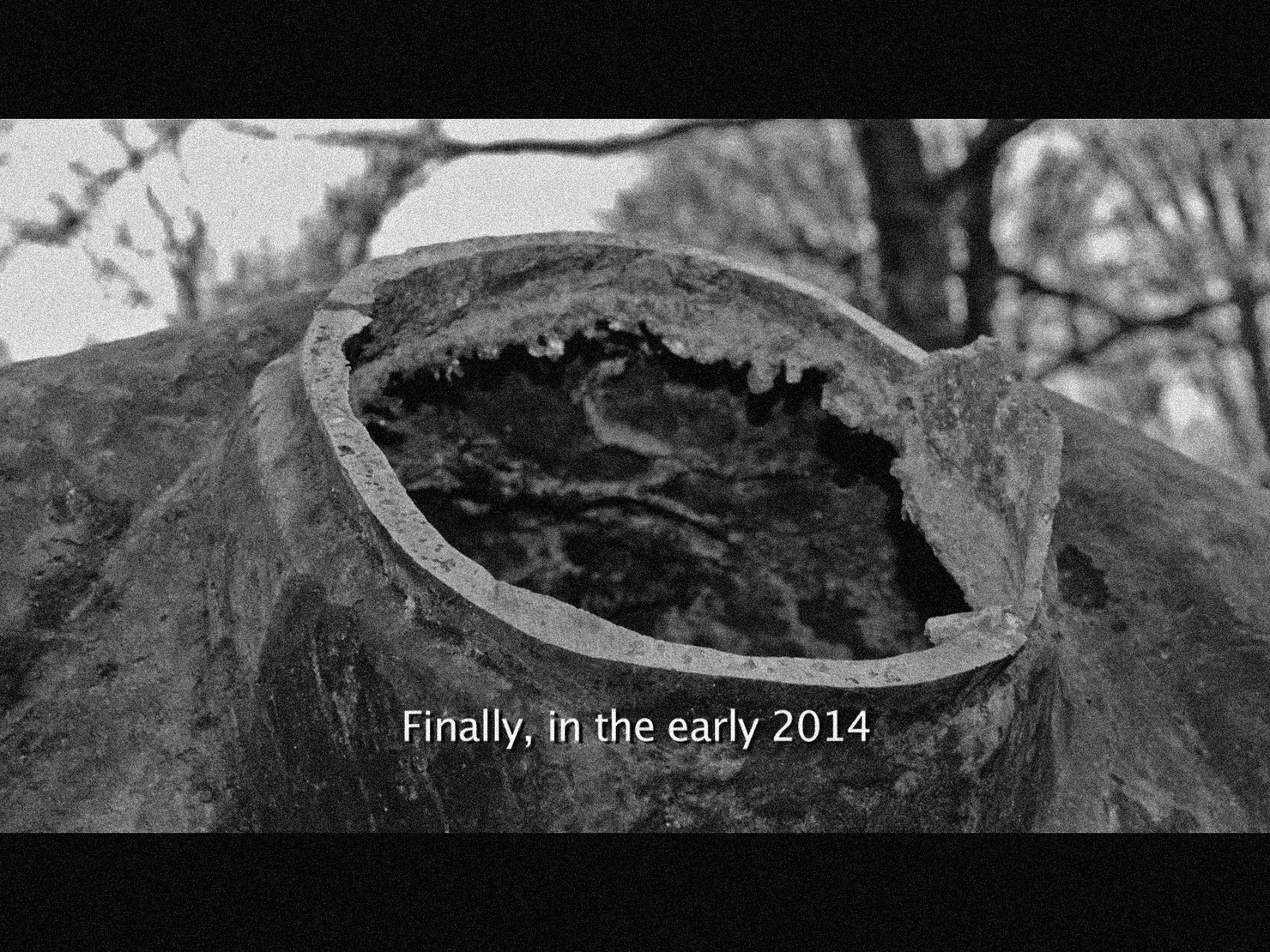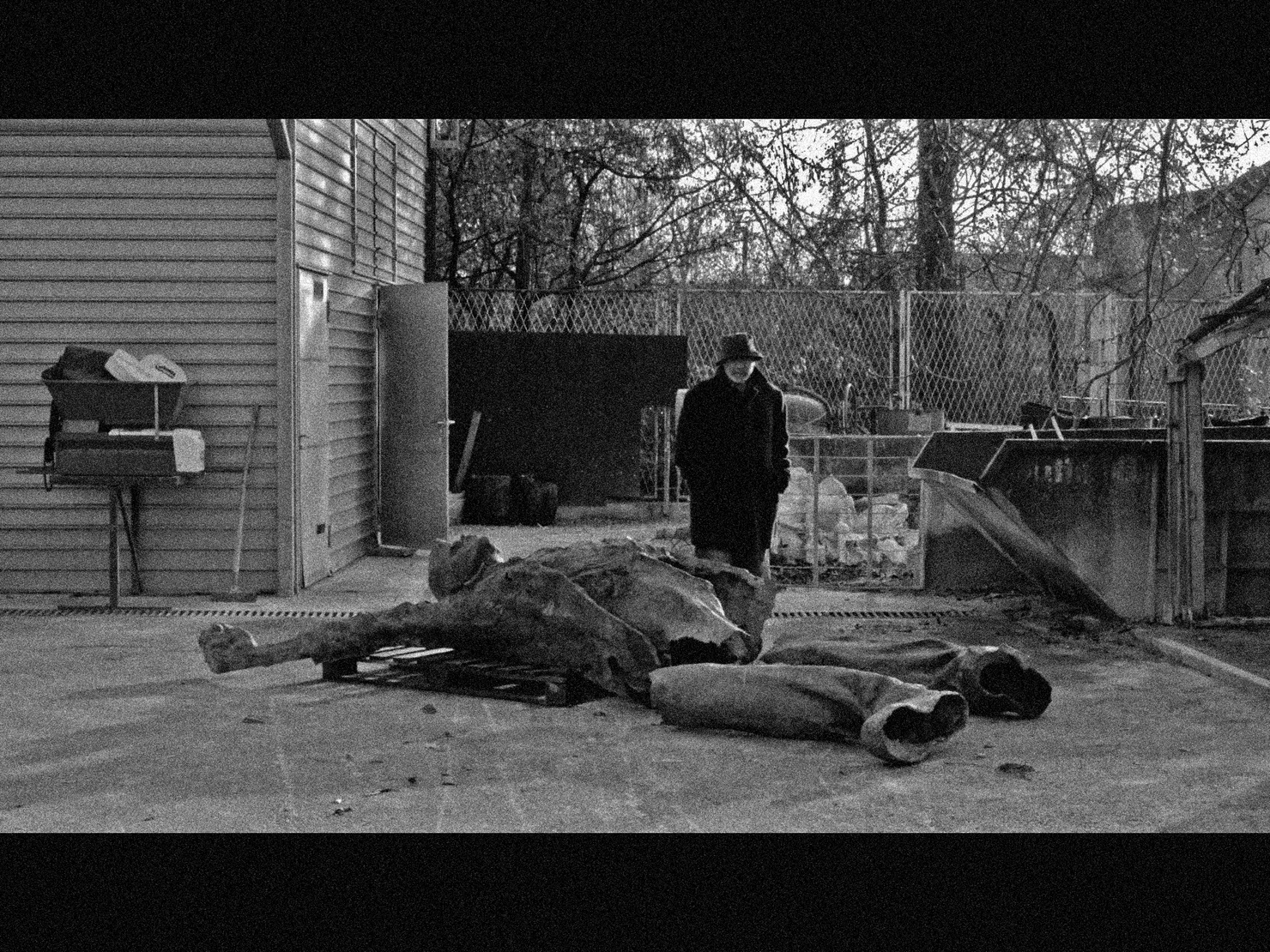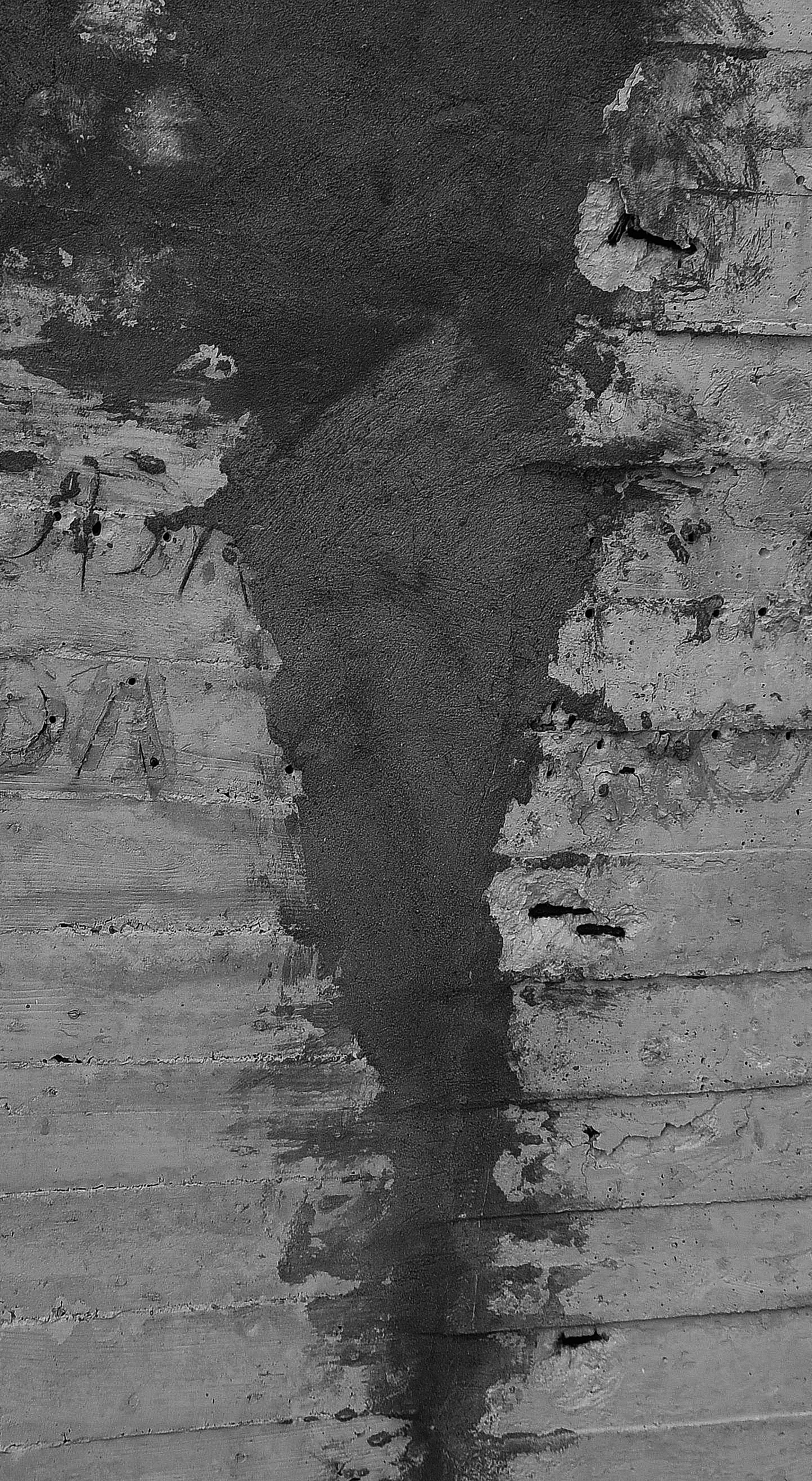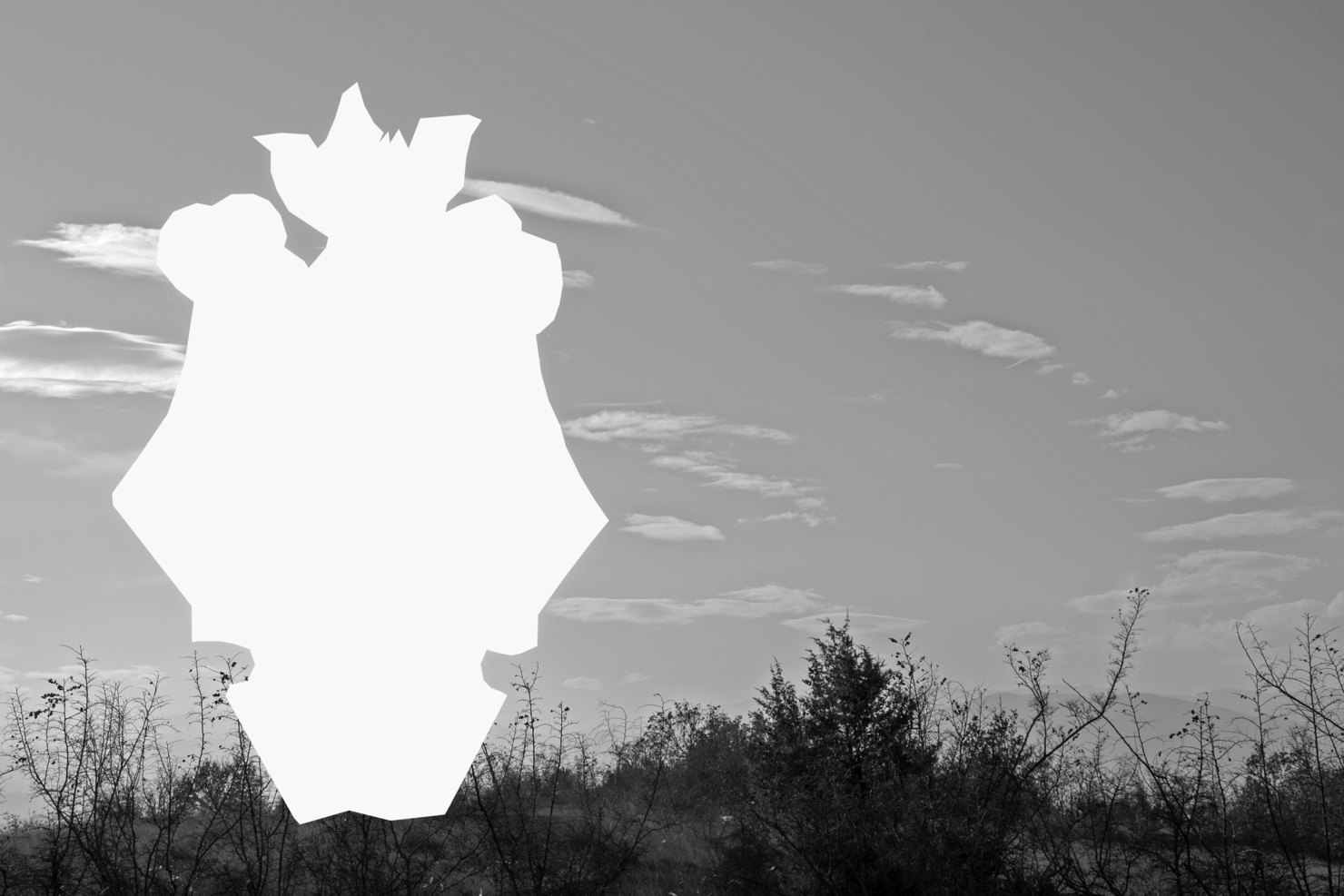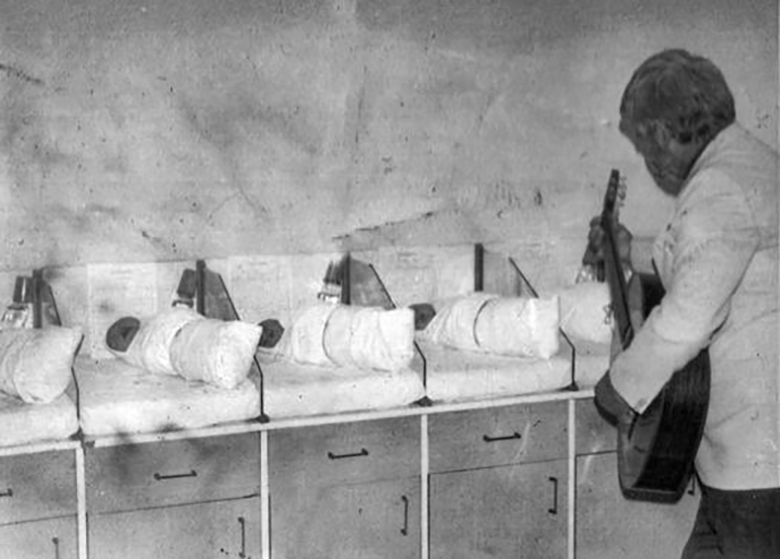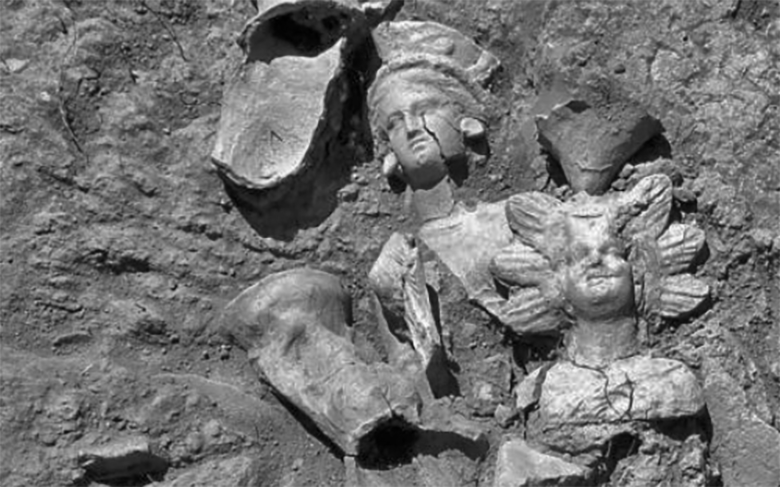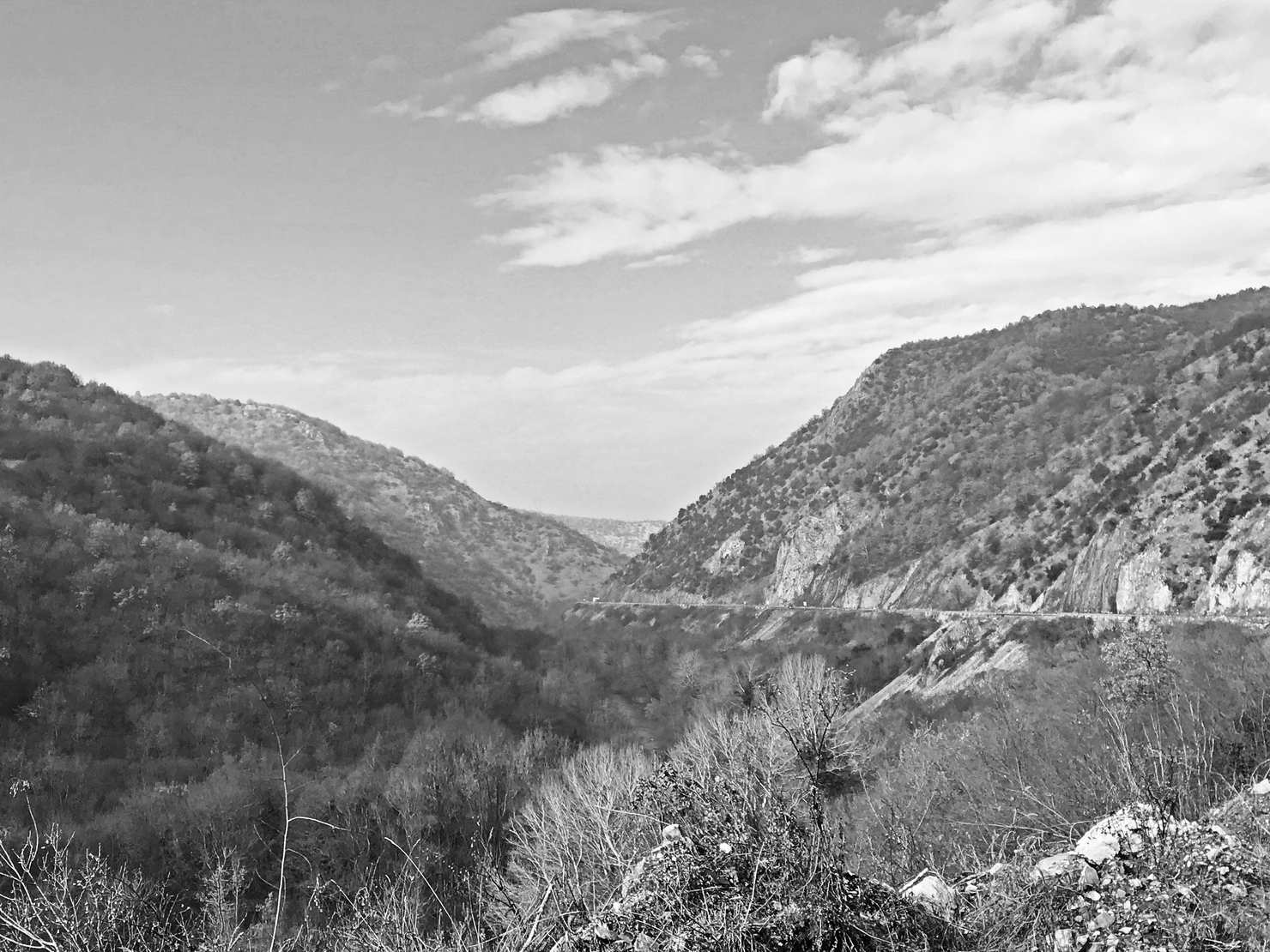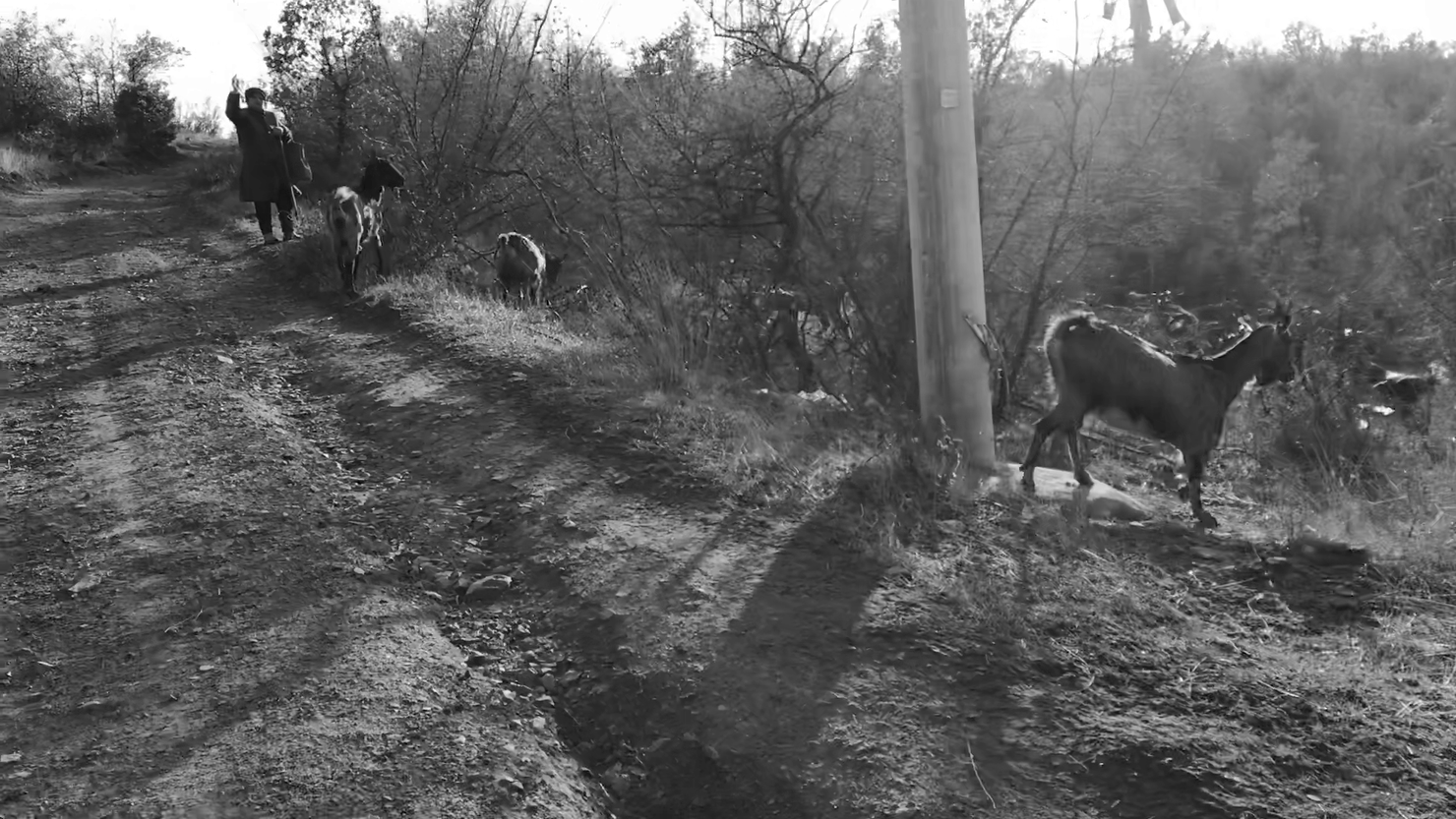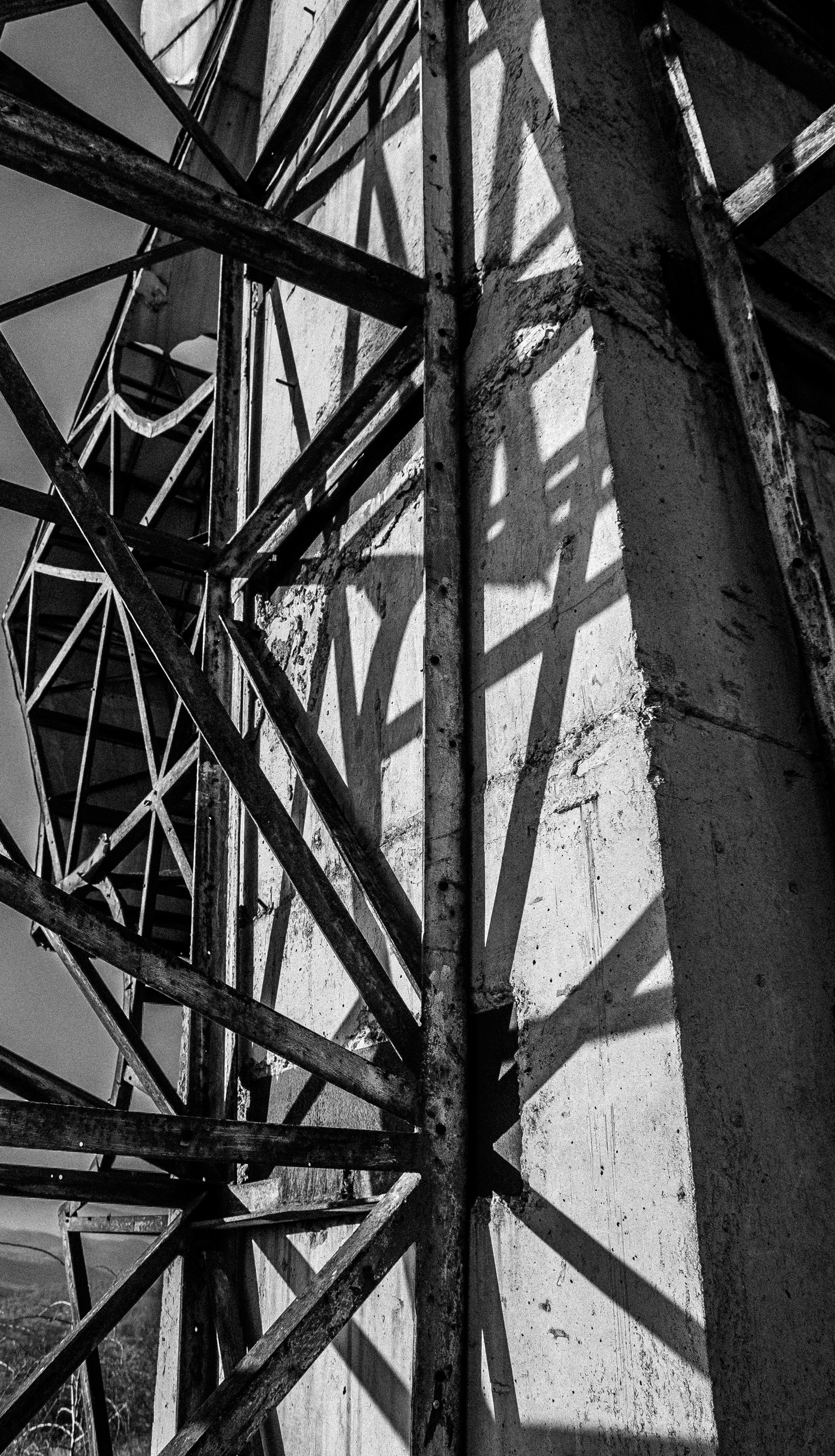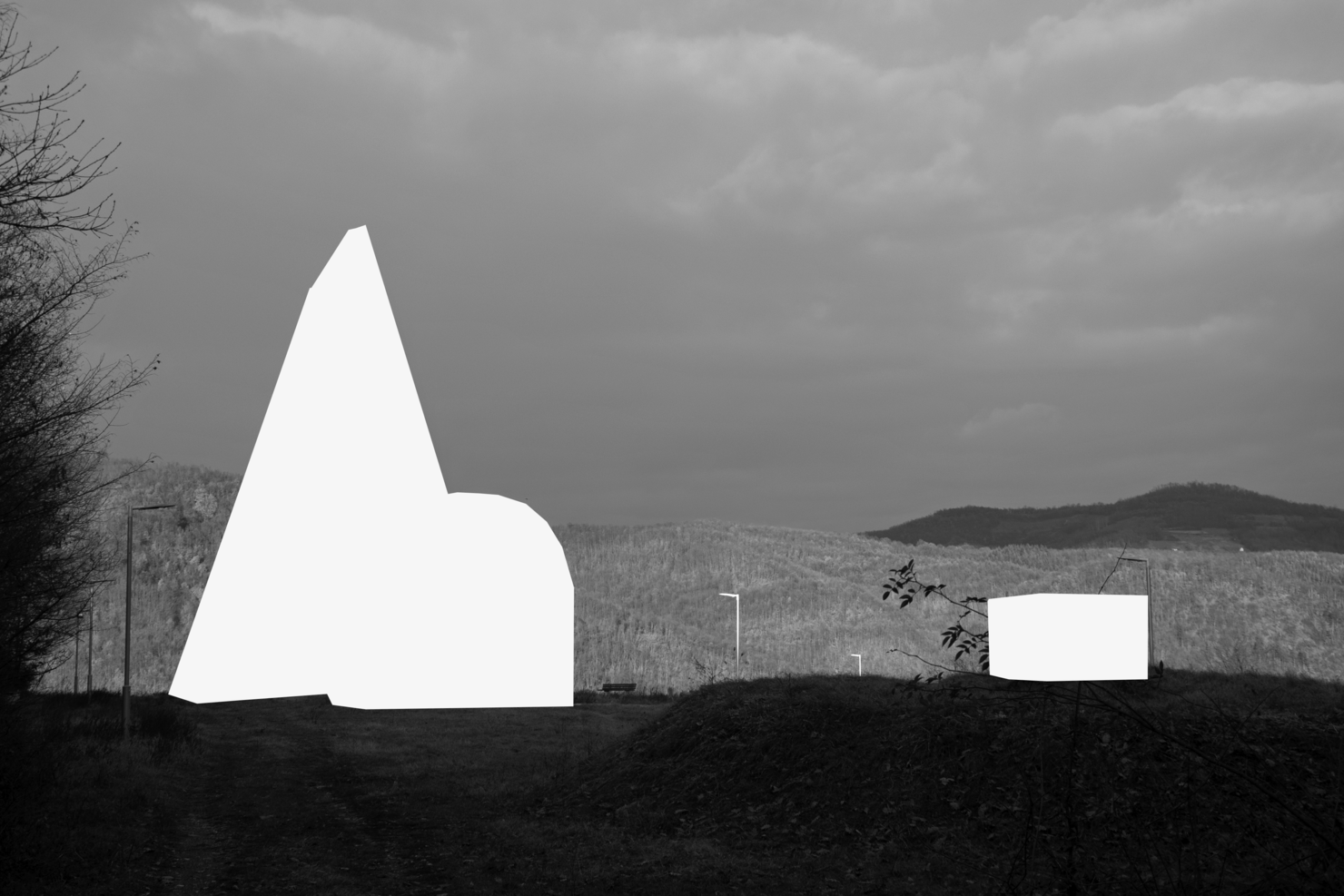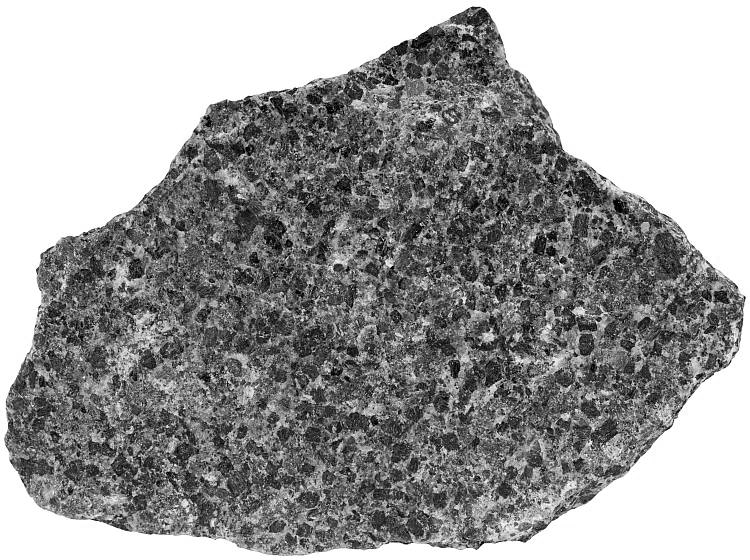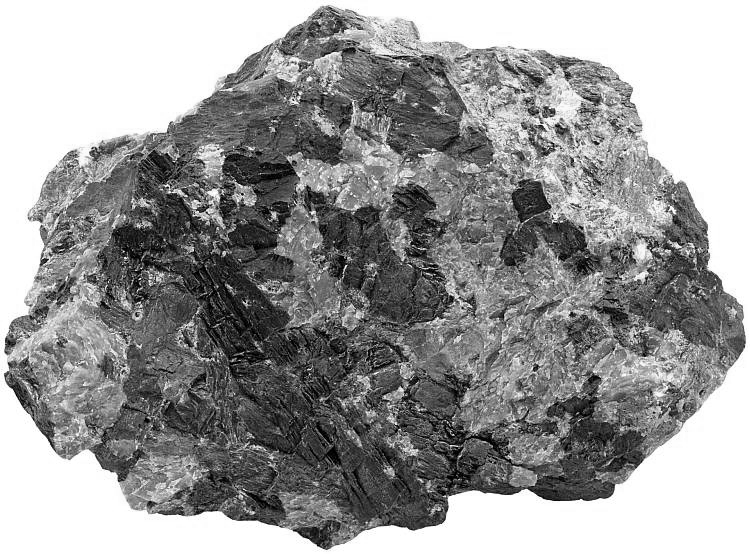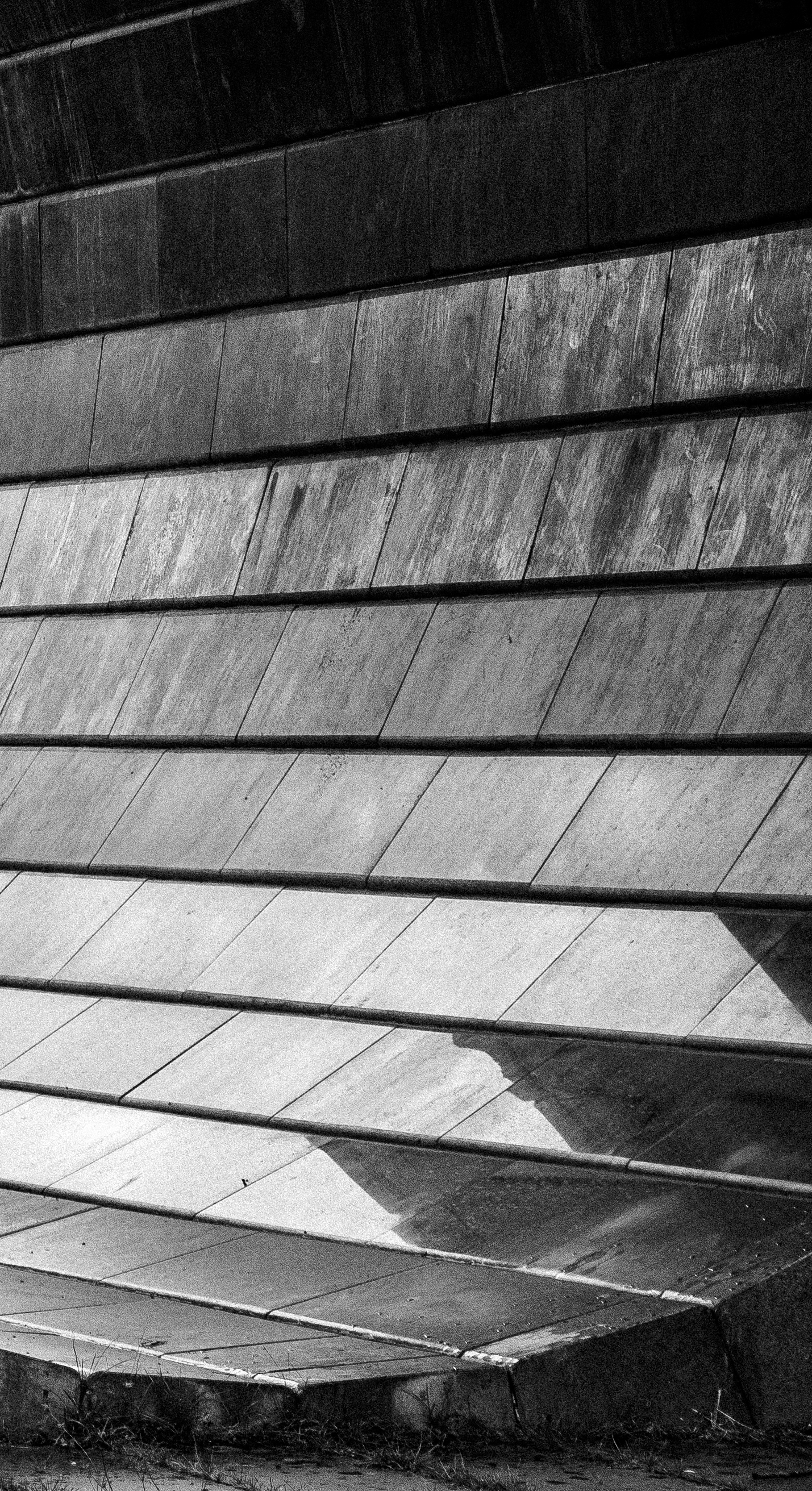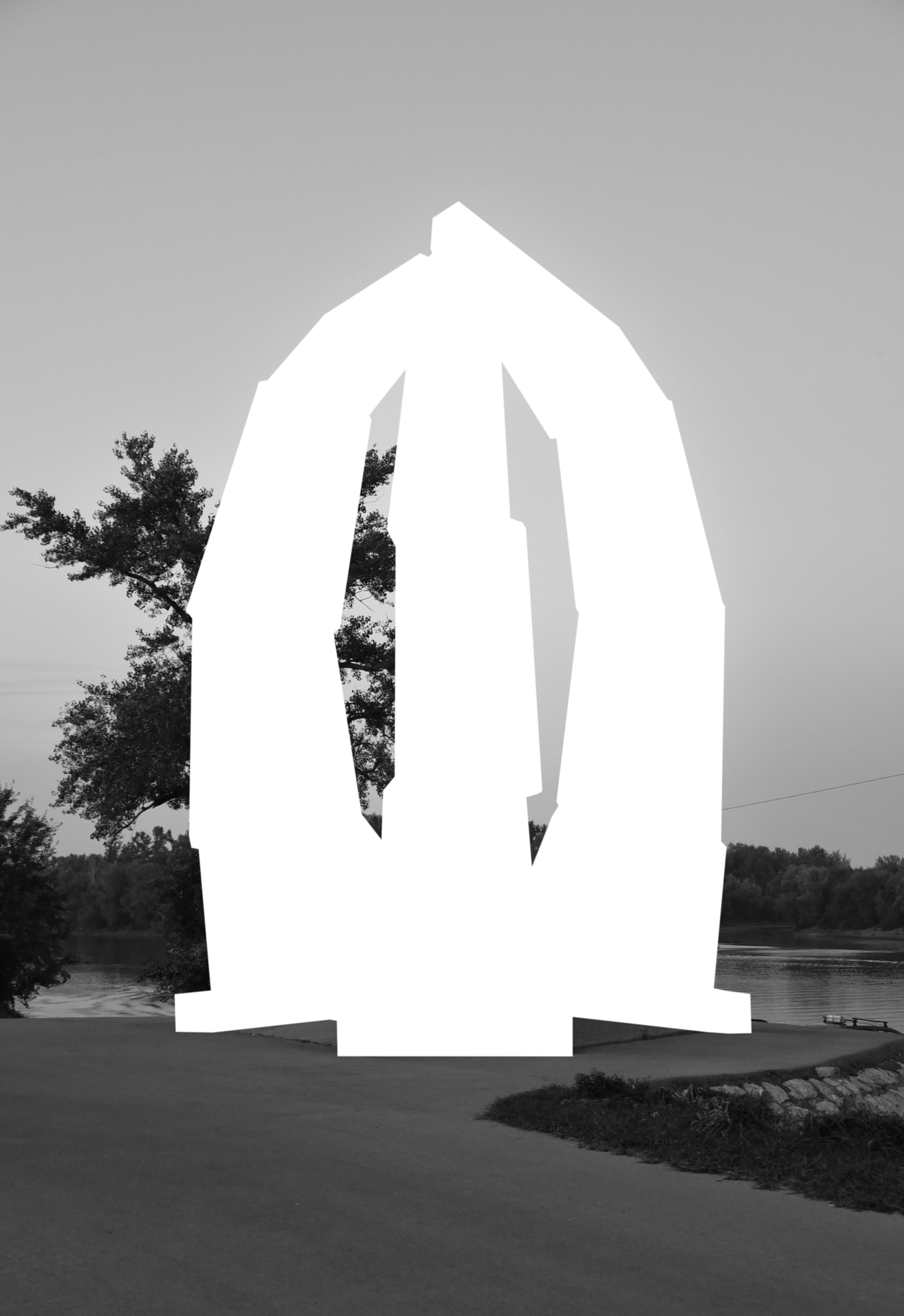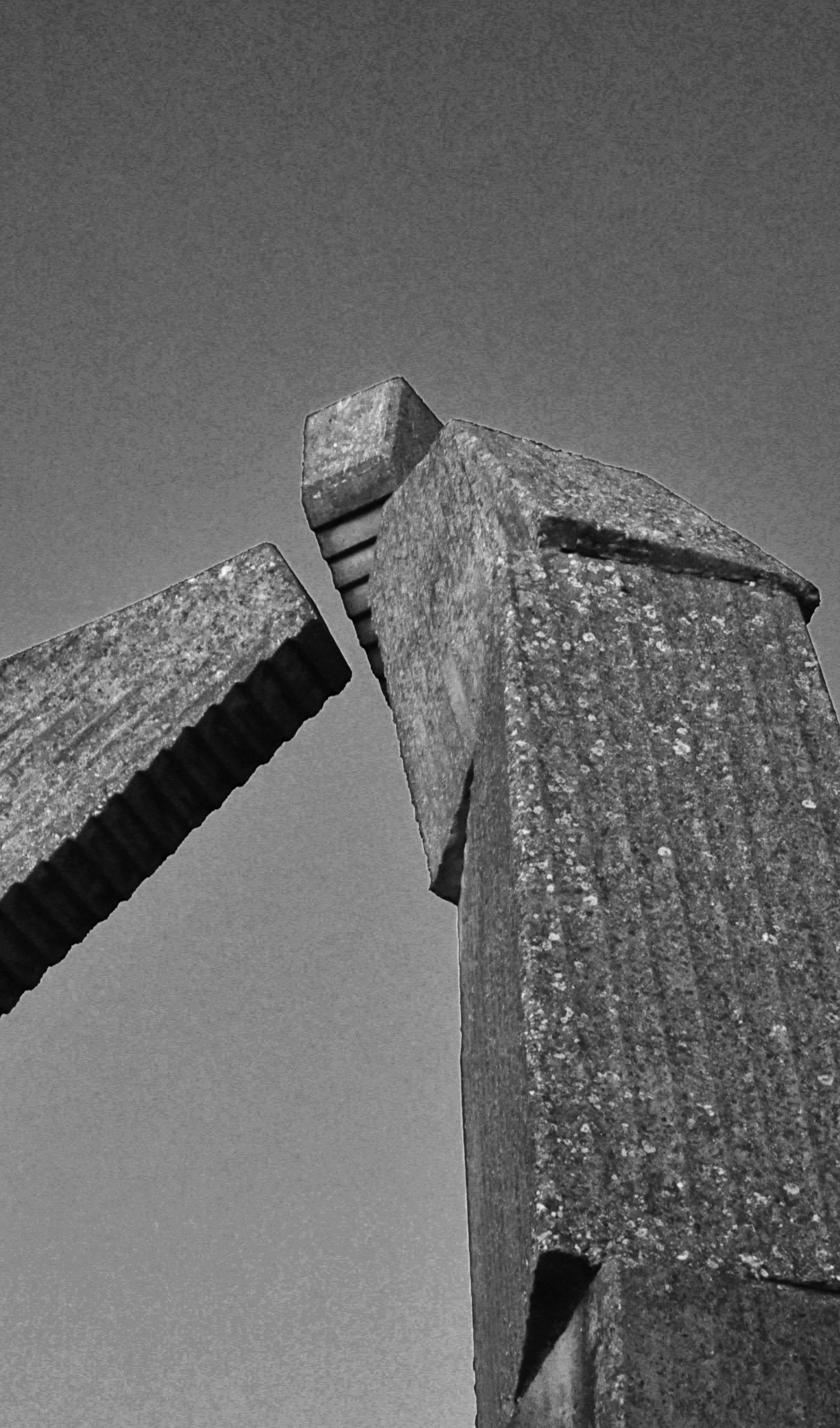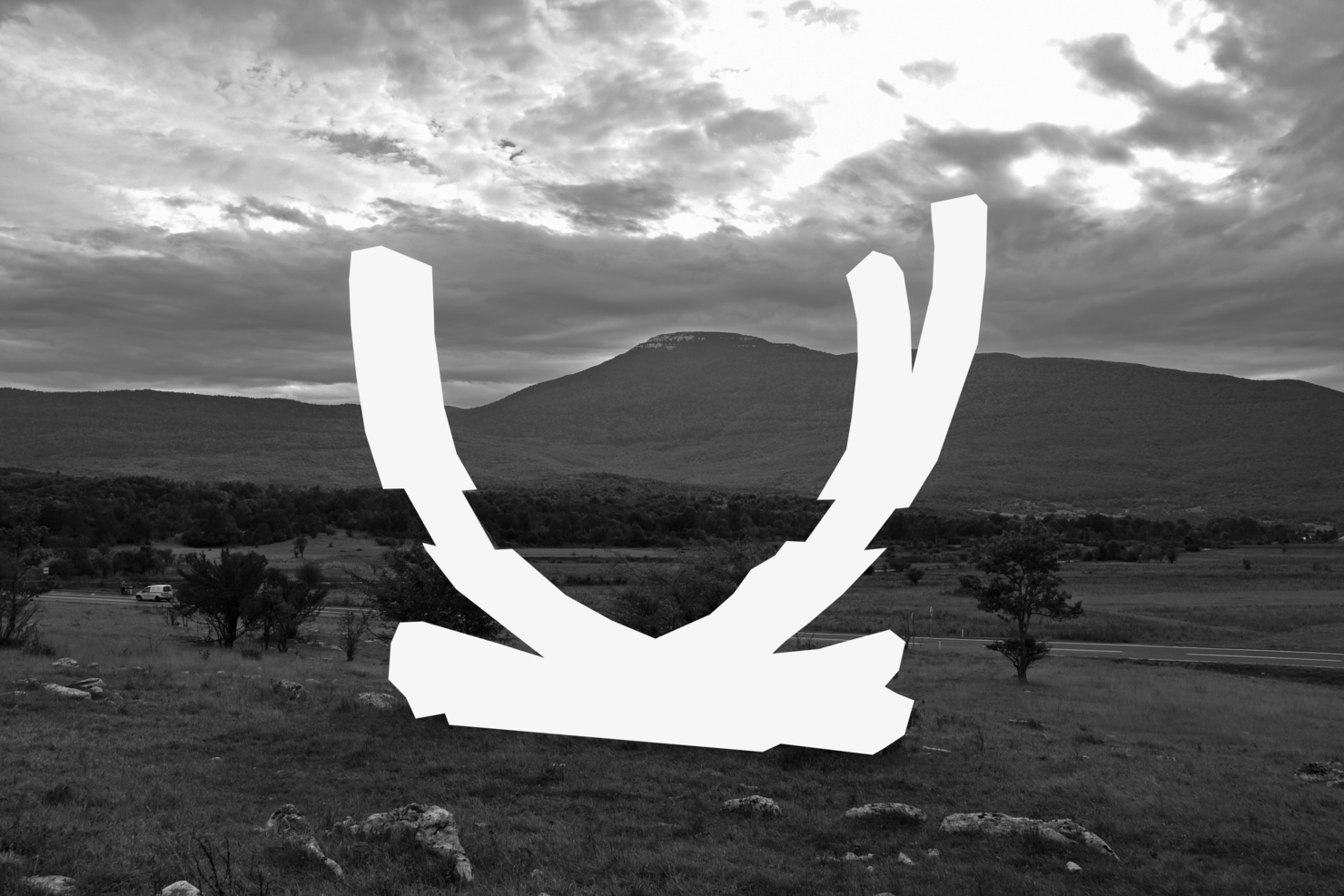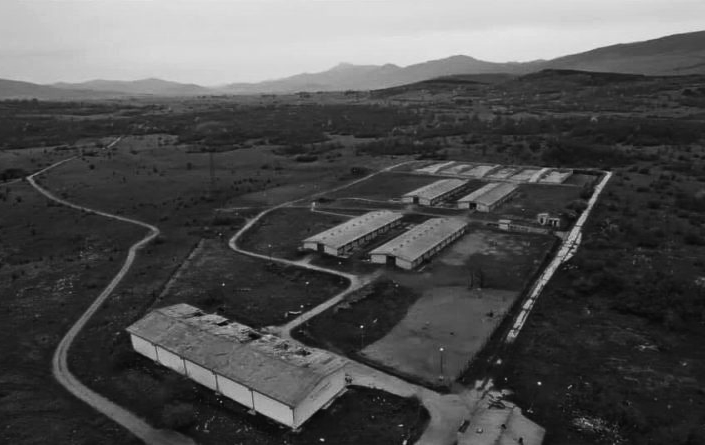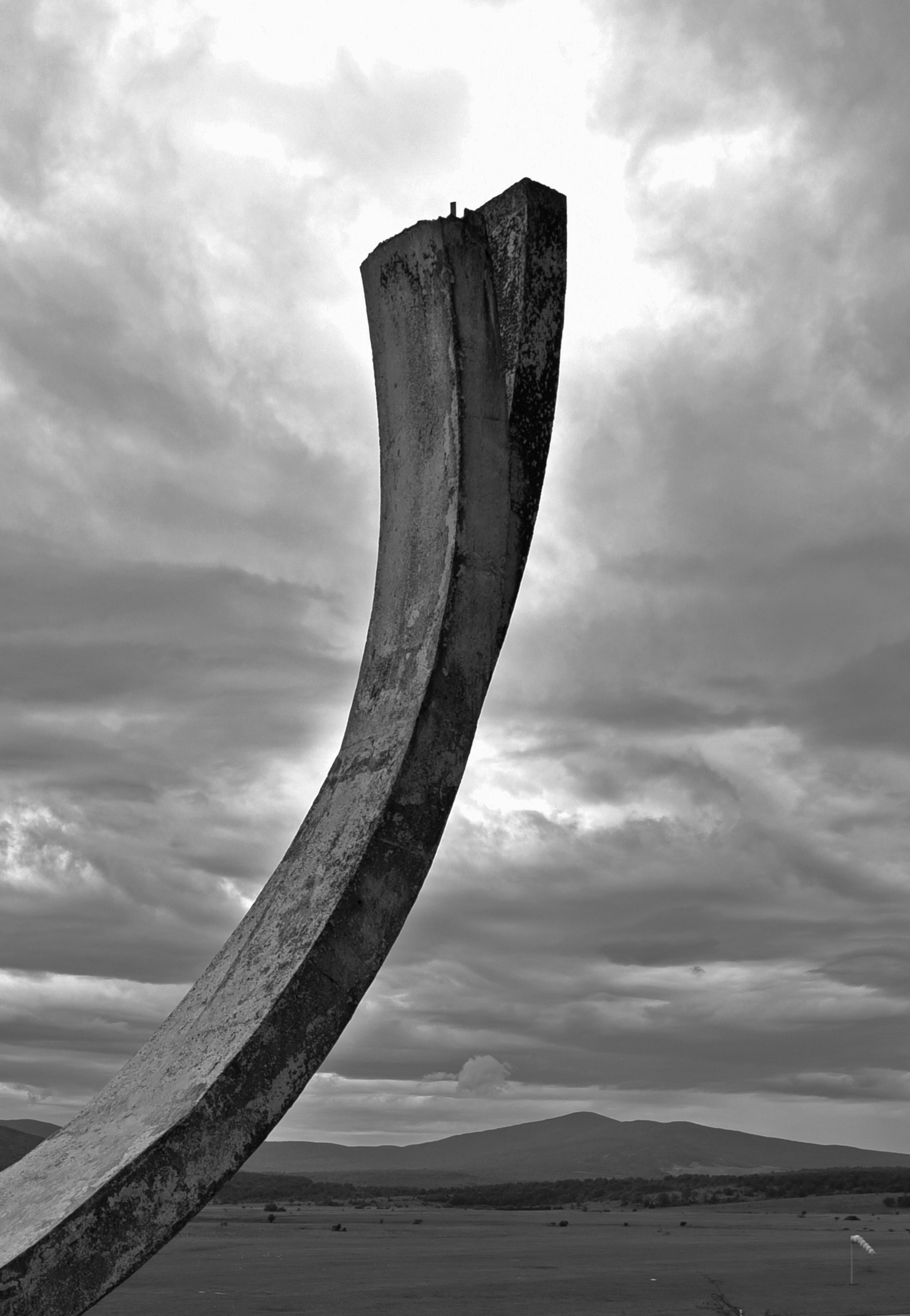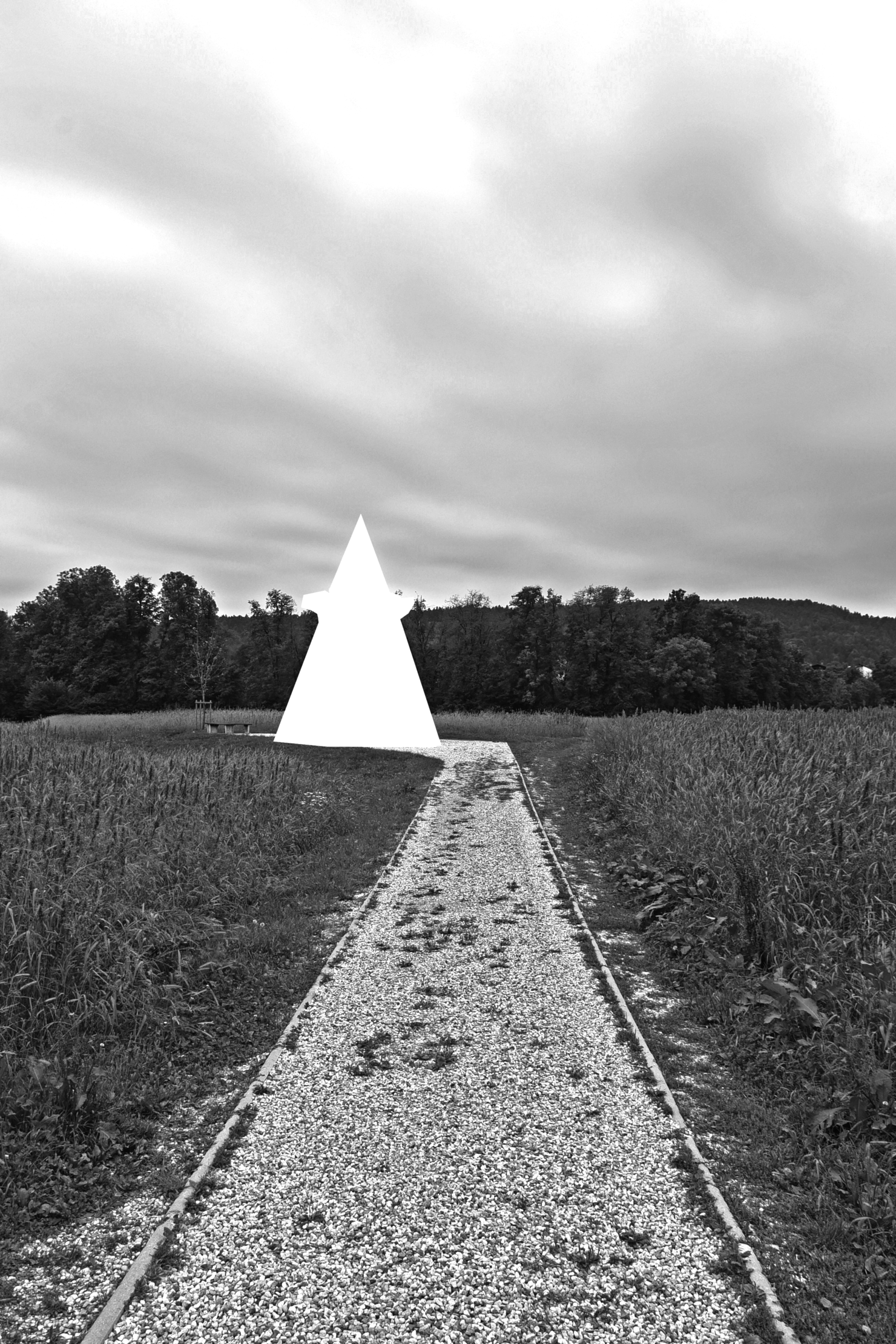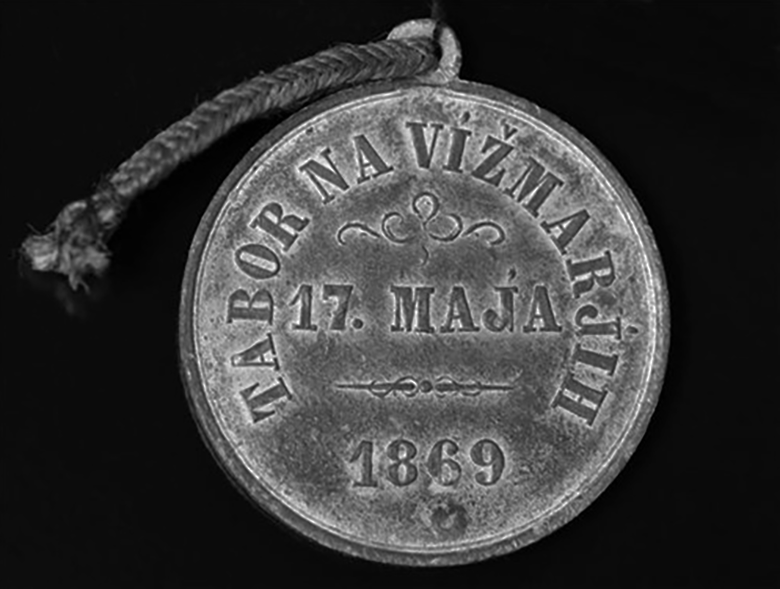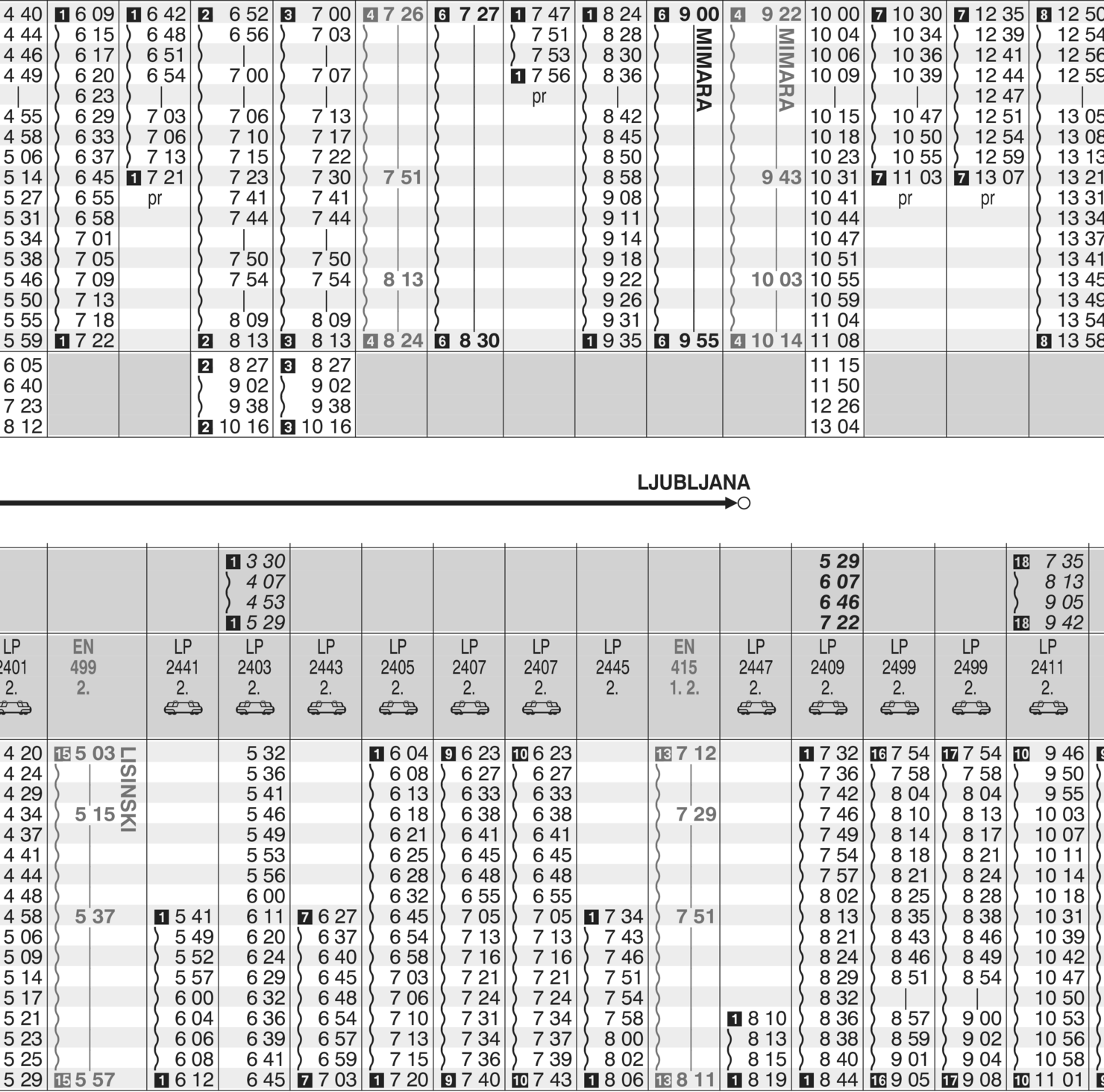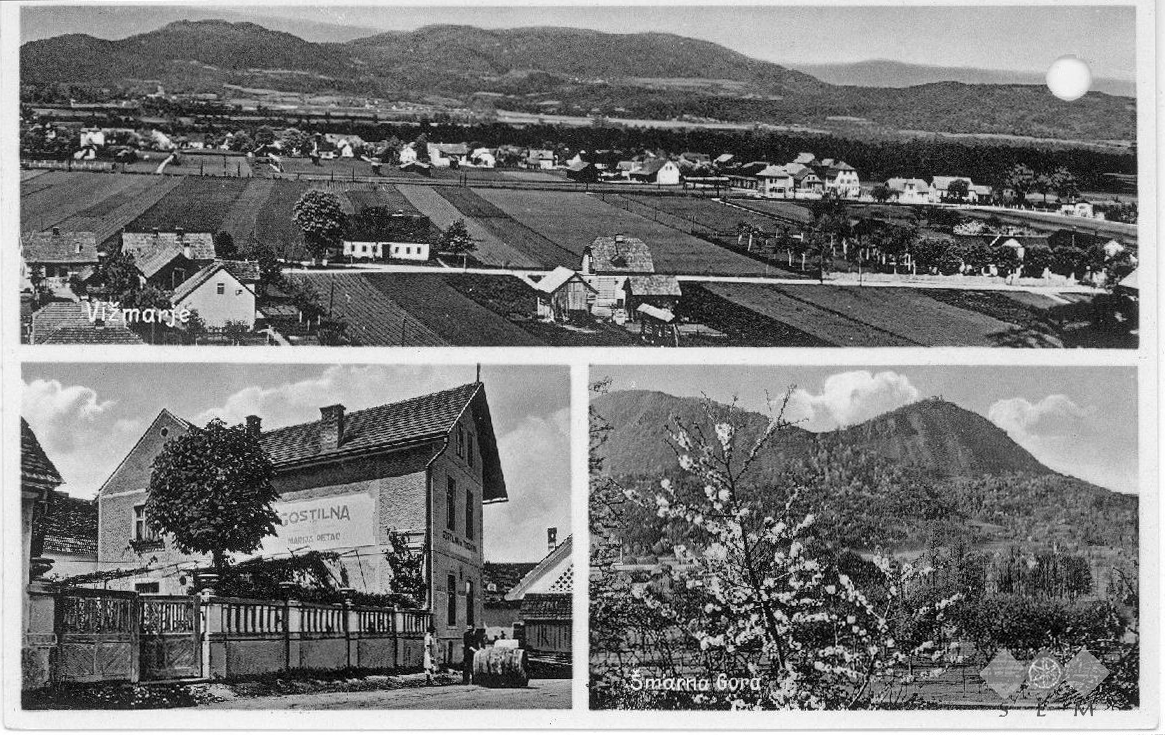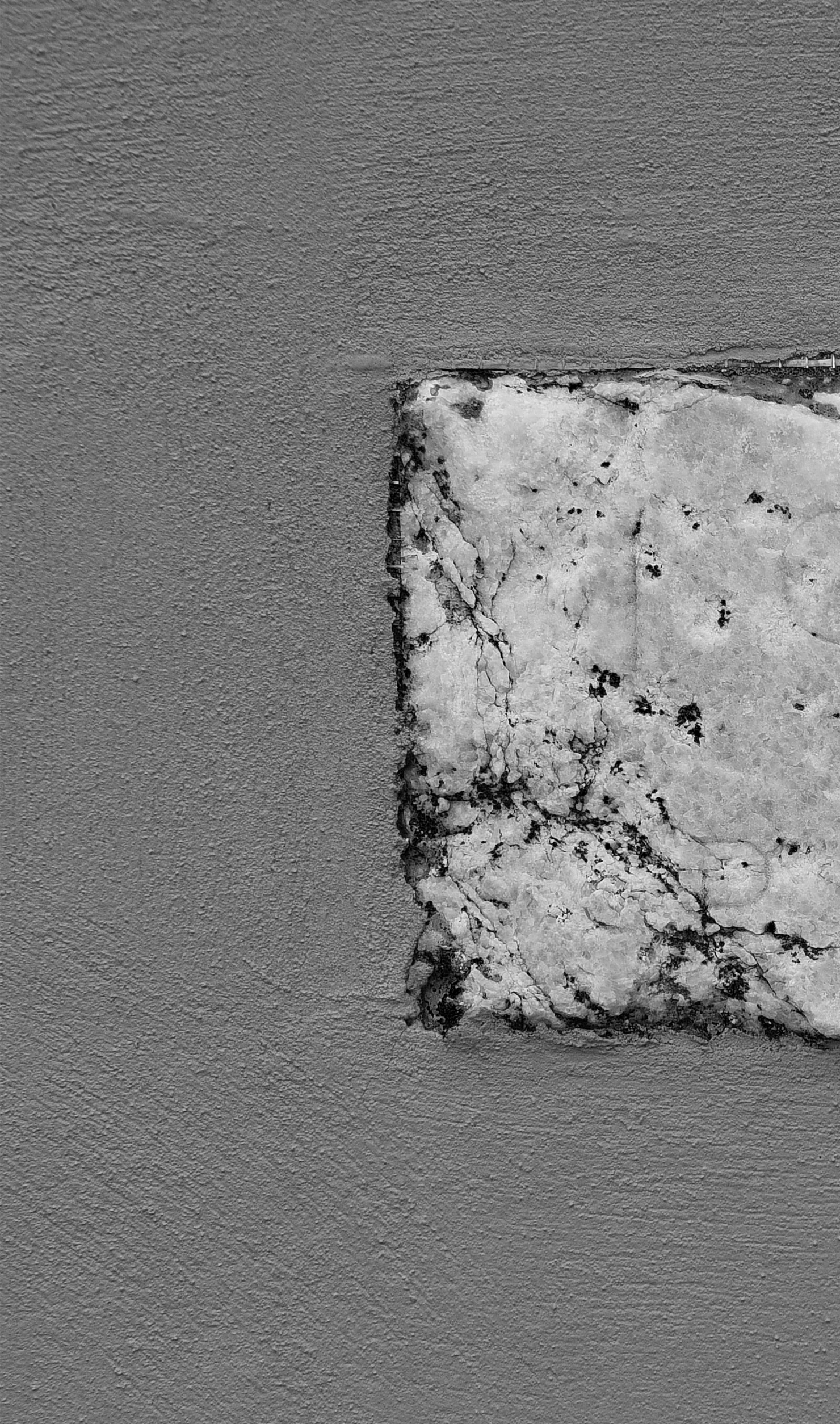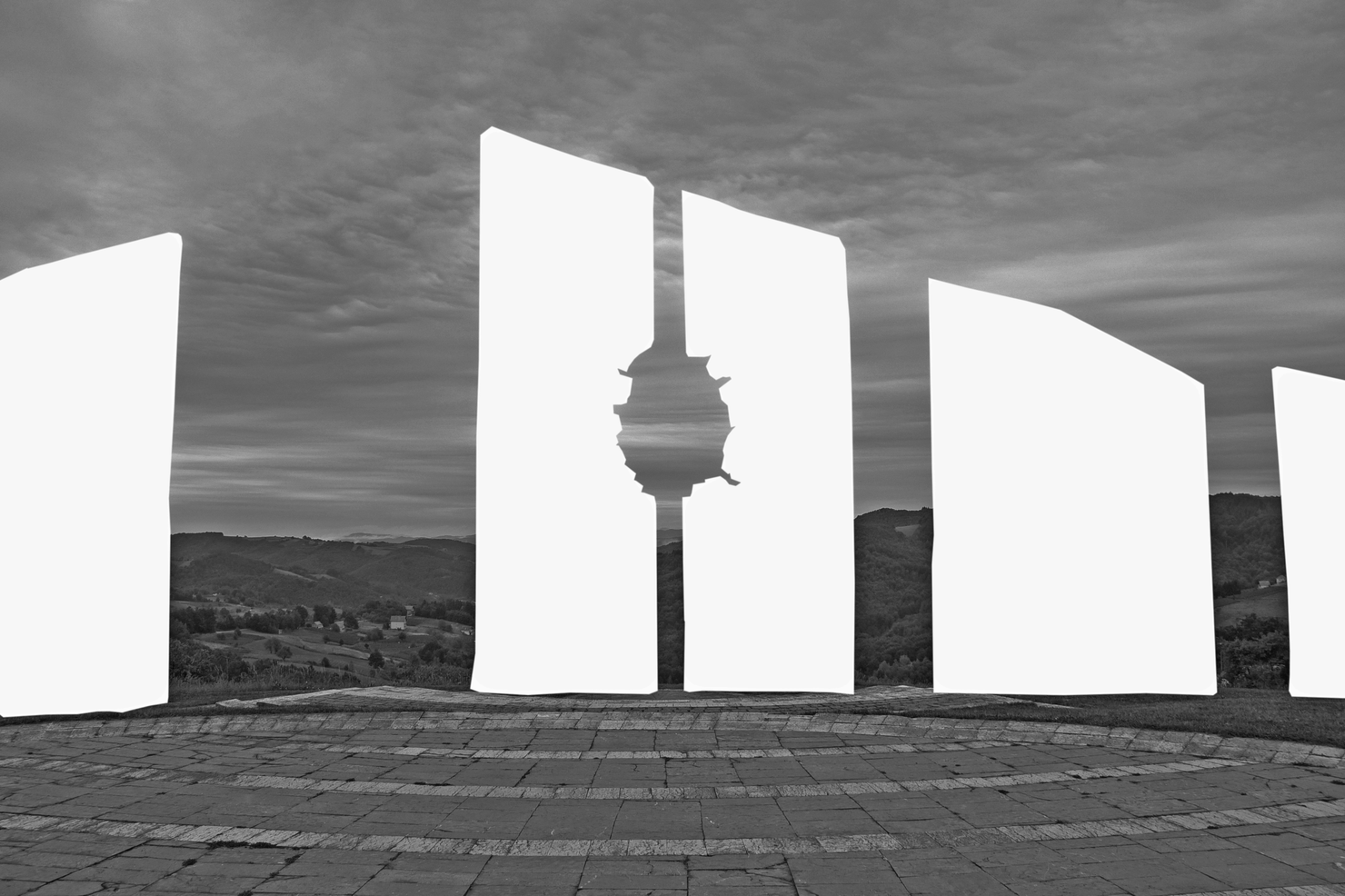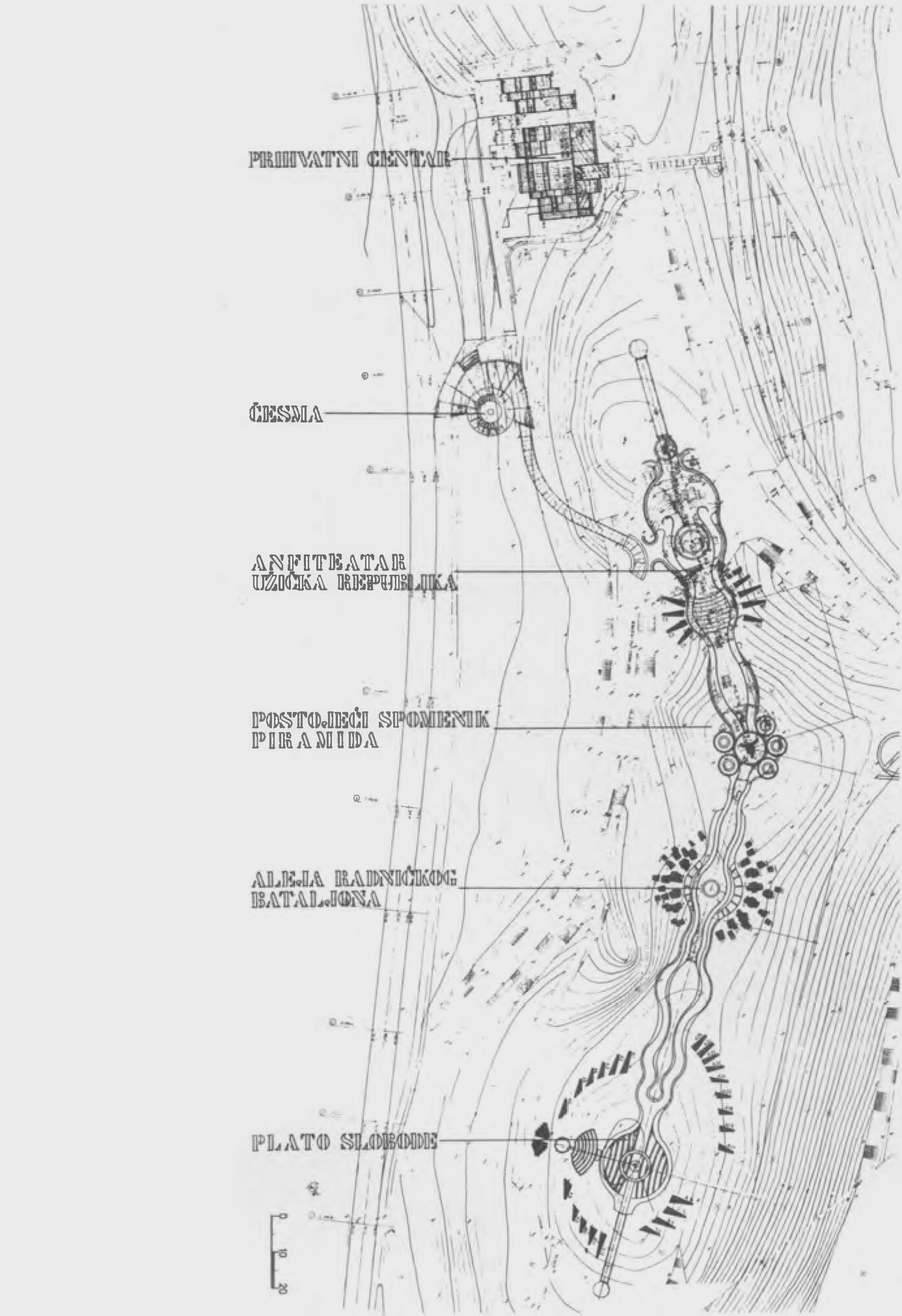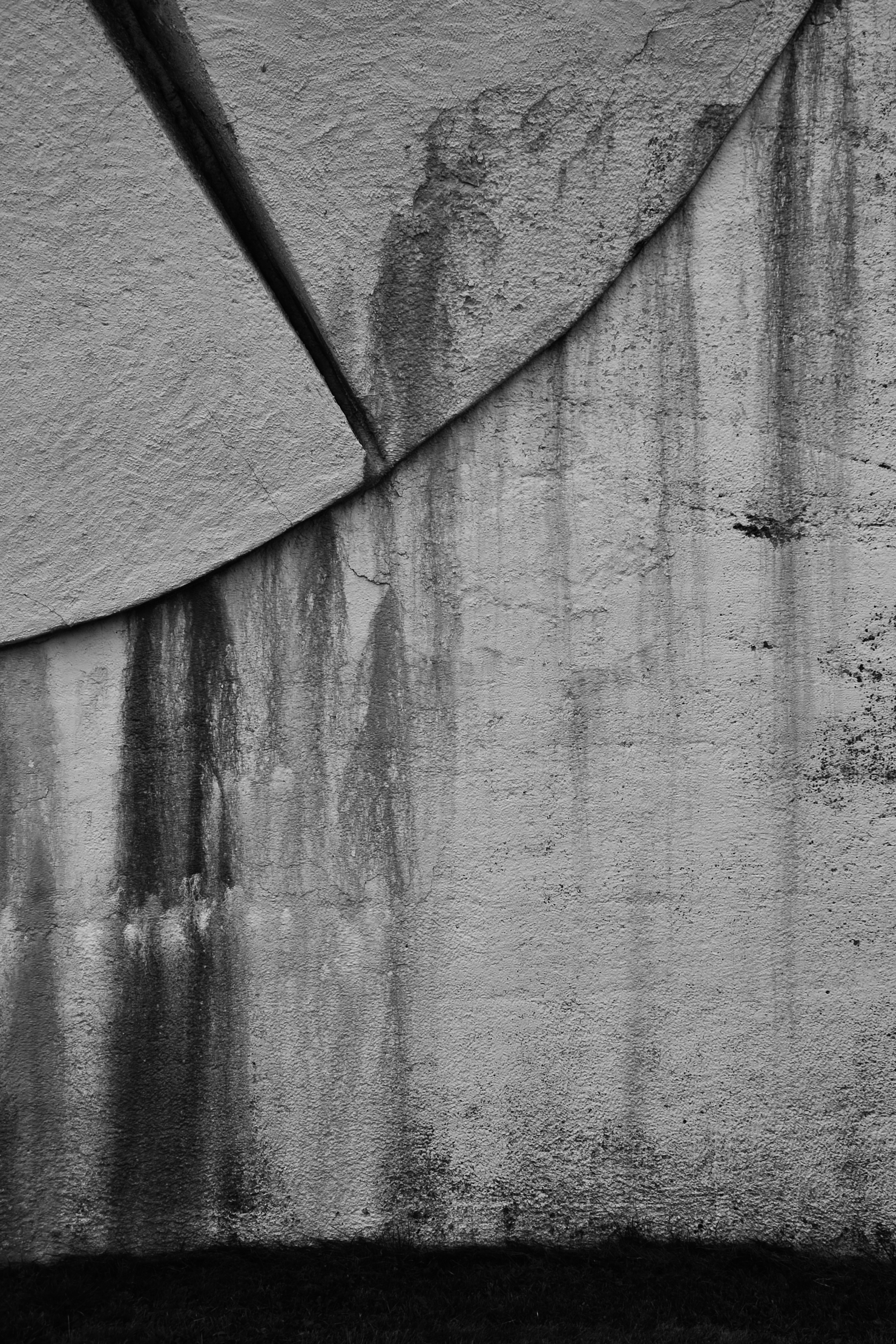iXOne Stratum Upon Another 9/23
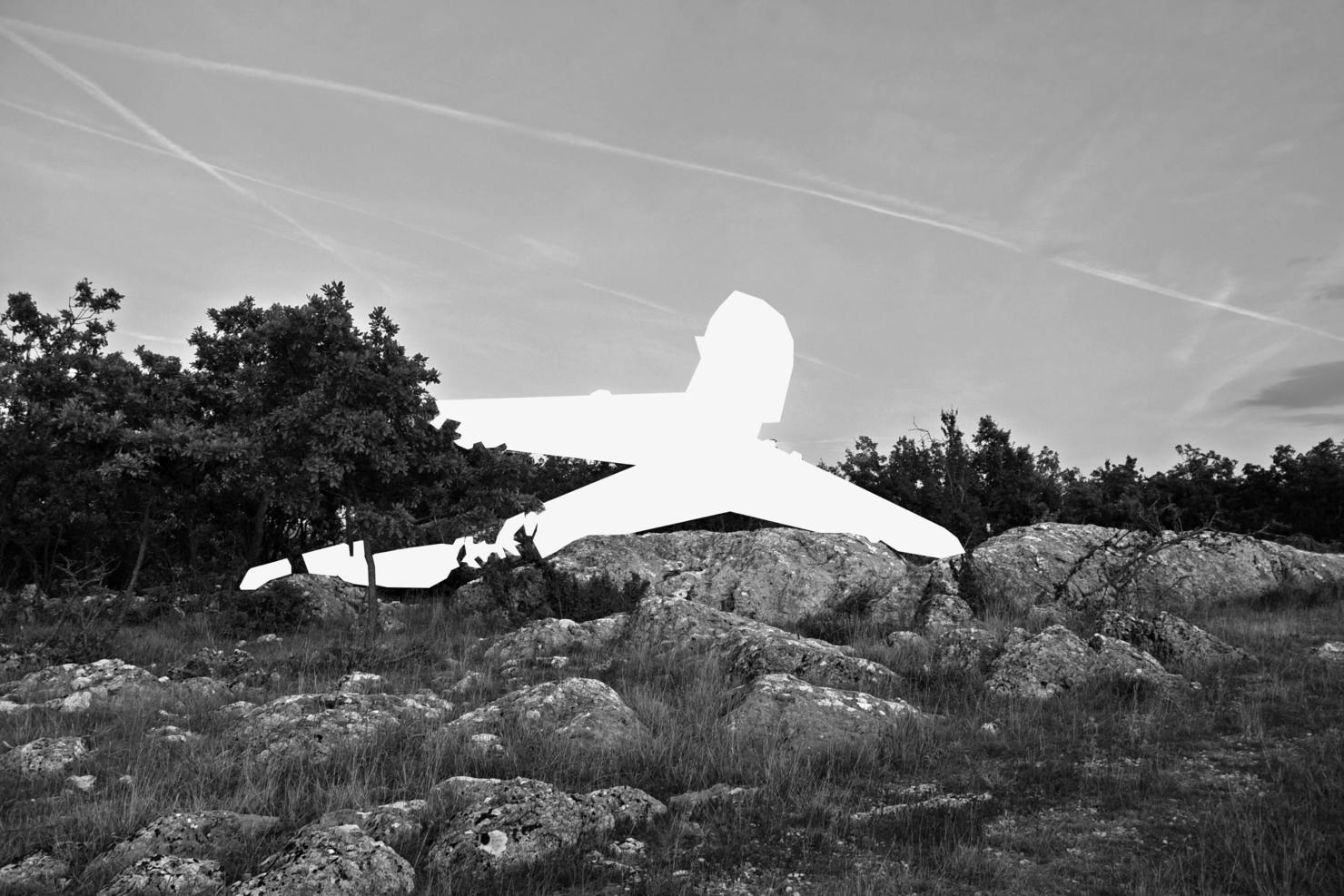
Spomenik 1. splitskom partizanskom odredu

+1118ft

The picture of the past flits by. The past can be seized only as an image which flashes up at the instant when it can be recognised and is never seen again...For every image of the past that is not recognised by the present as one of its own concerns threatens to disappear irretrievably.
As part of Košuta Day, the ninth Children’s Festival The microphone is yours was held in Košute. There were 22 children, and the jury, which consisted of Maggie P., Laura D., Katarina D. and Iva Mačina Š., had the difficult task of choosing the best performer. Numerous audience applauded the victory of Josip D. with the song ‘Bili brode moj’, as well as the second-placed Martin Ž. who performed the song ‘Crveni Ferrari’ and the third-placed Lana P. who performed with ‘Kad sve utihne’. The program was led by Ana D. and Ena Mačina Š.1
-
J. Dukić, V. Dukić, M. Marić & I. Zolo (eds), A Little History of Košute (2017). ↩

We ate straight from the garden, the salt mill a permanent fixture beside the water tank.
Due to the delay in the construction of the playground fence in Barevine, the start of the Košuta indoor football tournament, which was scheduled for June 3, has been postponed for a week and will start on June 10 – the organisers report. Team entries for the tournament are accepted until June 7 at 6pm and the draw of pairs will be on the same day in the evening. So far, 20 teams have applied.The organisers say that during the entire tournament, a box will be placed on the playground in which visitors will be able to put their financial contribution for the ill Siniša Z. A lottery will also be organised on the final day of the tournament, and all proceeds from the lottery and voluntary contributions will be donated to Siniša. The organisers would like to thank numerous sponsors and the city of Trilj and Mayor Š. who supported this tournament and renovated the playground in Barevine for this occasion.
Soon after comes the first domestication of minerals, the few ounces of limestone or silicone needed by undecided and threatened substance in order to build itself protection or support: on the outside, shells and carapaces, and on the inside, vertebrae that are immediately articulated, adapted, and finished down to the last detail. The minerals have changed their employ, been drawn from their torpor, been adapted to and secreted by life, and so afflicted with the curse of growth—only for a brief spell, it is true. The unstable gift of sentience is always moving from place to place. And obstinate alchemy, making use of immutable models, untiringly prepares for an ever-new flesh another refuge or support. Every abandoned shelter, every porous structure combines to form, through the centuries and the centuries of centuries, a slow rain of sterile seeds. They settle down, one stratum upon another, into a mud composed almost entirely of themselves, and mud that hardens and becomes stone again. They are restored to the immutability they once renounced. Now, even though their shape may still occasionally be recognised in the cement where they are embedded, that shape is no more than a cipher, a sign denoting the transient passage of a species.1
-
Roger Caillois, L’écriture des pierres (1970). ↩

To brush history against the grain.


